Quick filters:
Copepods copepoda Stock Photos and Images
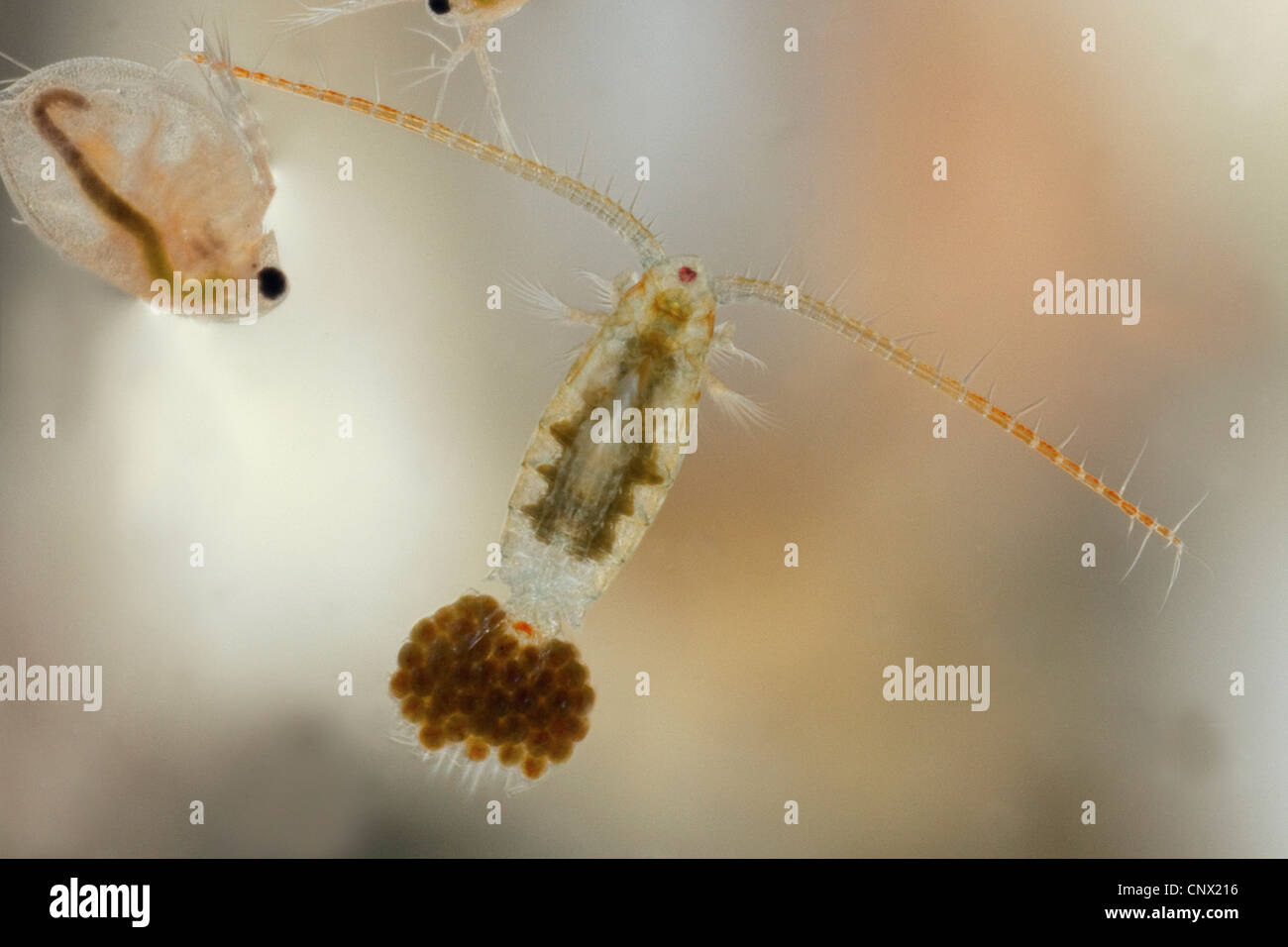 copepods (Copepoda, cf. Eudiaptomus gracillis), male with egg pouch, Germany, Bavaria Stock Photohttps://www.alamy.com/image-license-details/?v=1https://www.alamy.com/stock-photo-copepods-copepoda-cf-eudiaptomus-gracillis-male-with-egg-pouch-germany-47900866.html
copepods (Copepoda, cf. Eudiaptomus gracillis), male with egg pouch, Germany, Bavaria Stock Photohttps://www.alamy.com/image-license-details/?v=1https://www.alamy.com/stock-photo-copepods-copepoda-cf-eudiaptomus-gracillis-male-with-egg-pouch-germany-47900866.htmlRMCNX216–copepods (Copepoda, cf. Eudiaptomus gracillis), male with egg pouch, Germany, Bavaria
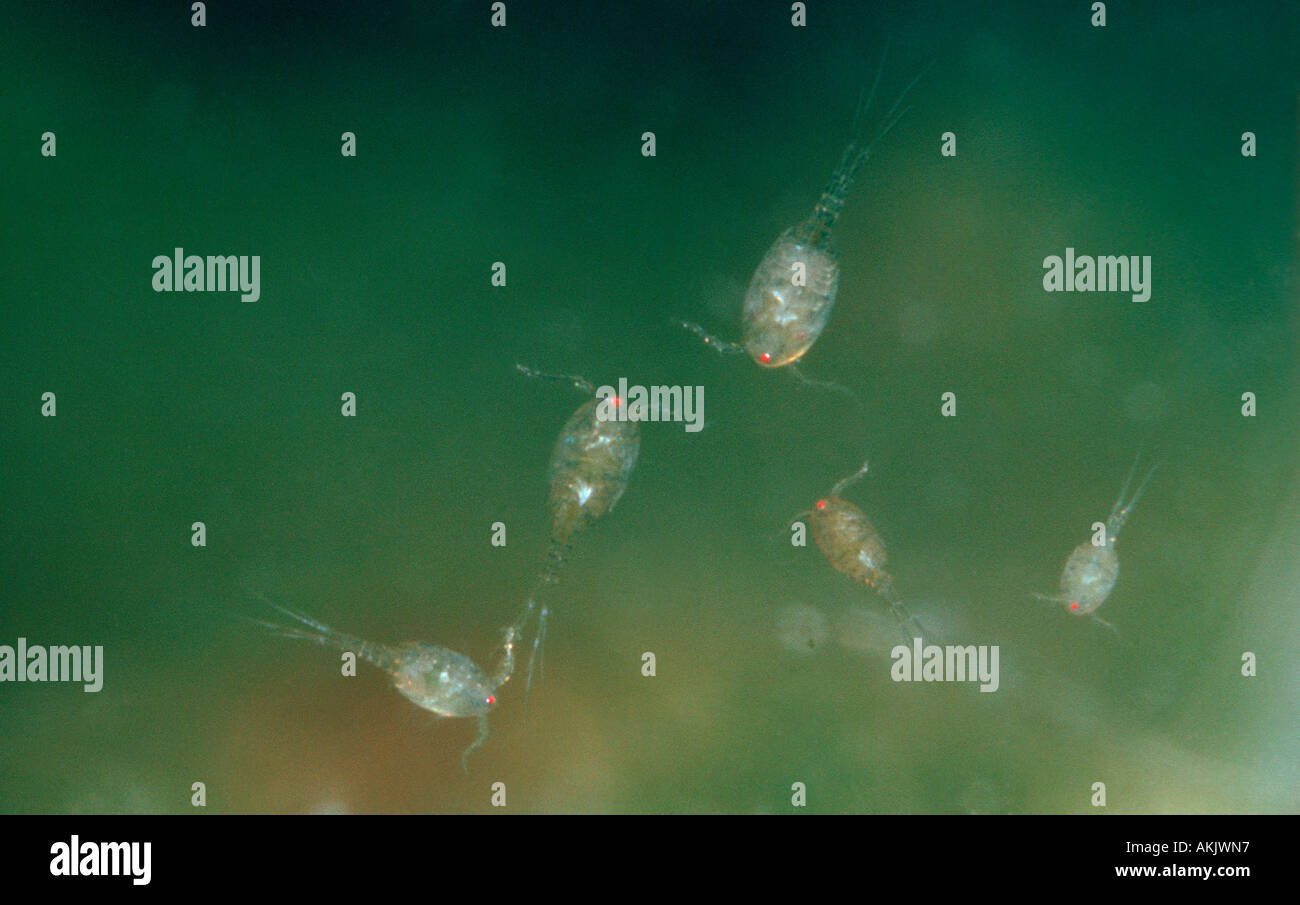 Freshwater Copepods, Cyclops sp. Underwater Stock Photohttps://www.alamy.com/image-license-details/?v=1https://www.alamy.com/freshwater-copepods-cyclops-sp-underwater-image8581398.html
Freshwater Copepods, Cyclops sp. Underwater Stock Photohttps://www.alamy.com/image-license-details/?v=1https://www.alamy.com/freshwater-copepods-cyclops-sp-underwater-image8581398.htmlRMAKJWN7–Freshwater Copepods, Cyclops sp. Underwater
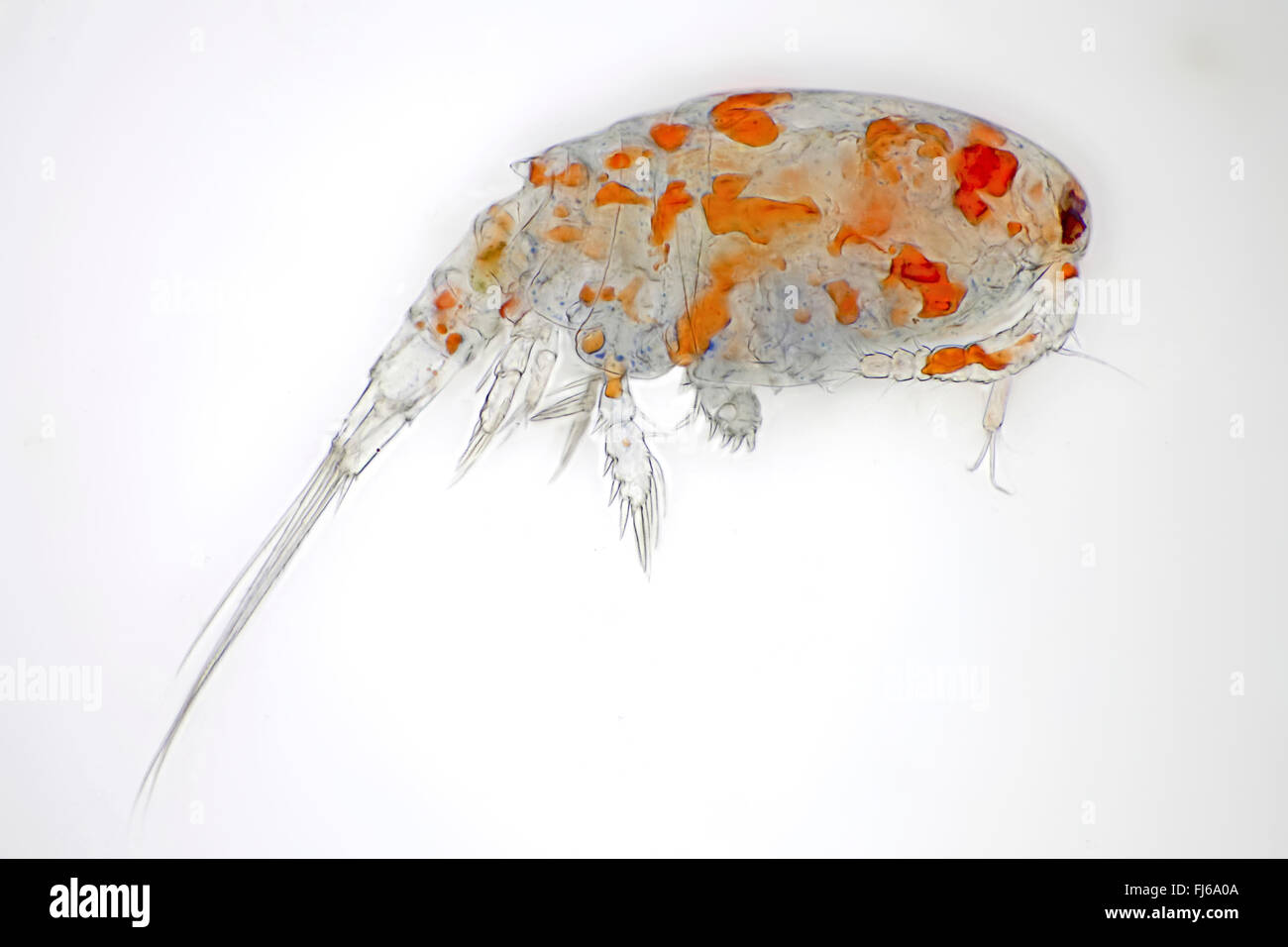 copepods (Copepoda), single copepod Stock Photohttps://www.alamy.com/image-license-details/?v=1https://www.alamy.com/stock-photo-copepods-copepoda-single-copepod-97255210.html
copepods (Copepoda), single copepod Stock Photohttps://www.alamy.com/image-license-details/?v=1https://www.alamy.com/stock-photo-copepods-copepoda-single-copepod-97255210.htmlRMFJ6A0A–copepods (Copepoda), single copepod
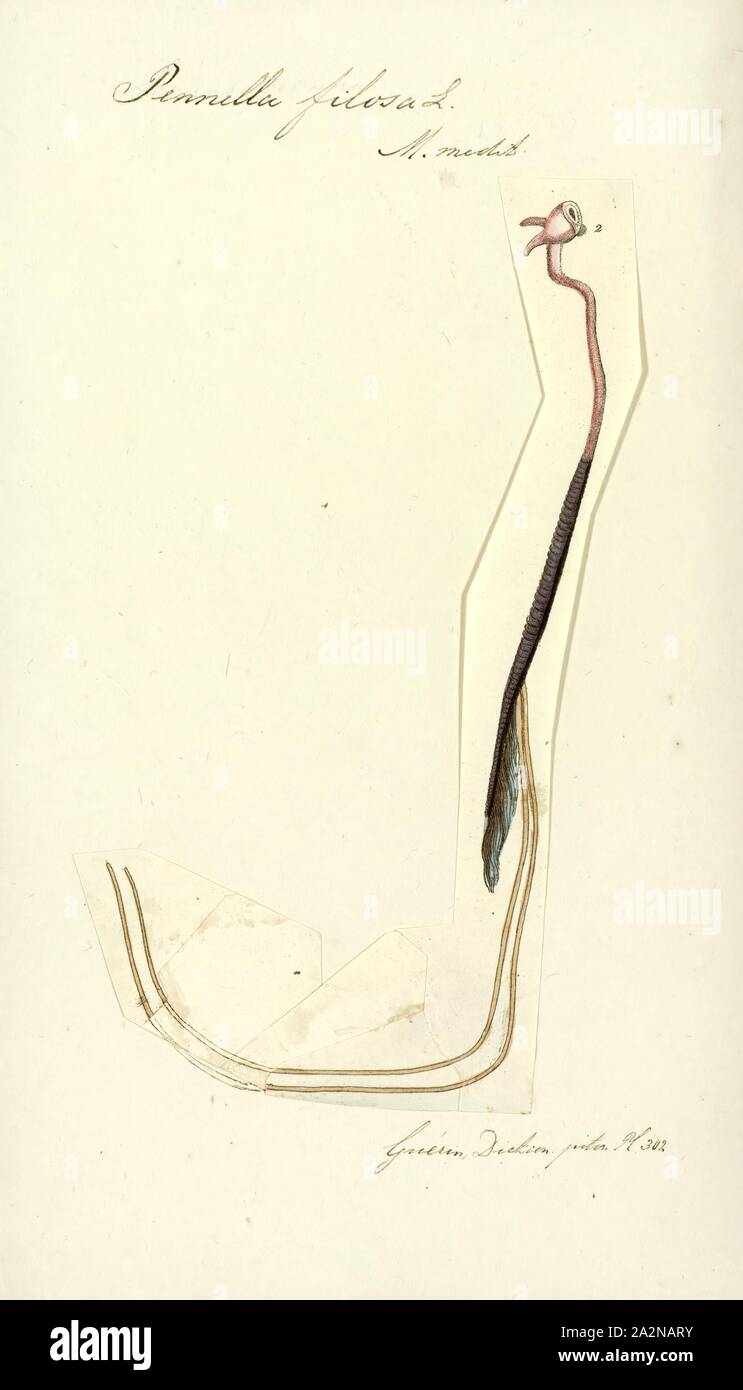 Pennella filosa, Print, Pennella is a genus of large copepods which are common parasites of large pelagic fishes. They begin their life cycle as a series of free-swimming planktonic larvae. The females metamorphose into a parasitic stage when they attach to a host and enter into its skin. The males are free swimming. Due to their large size and mesoparasitic life history there have been a number of studies of Pennella, the members of which are among the largest of the parasitic Copepoda. All species are found as adults buried into the flesh of marine bony fish, except for a single species Stock Photohttps://www.alamy.com/image-license-details/?v=1https://www.alamy.com/pennella-filosa-print-pennella-is-a-genus-of-large-copepods-which-are-common-parasites-of-large-pelagic-fishes-they-begin-their-life-cycle-as-a-series-of-free-swimming-planktonic-larvae-the-females-metamorphose-into-a-parasitic-stage-when-they-attach-to-a-host-and-enter-into-its-skin-the-males-are-free-swimming-due-to-their-large-size-and-mesoparasitic-life-history-there-have-been-a-number-of-studies-of-pennella-the-members-of-which-are-among-the-largest-of-the-parasitic-copepoda-all-species-are-found-as-adults-buried-into-the-flesh-of-marine-bony-fish-except-for-a-single-species-image328695807.html
Pennella filosa, Print, Pennella is a genus of large copepods which are common parasites of large pelagic fishes. They begin their life cycle as a series of free-swimming planktonic larvae. The females metamorphose into a parasitic stage when they attach to a host and enter into its skin. The males are free swimming. Due to their large size and mesoparasitic life history there have been a number of studies of Pennella, the members of which are among the largest of the parasitic Copepoda. All species are found as adults buried into the flesh of marine bony fish, except for a single species Stock Photohttps://www.alamy.com/image-license-details/?v=1https://www.alamy.com/pennella-filosa-print-pennella-is-a-genus-of-large-copepods-which-are-common-parasites-of-large-pelagic-fishes-they-begin-their-life-cycle-as-a-series-of-free-swimming-planktonic-larvae-the-females-metamorphose-into-a-parasitic-stage-when-they-attach-to-a-host-and-enter-into-its-skin-the-males-are-free-swimming-due-to-their-large-size-and-mesoparasitic-life-history-there-have-been-a-number-of-studies-of-pennella-the-members-of-which-are-among-the-largest-of-the-parasitic-copepoda-all-species-are-found-as-adults-buried-into-the-flesh-of-marine-bony-fish-except-for-a-single-species-image328695807.htmlRM2A2NARY–Pennella filosa, Print, Pennella is a genus of large copepods which are common parasites of large pelagic fishes. They begin their life cycle as a series of free-swimming planktonic larvae. The females metamorphose into a parasitic stage when they attach to a host and enter into its skin. The males are free swimming. Due to their large size and mesoparasitic life history there have been a number of studies of Pennella, the members of which are among the largest of the parasitic Copepoda. All species are found as adults buried into the flesh of marine bony fish, except for a single species
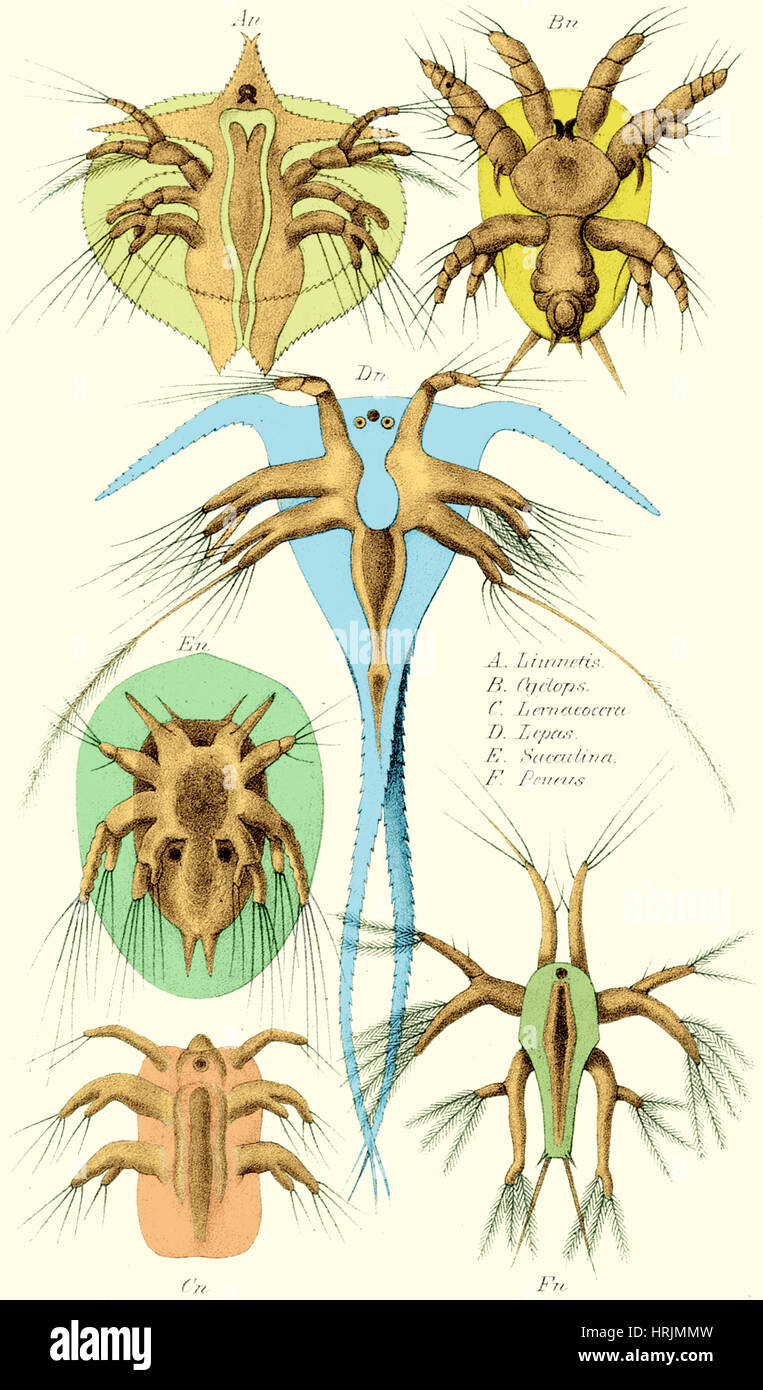 Copepods, Nauplius Larvae Stock Photohttps://www.alamy.com/image-license-details/?v=1https://www.alamy.com/stock-photo-copepods-nauplius-larvae-135021065.html
Copepods, Nauplius Larvae Stock Photohttps://www.alamy.com/image-license-details/?v=1https://www.alamy.com/stock-photo-copepods-nauplius-larvae-135021065.htmlRMHRJMMW–Copepods, Nauplius Larvae
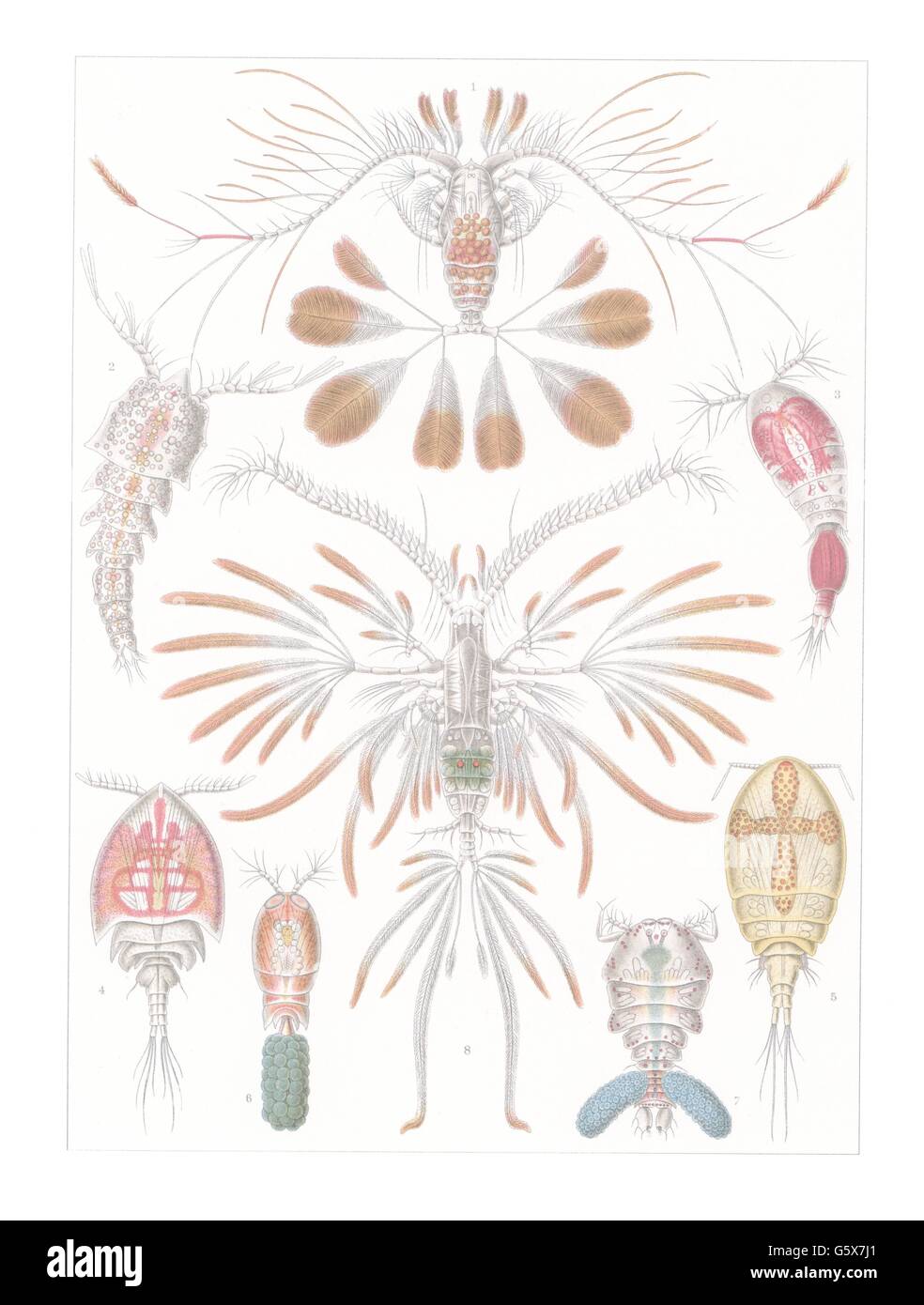 zoology / animals, crustacea, oar-footed crustaceans (Copepoda), colour lithograph, out of: Ernst Haeckel, 'Kunstformen der Natur', Leipzig - Vienna, 1899 - 1904, Additional-Rights-Clearences-Not Available Stock Photohttps://www.alamy.com/image-license-details/?v=1https://www.alamy.com/stock-photo-zoology-animals-crustacea-oar-footed-crustaceans-copepoda-colour-lithograph-106912233.html
zoology / animals, crustacea, oar-footed crustaceans (Copepoda), colour lithograph, out of: Ernst Haeckel, 'Kunstformen der Natur', Leipzig - Vienna, 1899 - 1904, Additional-Rights-Clearences-Not Available Stock Photohttps://www.alamy.com/image-license-details/?v=1https://www.alamy.com/stock-photo-zoology-animals-crustacea-oar-footed-crustaceans-copepoda-colour-lithograph-106912233.htmlRMG5X7J1–zoology / animals, crustacea, oar-footed crustaceans (Copepoda), colour lithograph, out of: Ernst Haeckel, 'Kunstformen der Natur', Leipzig - Vienna, 1899 - 1904, Additional-Rights-Clearences-Not Available
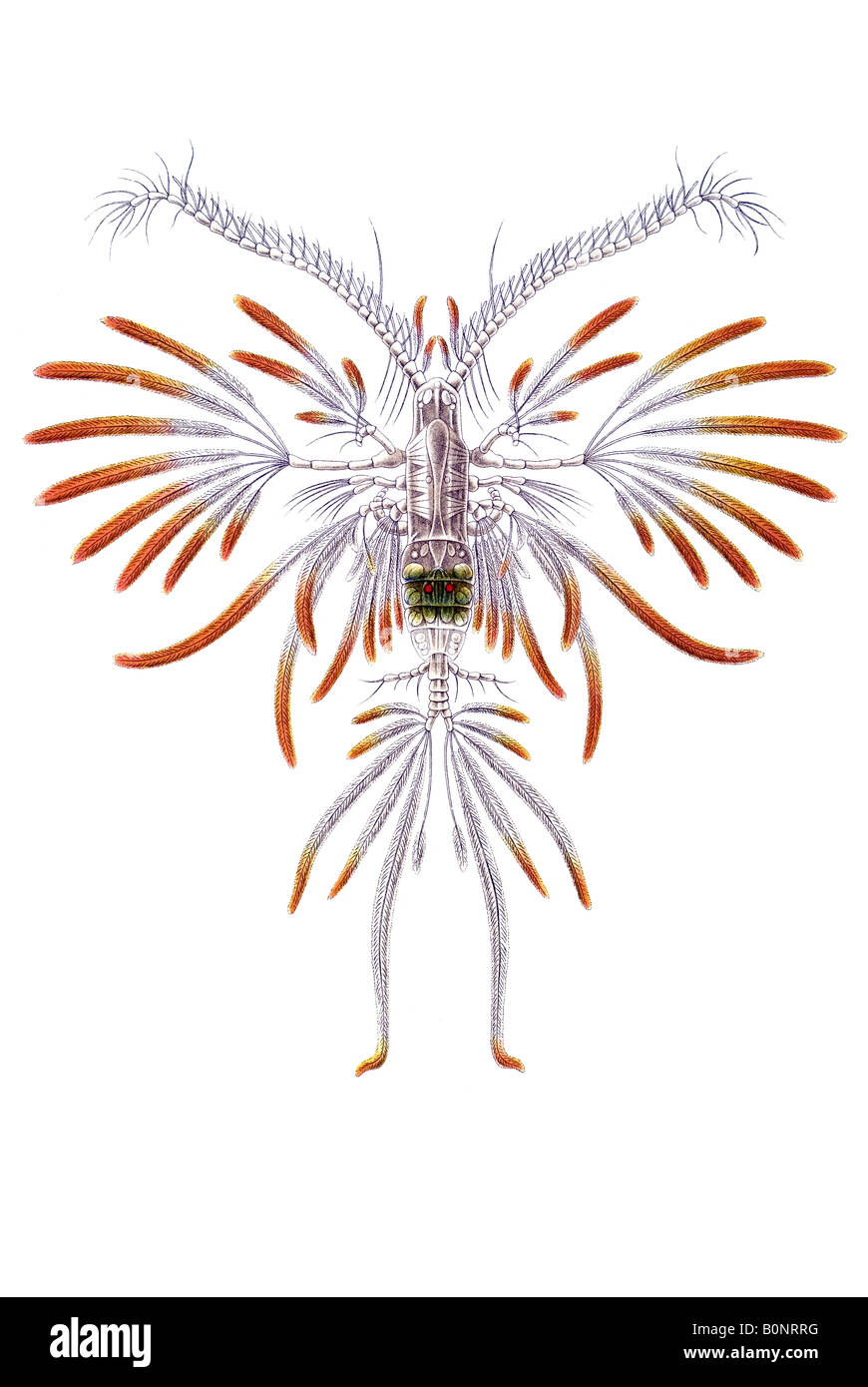 Copepoda Ruderkrebse Name Calanus Pavo Haeckel Kunstformen der Natur art nouveau 20th century Europe Stock Photohttps://www.alamy.com/image-license-details/?v=1https://www.alamy.com/stock-photo-copepoda-ruderkrebse-name-calanus-pavo-haeckel-kunstformen-der-natur-17690052.html
Copepoda Ruderkrebse Name Calanus Pavo Haeckel Kunstformen der Natur art nouveau 20th century Europe Stock Photohttps://www.alamy.com/image-license-details/?v=1https://www.alamy.com/stock-photo-copepoda-ruderkrebse-name-calanus-pavo-haeckel-kunstformen-der-natur-17690052.htmlRMB0NRRG–Copepoda Ruderkrebse Name Calanus Pavo Haeckel Kunstformen der Natur art nouveau 20th century Europe
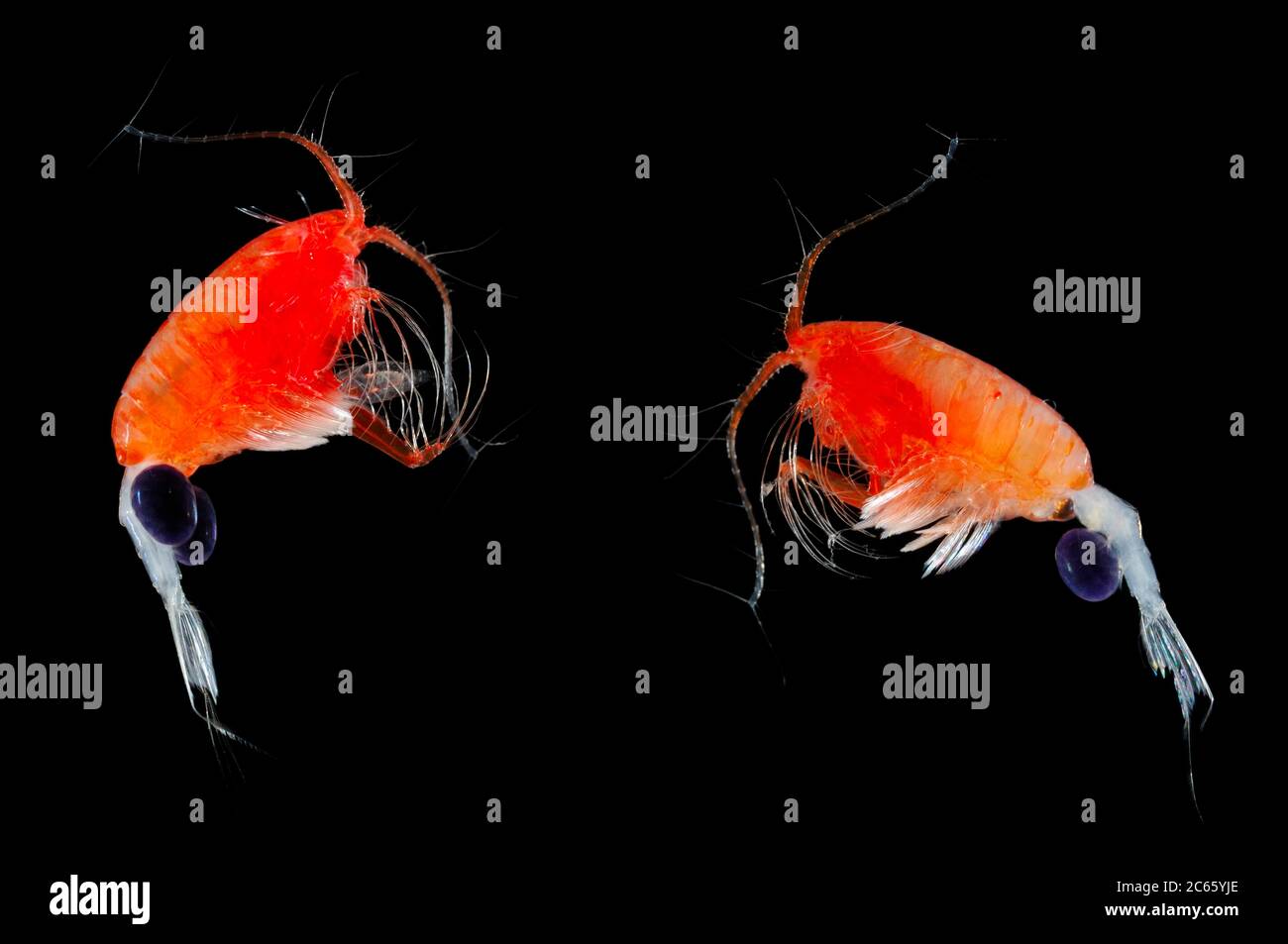 Copepod Copepods (Valdiviella sp.) Stock Photohttps://www.alamy.com/image-license-details/?v=1https://www.alamy.com/copepod-copepods-valdiviella-sp-image365237110.html
Copepod Copepods (Valdiviella sp.) Stock Photohttps://www.alamy.com/image-license-details/?v=1https://www.alamy.com/copepod-copepods-valdiviella-sp-image365237110.htmlRM2C65YJE–Copepod Copepods (Valdiviella sp.)
 Copepods (Calanus finmarchicus) aggregated at the surface (reverse diel migration) providing a food source for Basking sharks, Cairns Of Coll, Isle of Coll, Inner Hebrides, Scotland, UK, North East Atlantic Ocean, June Stock Photohttps://www.alamy.com/image-license-details/?v=1https://www.alamy.com/copepods-calanus-finmarchicus-aggregated-at-the-surface-reverse-diel-migration-providing-a-food-source-for-basking-sharks-cairns-of-coll-isle-of-coll-inner-hebrides-scotland-uk-north-east-atlantic-ocean-june-image262934714.html
Copepods (Calanus finmarchicus) aggregated at the surface (reverse diel migration) providing a food source for Basking sharks, Cairns Of Coll, Isle of Coll, Inner Hebrides, Scotland, UK, North East Atlantic Ocean, June Stock Photohttps://www.alamy.com/image-license-details/?v=1https://www.alamy.com/copepods-calanus-finmarchicus-aggregated-at-the-surface-reverse-diel-migration-providing-a-food-source-for-basking-sharks-cairns-of-coll-isle-of-coll-inner-hebrides-scotland-uk-north-east-atlantic-ocean-june-image262934714.htmlRMW7NKWE–Copepods (Calanus finmarchicus) aggregated at the surface (reverse diel migration) providing a food source for Basking sharks, Cairns Of Coll, Isle of Coll, Inner Hebrides, Scotland, UK, North East Atlantic Ocean, June
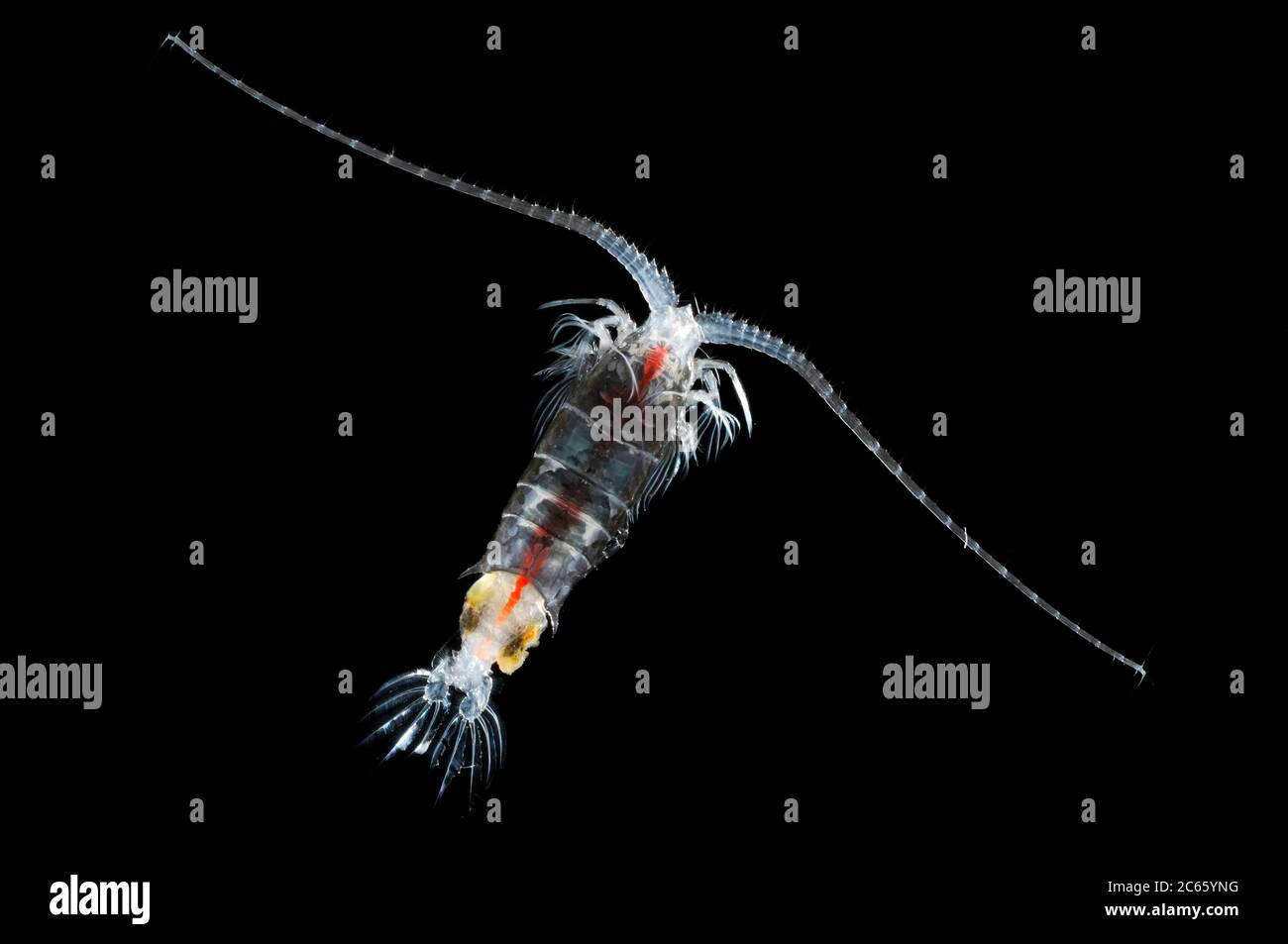 This copepod with the Latin name Gaussia princeps is quite a giant when compared to other copepods. An average copepod may measure 1 to 3 mm, but this female pictured here was 27mm across the antennae. Stock Photohttps://www.alamy.com/image-license-details/?v=1https://www.alamy.com/this-copepod-with-the-latin-name-gaussia-princeps-is-quite-a-giant-when-compared-to-other-copepods-an-average-copepod-may-measure-1-to-3-mm-but-this-female-pictured-here-was-27mm-across-the-antennae-image365237196.html
This copepod with the Latin name Gaussia princeps is quite a giant when compared to other copepods. An average copepod may measure 1 to 3 mm, but this female pictured here was 27mm across the antennae. Stock Photohttps://www.alamy.com/image-license-details/?v=1https://www.alamy.com/this-copepod-with-the-latin-name-gaussia-princeps-is-quite-a-giant-when-compared-to-other-copepods-an-average-copepod-may-measure-1-to-3-mm-but-this-female-pictured-here-was-27mm-across-the-antennae-image365237196.htmlRM2C65YNG–This copepod with the Latin name Gaussia princeps is quite a giant when compared to other copepods. An average copepod may measure 1 to 3 mm, but this female pictured here was 27mm across the antennae.
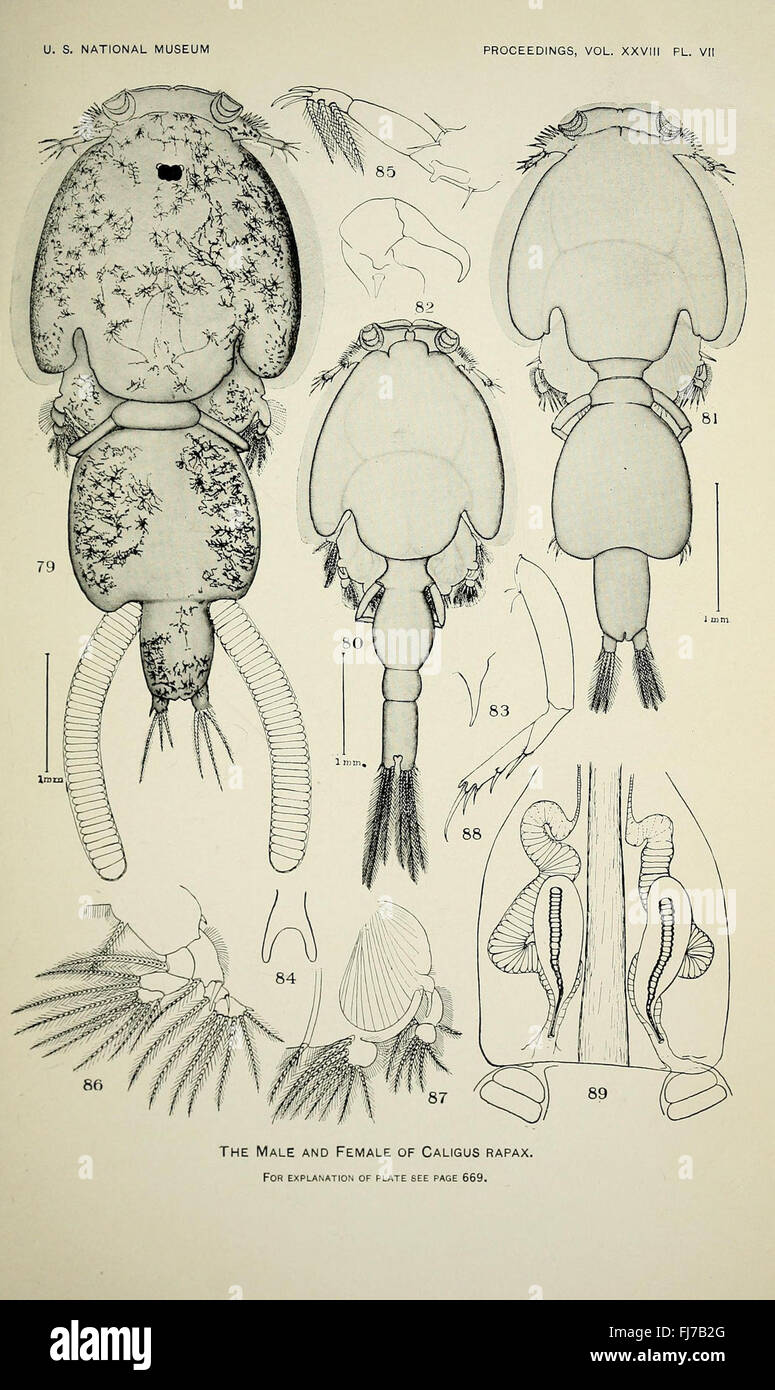 North American parasitic copepods belonging to the family Caligidae (Pl. VII) ,Caligidae Copepoda North America Smithsonian Institution Libraries Stock Photohttps://www.alamy.com/image-license-details/?v=1https://www.alamy.com/stock-photo-north-american-parasitic-copepods-belonging-to-the-family-caligidae-97278008.html
North American parasitic copepods belonging to the family Caligidae (Pl. VII) ,Caligidae Copepoda North America Smithsonian Institution Libraries Stock Photohttps://www.alamy.com/image-license-details/?v=1https://www.alamy.com/stock-photo-north-american-parasitic-copepods-belonging-to-the-family-caligidae-97278008.htmlRMFJ7B2G–North American parasitic copepods belonging to the family Caligidae (Pl. VII) ,Caligidae Copepoda North America Smithsonian Institution Libraries
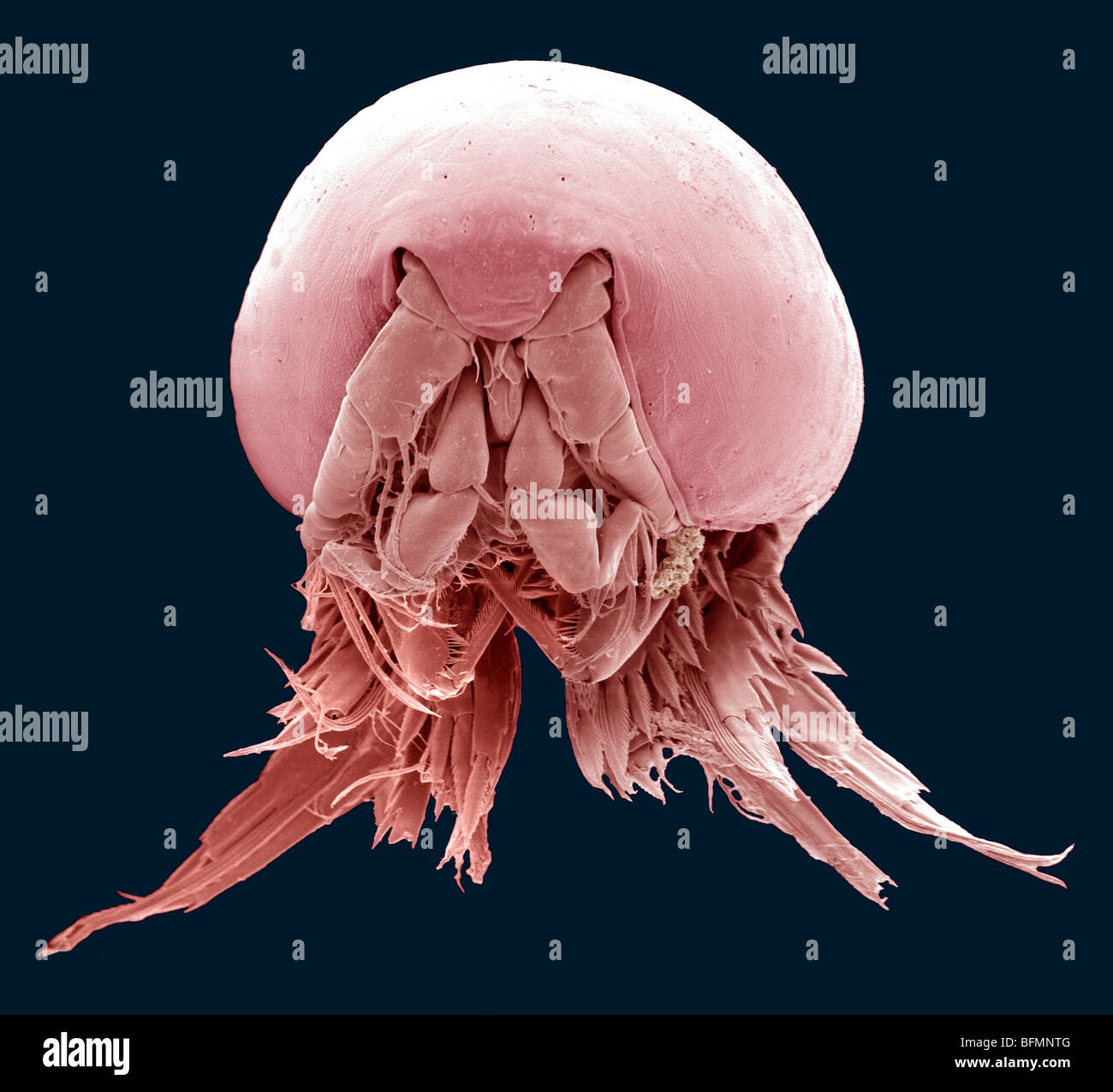 Copepod, SEM Stock Photohttps://www.alamy.com/image-license-details/?v=1https://www.alamy.com/stock-photo-copepod-sem-26886400.html
Copepod, SEM Stock Photohttps://www.alamy.com/image-license-details/?v=1https://www.alamy.com/stock-photo-copepod-sem-26886400.htmlRFBFMNTG–Copepod, SEM
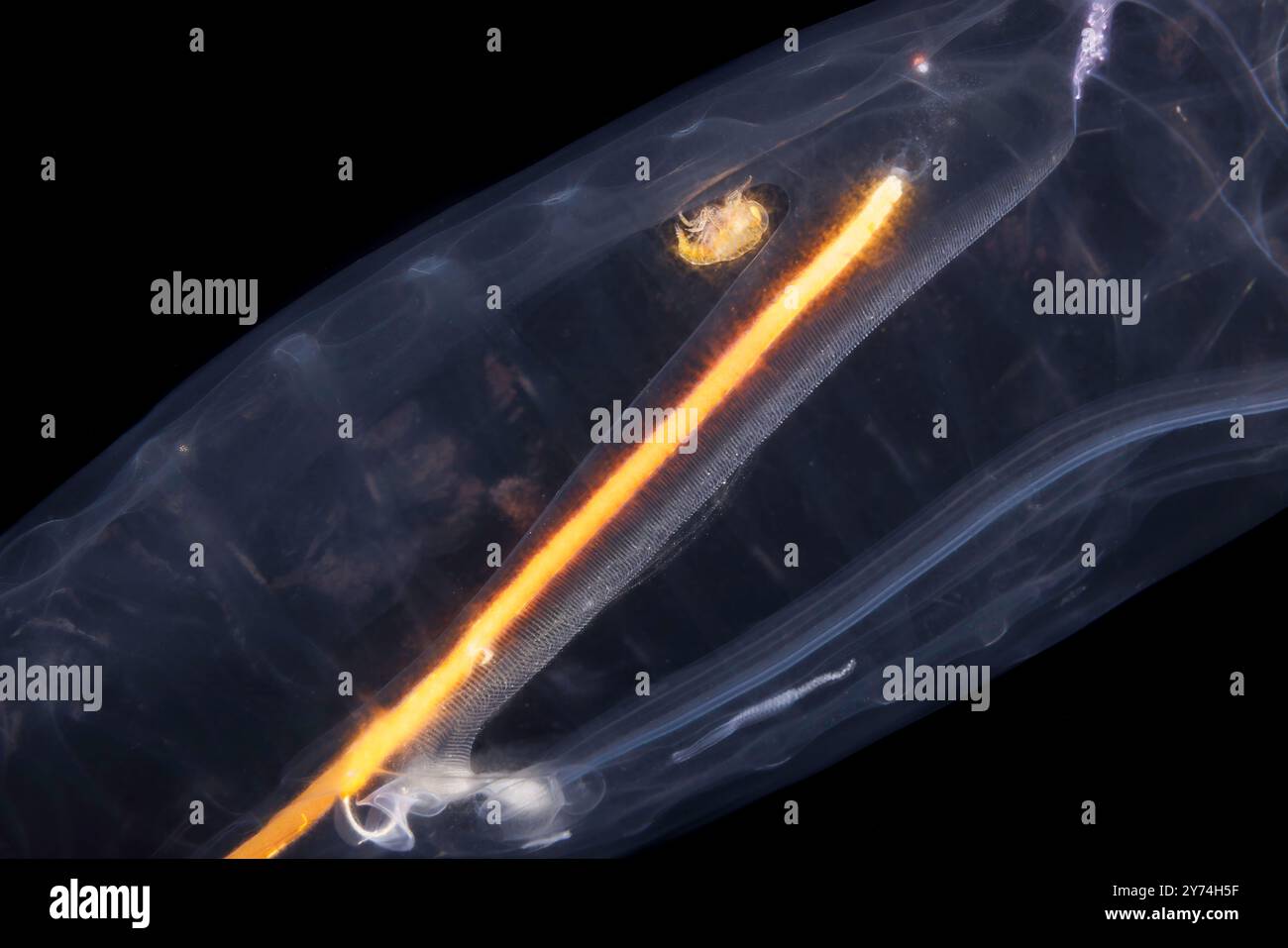 Salp, Salpidae Family, with a small copepod, Copepoda Subclass, inside seeking protection. Photographed on a blackwater dive a mile out into the Pacif Stock Photohttps://www.alamy.com/image-license-details/?v=1https://www.alamy.com/salp-salpidae-family-with-a-small-copepod-copepoda-subclass-inside-seeking-protection-photographed-on-a-blackwater-dive-a-mile-out-into-the-pacif-image623977131.html
Salp, Salpidae Family, with a small copepod, Copepoda Subclass, inside seeking protection. Photographed on a blackwater dive a mile out into the Pacif Stock Photohttps://www.alamy.com/image-license-details/?v=1https://www.alamy.com/salp-salpidae-family-with-a-small-copepod-copepoda-subclass-inside-seeking-protection-photographed-on-a-blackwater-dive-a-mile-out-into-the-pacif-image623977131.htmlRM2Y74H5F–Salp, Salpidae Family, with a small copepod, Copepoda Subclass, inside seeking protection. Photographed on a blackwater dive a mile out into the Pacif
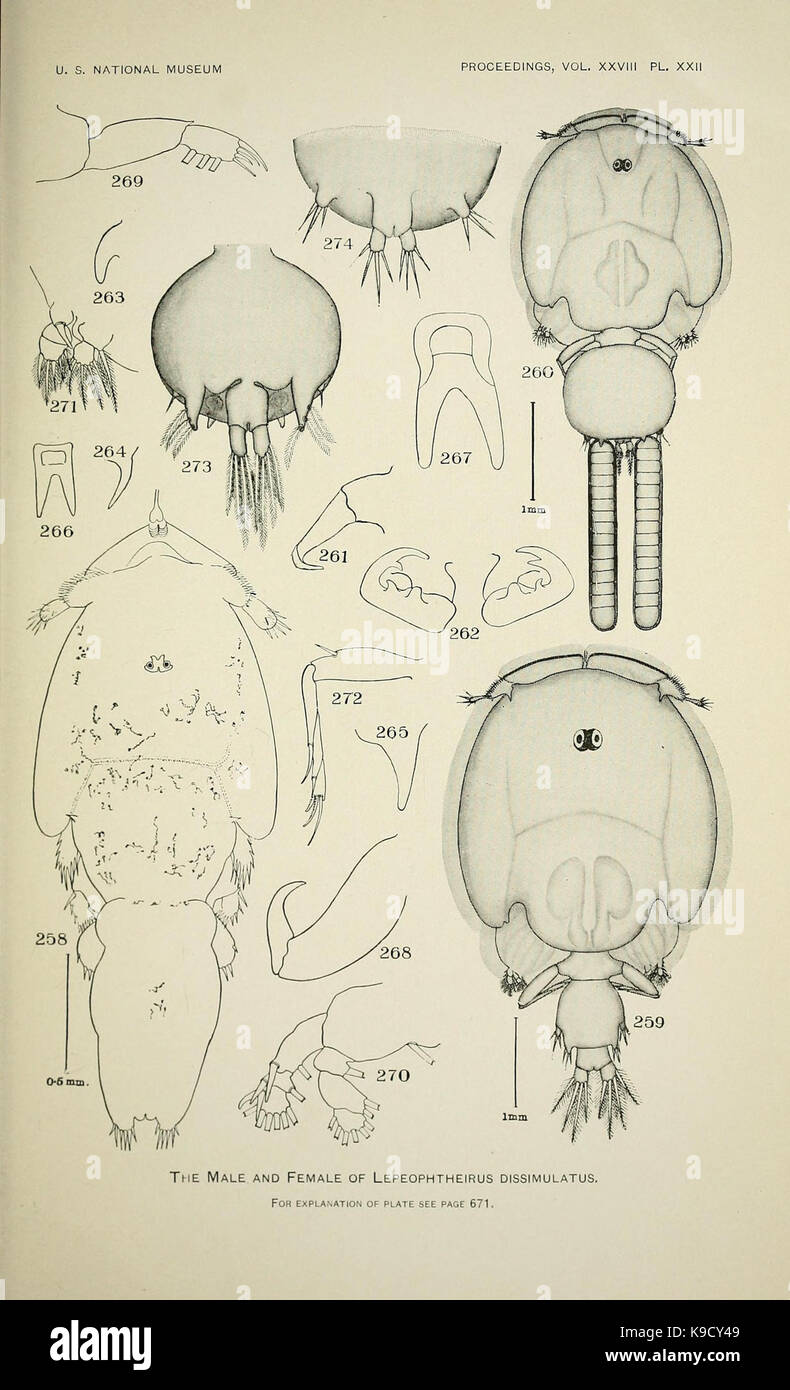 North American parasitic copepods belonging to the family Caligidae (Pl. XXII) (8251656157) Stock Photohttps://www.alamy.com/image-license-details/?v=1https://www.alamy.com/stock-image-north-american-parasitic-copepods-belonging-to-the-family-caligidae-160709929.html
North American parasitic copepods belonging to the family Caligidae (Pl. XXII) (8251656157) Stock Photohttps://www.alamy.com/image-license-details/?v=1https://www.alamy.com/stock-image-north-american-parasitic-copepods-belonging-to-the-family-caligidae-160709929.htmlRMK9CY49–North American parasitic copepods belonging to the family Caligidae (Pl. XXII) (8251656157)
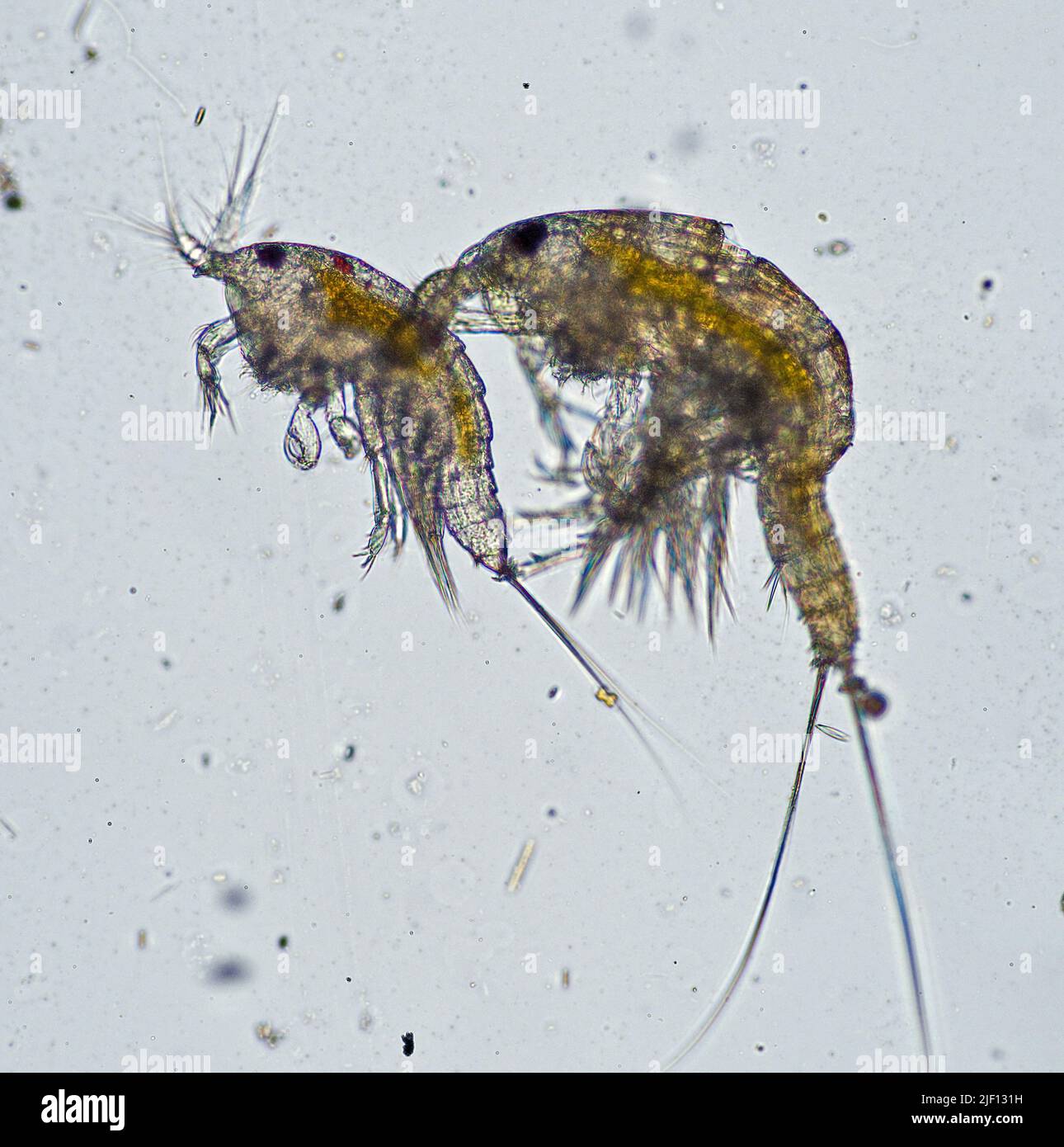 Couple of Harpacticoid Copepods. Stock Photohttps://www.alamy.com/image-license-details/?v=1https://www.alamy.com/couple-of-harpacticoid-copepods-image473924125.html
Couple of Harpacticoid Copepods. Stock Photohttps://www.alamy.com/image-license-details/?v=1https://www.alamy.com/couple-of-harpacticoid-copepods-image473924125.htmlRM2JF131H–Couple of Harpacticoid Copepods.
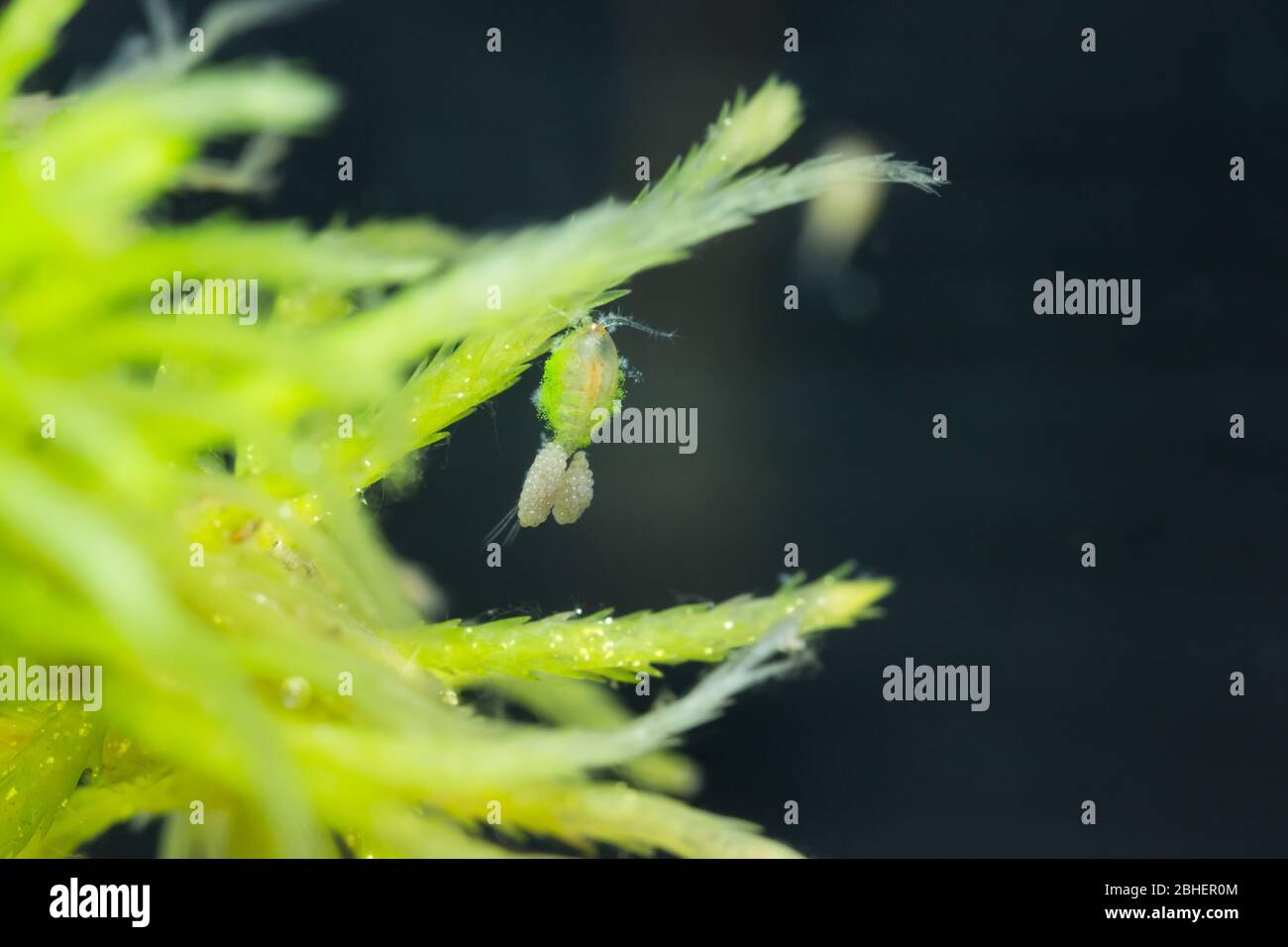 Freshwater copepod (Cyclops sp) Stock Photohttps://www.alamy.com/image-license-details/?v=1https://www.alamy.com/freshwater-copepod-cyclops-sp-image354981892.html
Freshwater copepod (Cyclops sp) Stock Photohttps://www.alamy.com/image-license-details/?v=1https://www.alamy.com/freshwater-copepod-cyclops-sp-image354981892.htmlRF2BHER0M–Freshwater copepod (Cyclops sp)
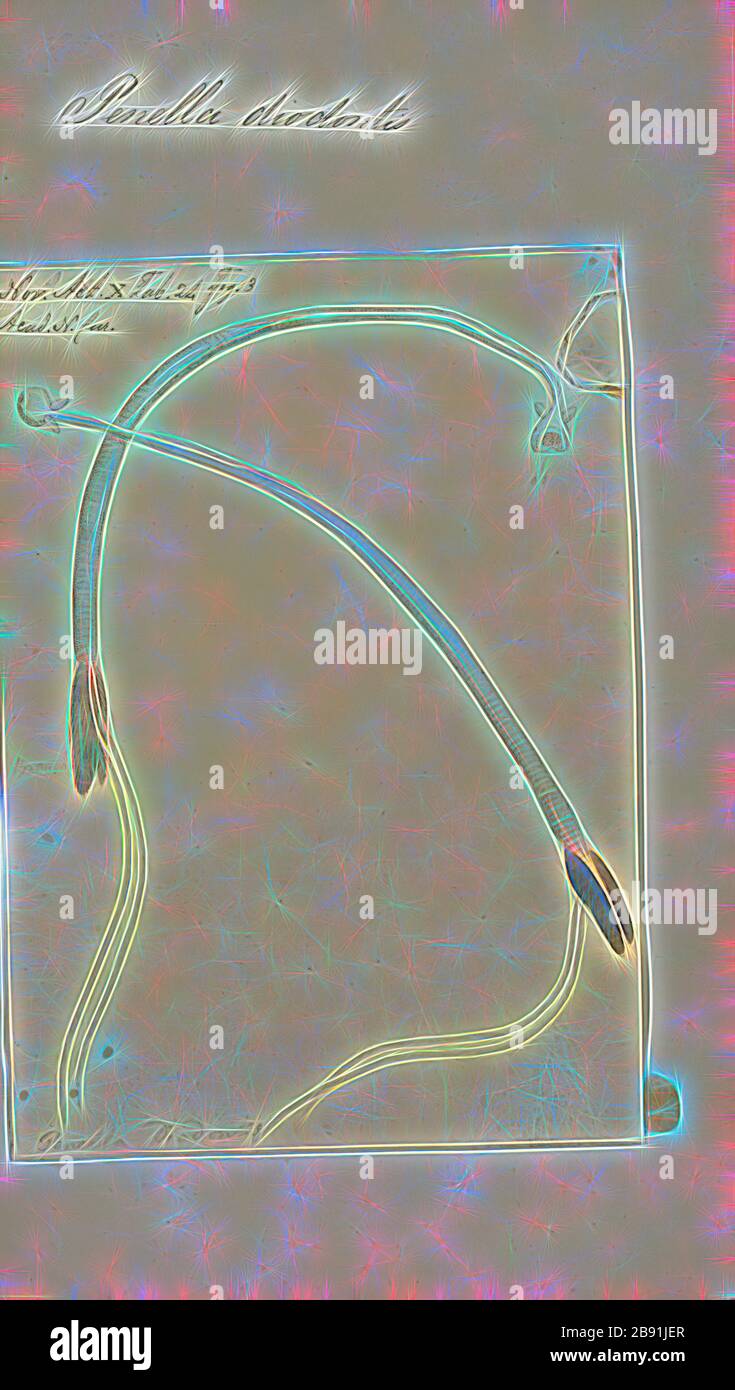 Pennella diodontis, Print, Pennella is a genus of large copepods which are common parasites of large pelagic fishes. They begin their life cycle as a series of free-swimming planktonic larvae. The females metamorphose into a parasitic stage when they attach to a host and enter into its skin. The males are free swimming. Due to their large size and mesoparasitic life history there have been a number of studies of Pennella, the members of which are among the largest of the parasitic Copepoda. All species are found as adults buried into the flesh of marine bony fish, except for a single species, Stock Photohttps://www.alamy.com/image-license-details/?v=1https://www.alamy.com/pennella-diodontis-print-pennella-is-a-genus-of-large-copepods-which-are-common-parasites-of-large-pelagic-fishes-they-begin-their-life-cycle-as-a-series-of-free-swimming-planktonic-larvae-the-females-metamorphose-into-a-parasitic-stage-when-they-attach-to-a-host-and-enter-into-its-skin-the-males-are-free-swimming-due-to-their-large-size-and-mesoparasitic-life-history-there-have-been-a-number-of-studies-of-pennella-the-members-of-which-are-among-the-largest-of-the-parasitic-copepoda-all-species-are-found-as-adults-buried-into-the-flesh-of-marine-bony-fish-except-for-a-single-species-image349775743.html
Pennella diodontis, Print, Pennella is a genus of large copepods which are common parasites of large pelagic fishes. They begin their life cycle as a series of free-swimming planktonic larvae. The females metamorphose into a parasitic stage when they attach to a host and enter into its skin. The males are free swimming. Due to their large size and mesoparasitic life history there have been a number of studies of Pennella, the members of which are among the largest of the parasitic Copepoda. All species are found as adults buried into the flesh of marine bony fish, except for a single species, Stock Photohttps://www.alamy.com/image-license-details/?v=1https://www.alamy.com/pennella-diodontis-print-pennella-is-a-genus-of-large-copepods-which-are-common-parasites-of-large-pelagic-fishes-they-begin-their-life-cycle-as-a-series-of-free-swimming-planktonic-larvae-the-females-metamorphose-into-a-parasitic-stage-when-they-attach-to-a-host-and-enter-into-its-skin-the-males-are-free-swimming-due-to-their-large-size-and-mesoparasitic-life-history-there-have-been-a-number-of-studies-of-pennella-the-members-of-which-are-among-the-largest-of-the-parasitic-copepoda-all-species-are-found-as-adults-buried-into-the-flesh-of-marine-bony-fish-except-for-a-single-species-image349775743.htmlRF2B91JER–Pennella diodontis, Print, Pennella is a genus of large copepods which are common parasites of large pelagic fishes. They begin their life cycle as a series of free-swimming planktonic larvae. The females metamorphose into a parasitic stage when they attach to a host and enter into its skin. The males are free swimming. Due to their large size and mesoparasitic life history there have been a number of studies of Pennella, the members of which are among the largest of the parasitic Copepoda. All species are found as adults buried into the flesh of marine bony fish, except for a single species,
 Archive image from page 390 of The Danish Ingolf-expedition (1899-1953). The Danish Ingolf-expedition danishingolfex3cpt8daniuoft Year: 1899-1953 CIRRIPUDIA AXD COPEPODA 17 belongs possibly to the same genus. hoc cit. 1933 I characterised the genus Ophioica as follows: Kndopar- asitic Copepods (in Ophiurids). The body of the adult j more or less asymmetrical, with long serpentine appendages and several (4?) genital openings, and more than 2 (viz. 4) egg-masses. Probably there are no inner organs other than the ovary'. This diagnosis holds good also of the new species with the exceptions that Stock Photohttps://www.alamy.com/image-license-details/?v=1https://www.alamy.com/archive-image-from-page-390-of-the-danish-ingolf-expedition-1899-1953-the-danish-ingolf-expedition-danishingolfex3cpt8daniuoft-year-1899-1953-cirripudia-axd-copepoda-17-belongs-possibly-to-the-same-genus-hoc-cit-1933-i-characterised-the-genus-ophioica-as-follows-kndopar-asitic-copepods-in-ophiurids-the-body-of-the-adult-j-more-or-less-asymmetrical-with-long-serpentine-appendages-and-several-4-genital-openings-and-more-than-2-viz-4-egg-masses-probably-there-are-no-inner-organs-other-than-the-ovary-this-diagnosis-holds-good-also-of-the-new-species-with-the-exceptions-that-image259567669.html
Archive image from page 390 of The Danish Ingolf-expedition (1899-1953). The Danish Ingolf-expedition danishingolfex3cpt8daniuoft Year: 1899-1953 CIRRIPUDIA AXD COPEPODA 17 belongs possibly to the same genus. hoc cit. 1933 I characterised the genus Ophioica as follows: Kndopar- asitic Copepods (in Ophiurids). The body of the adult j more or less asymmetrical, with long serpentine appendages and several (4?) genital openings, and more than 2 (viz. 4) egg-masses. Probably there are no inner organs other than the ovary'. This diagnosis holds good also of the new species with the exceptions that Stock Photohttps://www.alamy.com/image-license-details/?v=1https://www.alamy.com/archive-image-from-page-390-of-the-danish-ingolf-expedition-1899-1953-the-danish-ingolf-expedition-danishingolfex3cpt8daniuoft-year-1899-1953-cirripudia-axd-copepoda-17-belongs-possibly-to-the-same-genus-hoc-cit-1933-i-characterised-the-genus-ophioica-as-follows-kndopar-asitic-copepods-in-ophiurids-the-body-of-the-adult-j-more-or-less-asymmetrical-with-long-serpentine-appendages-and-several-4-genital-openings-and-more-than-2-viz-4-egg-masses-probably-there-are-no-inner-organs-other-than-the-ovary-this-diagnosis-holds-good-also-of-the-new-species-with-the-exceptions-that-image259567669.htmlRMW2895W–Archive image from page 390 of The Danish Ingolf-expedition (1899-1953). The Danish Ingolf-expedition danishingolfex3cpt8daniuoft Year: 1899-1953 CIRRIPUDIA AXD COPEPODA 17 belongs possibly to the same genus. hoc cit. 1933 I characterised the genus Ophioica as follows: Kndopar- asitic Copepods (in Ophiurids). The body of the adult j more or less asymmetrical, with long serpentine appendages and several (4?) genital openings, and more than 2 (viz. 4) egg-masses. Probably there are no inner organs other than the ovary'. This diagnosis holds good also of the new species with the exceptions that
 three microscopic freshwater copepods (Cyclops species) showing the characteristic single red eye. Darkfield. Isolated Stock Photohttps://www.alamy.com/image-license-details/?v=1https://www.alamy.com/three-microscopic-freshwater-copepods-cyclops-species-showing-the-characteristic-single-red-eye-darkfield-isolated-image651260524.html
three microscopic freshwater copepods (Cyclops species) showing the characteristic single red eye. Darkfield. Isolated Stock Photohttps://www.alamy.com/image-license-details/?v=1https://www.alamy.com/three-microscopic-freshwater-copepods-cyclops-species-showing-the-characteristic-single-red-eye-darkfield-isolated-image651260524.htmlRF2SRFDCC–three microscopic freshwater copepods (Cyclops species) showing the characteristic single red eye. Darkfield. Isolated
 A siphonophore or hydrozoan, Forskalia formosa. This is a member of the family of gelatinous animals called Cnidaria. Its tentacles are venomous, can Stock Photohttps://www.alamy.com/image-license-details/?v=1https://www.alamy.com/a-siphonophore-or-hydrozoan-forskalia-formosa-this-is-a-member-of-the-family-of-gelatinous-animals-called-cnidaria-its-tentacles-are-venomous-can-image633531861.html
A siphonophore or hydrozoan, Forskalia formosa. This is a member of the family of gelatinous animals called Cnidaria. Its tentacles are venomous, can Stock Photohttps://www.alamy.com/image-license-details/?v=1https://www.alamy.com/a-siphonophore-or-hydrozoan-forskalia-formosa-this-is-a-member-of-the-family-of-gelatinous-animals-called-cnidaria-its-tentacles-are-venomous-can-image633531861.htmlRM2YPKT9W–A siphonophore or hydrozoan, Forskalia formosa. This is a member of the family of gelatinous animals called Cnidaria. Its tentacles are venomous, can
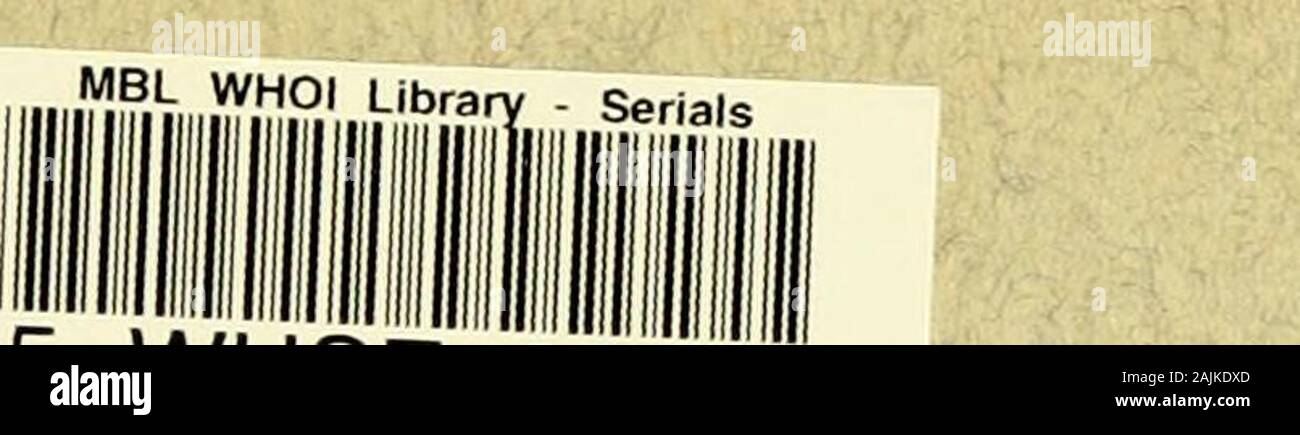 Contributions to Canadian biology . Atlantic waters of Can., pp. 173-320. 1920. Marine Copepoda. Rept. Can. Arc. Exp., 1913-18. Vol. 7, Crus- tacea, Part K, pp. 1-46. 1920. The Economic History of Copepods. Trans. Amer. Fish. Soc, Vol. L., pp. 320-325. 1921. Arctic Copepoda in Passamaquoddy Bay. Proc. Amer. Acad. Arts and Sci., Vol. 56, No. 5, Boston, 1921, pp. 185-196.Willey, A. and Huxtsmax, A. G. 1921. Faunal Notes from, the Atlantic Biological Station. Canadian Field Nat., Vol. 35, pp. 1-7.WlLSON, C. B. 1912. Parasitic Copepods from. Nanaimo, British Columbia, including eight species new t Stock Photohttps://www.alamy.com/image-license-details/?v=1https://www.alamy.com/contributions-to-canadian-biology-atlantic-waters-of-can-pp-173-320-1920-marine-copepoda-rept-can-arc-exp-1913-18-vol-7-crus-tacea-part-k-pp-1-46-1920-the-economic-history-of-copepods-trans-amer-fish-soc-vol-l-pp-320-325-1921-arctic-copepoda-in-passamaquoddy-bay-proc-amer-acad-arts-and-sci-vol-56-no-5-boston-1921-pp-185-196willey-a-and-huxtsmax-a-g-1921-faunal-notes-from-the-atlantic-biological-station-canadian-field-nat-vol-35-pp-1-7wllson-c-b-1912-parasitic-copepods-from-nanaimo-british-columbia-including-eight-species-new-t-image338488821.html
Contributions to Canadian biology . Atlantic waters of Can., pp. 173-320. 1920. Marine Copepoda. Rept. Can. Arc. Exp., 1913-18. Vol. 7, Crus- tacea, Part K, pp. 1-46. 1920. The Economic History of Copepods. Trans. Amer. Fish. Soc, Vol. L., pp. 320-325. 1921. Arctic Copepoda in Passamaquoddy Bay. Proc. Amer. Acad. Arts and Sci., Vol. 56, No. 5, Boston, 1921, pp. 185-196.Willey, A. and Huxtsmax, A. G. 1921. Faunal Notes from, the Atlantic Biological Station. Canadian Field Nat., Vol. 35, pp. 1-7.WlLSON, C. B. 1912. Parasitic Copepods from. Nanaimo, British Columbia, including eight species new t Stock Photohttps://www.alamy.com/image-license-details/?v=1https://www.alamy.com/contributions-to-canadian-biology-atlantic-waters-of-can-pp-173-320-1920-marine-copepoda-rept-can-arc-exp-1913-18-vol-7-crus-tacea-part-k-pp-1-46-1920-the-economic-history-of-copepods-trans-amer-fish-soc-vol-l-pp-320-325-1921-arctic-copepoda-in-passamaquoddy-bay-proc-amer-acad-arts-and-sci-vol-56-no-5-boston-1921-pp-185-196willey-a-and-huxtsmax-a-g-1921-faunal-notes-from-the-atlantic-biological-station-canadian-field-nat-vol-35-pp-1-7wllson-c-b-1912-parasitic-copepods-from-nanaimo-british-columbia-including-eight-species-new-t-image338488821.htmlRM2AJKDXD–Contributions to Canadian biology . Atlantic waters of Can., pp. 173-320. 1920. Marine Copepoda. Rept. Can. Arc. Exp., 1913-18. Vol. 7, Crus- tacea, Part K, pp. 1-46. 1920. The Economic History of Copepods. Trans. Amer. Fish. Soc, Vol. L., pp. 320-325. 1921. Arctic Copepoda in Passamaquoddy Bay. Proc. Amer. Acad. Arts and Sci., Vol. 56, No. 5, Boston, 1921, pp. 185-196.Willey, A. and Huxtsmax, A. G. 1921. Faunal Notes from, the Atlantic Biological Station. Canadian Field Nat., Vol. 35, pp. 1-7.WlLSON, C. B. 1912. Parasitic Copepods from. Nanaimo, British Columbia, including eight species new t
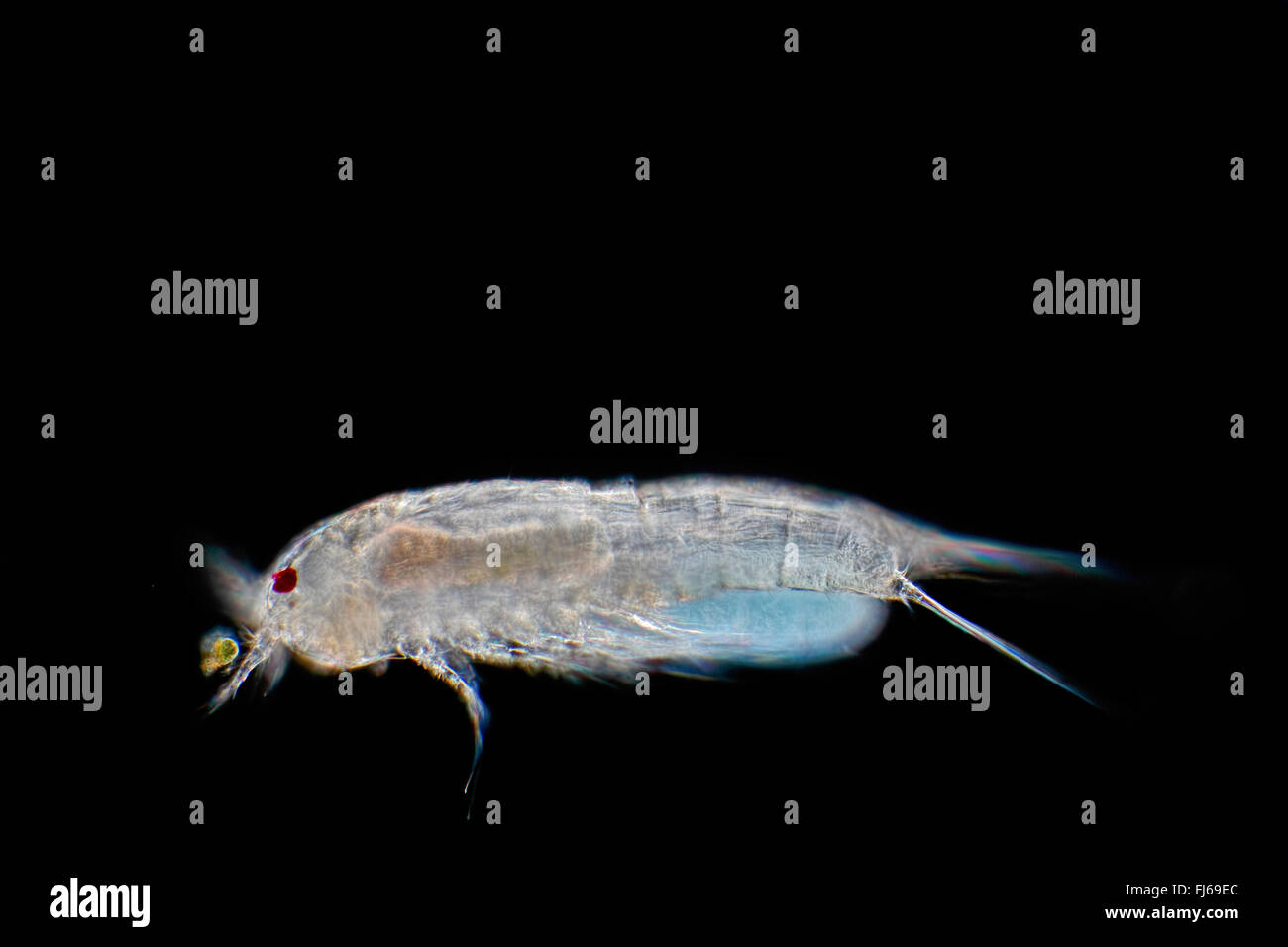 copepods (Copepoda), female Stock Photohttps://www.alamy.com/image-license-details/?v=1https://www.alamy.com/stock-photo-copepods-copepoda-female-97254820.html
copepods (Copepoda), female Stock Photohttps://www.alamy.com/image-license-details/?v=1https://www.alamy.com/stock-photo-copepods-copepoda-female-97254820.htmlRMFJ69EC–copepods (Copepoda), female
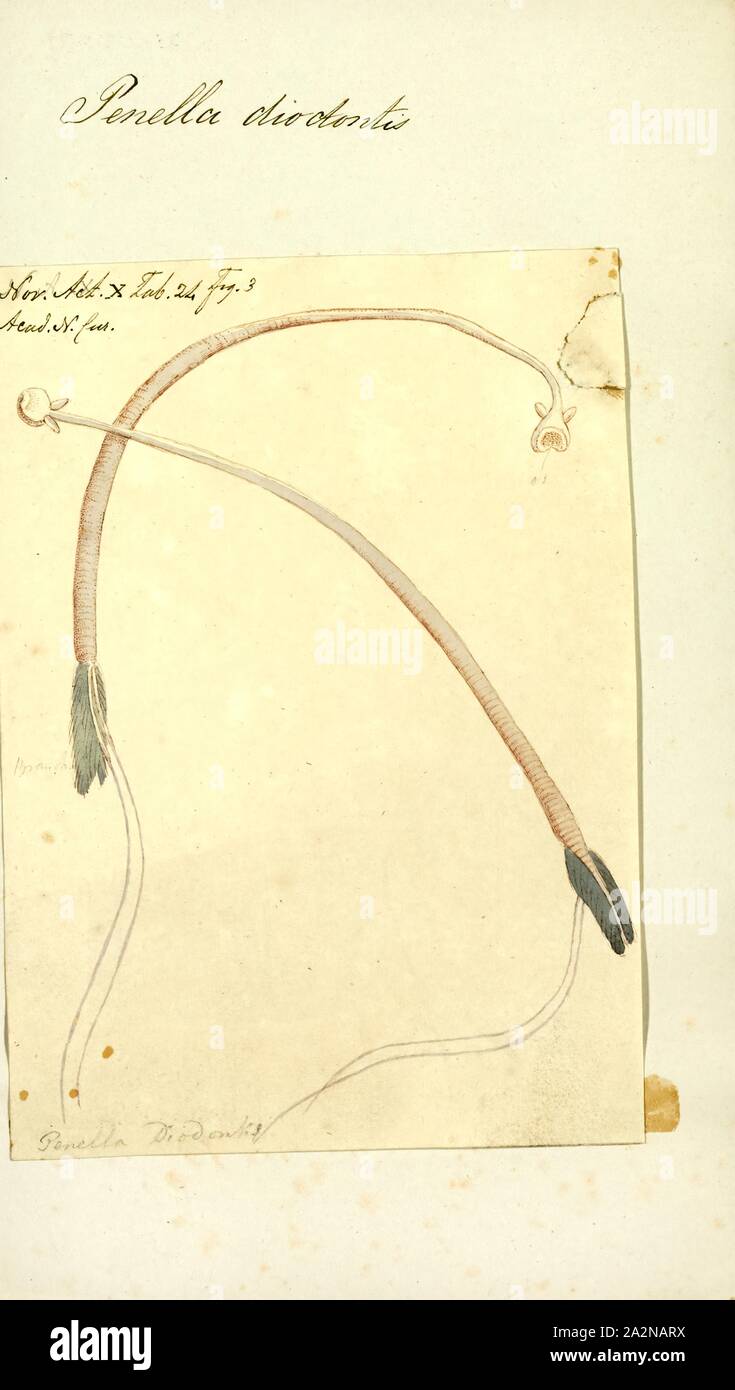 Pennella diodontis, Print, Pennella is a genus of large copepods which are common parasites of large pelagic fishes. They begin their life cycle as a series of free-swimming planktonic larvae. The females metamorphose into a parasitic stage when they attach to a host and enter into its skin. The males are free swimming. Due to their large size and mesoparasitic life history there have been a number of studies of Pennella, the members of which are among the largest of the parasitic Copepoda. All species are found as adults buried into the flesh of marine bony fish, except for a single species Stock Photohttps://www.alamy.com/image-license-details/?v=1https://www.alamy.com/pennella-diodontis-print-pennella-is-a-genus-of-large-copepods-which-are-common-parasites-of-large-pelagic-fishes-they-begin-their-life-cycle-as-a-series-of-free-swimming-planktonic-larvae-the-females-metamorphose-into-a-parasitic-stage-when-they-attach-to-a-host-and-enter-into-its-skin-the-males-are-free-swimming-due-to-their-large-size-and-mesoparasitic-life-history-there-have-been-a-number-of-studies-of-pennella-the-members-of-which-are-among-the-largest-of-the-parasitic-copepoda-all-species-are-found-as-adults-buried-into-the-flesh-of-marine-bony-fish-except-for-a-single-species-image328695806.html
Pennella diodontis, Print, Pennella is a genus of large copepods which are common parasites of large pelagic fishes. They begin their life cycle as a series of free-swimming planktonic larvae. The females metamorphose into a parasitic stage when they attach to a host and enter into its skin. The males are free swimming. Due to their large size and mesoparasitic life history there have been a number of studies of Pennella, the members of which are among the largest of the parasitic Copepoda. All species are found as adults buried into the flesh of marine bony fish, except for a single species Stock Photohttps://www.alamy.com/image-license-details/?v=1https://www.alamy.com/pennella-diodontis-print-pennella-is-a-genus-of-large-copepods-which-are-common-parasites-of-large-pelagic-fishes-they-begin-their-life-cycle-as-a-series-of-free-swimming-planktonic-larvae-the-females-metamorphose-into-a-parasitic-stage-when-they-attach-to-a-host-and-enter-into-its-skin-the-males-are-free-swimming-due-to-their-large-size-and-mesoparasitic-life-history-there-have-been-a-number-of-studies-of-pennella-the-members-of-which-are-among-the-largest-of-the-parasitic-copepoda-all-species-are-found-as-adults-buried-into-the-flesh-of-marine-bony-fish-except-for-a-single-species-image328695806.htmlRM2A2NARX–Pennella diodontis, Print, Pennella is a genus of large copepods which are common parasites of large pelagic fishes. They begin their life cycle as a series of free-swimming planktonic larvae. The females metamorphose into a parasitic stage when they attach to a host and enter into its skin. The males are free swimming. Due to their large size and mesoparasitic life history there have been a number of studies of Pennella, the members of which are among the largest of the parasitic Copepoda. All species are found as adults buried into the flesh of marine bony fish, except for a single species
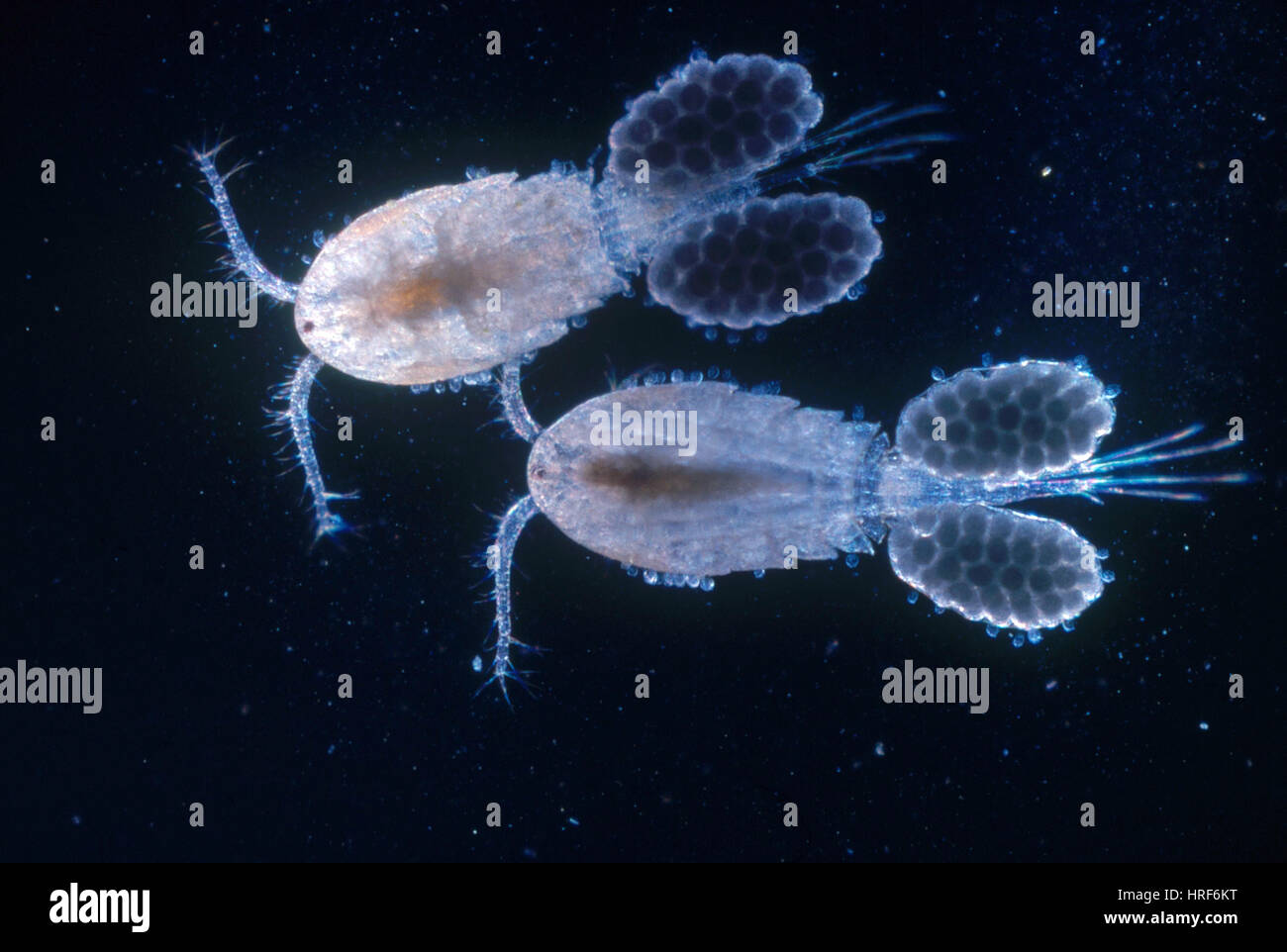 Copepods with Eggs, LM Stock Photohttps://www.alamy.com/image-license-details/?v=1https://www.alamy.com/stock-photo-copepods-with-eggs-lm-134944204.html
Copepods with Eggs, LM Stock Photohttps://www.alamy.com/image-license-details/?v=1https://www.alamy.com/stock-photo-copepods-with-eggs-lm-134944204.htmlRMHRF6KT–Copepods with Eggs, LM
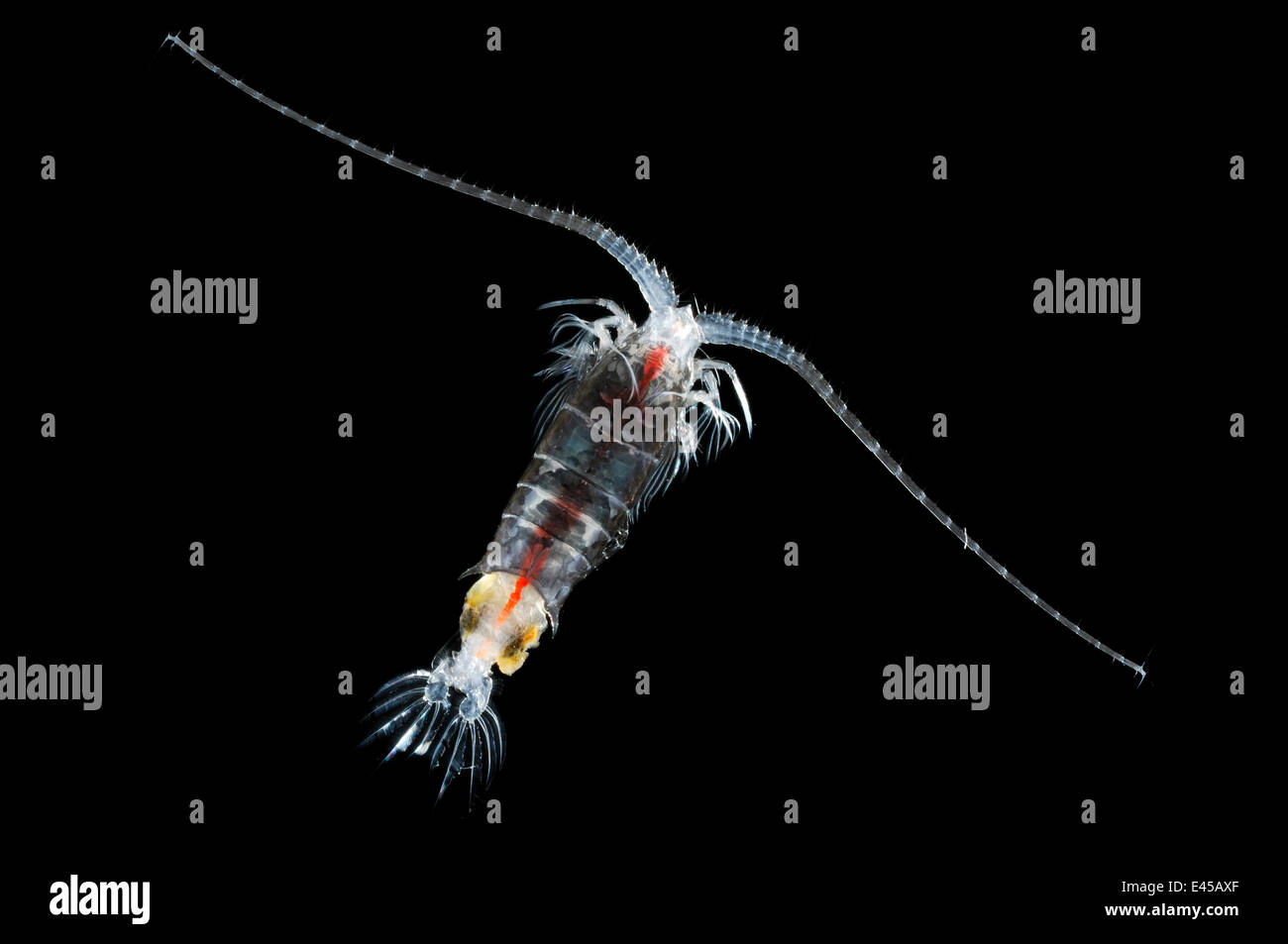 Marine Planktonic Copepod {Gaussia princeps} female, deepsea, Atlantic ocean Stock Photohttps://www.alamy.com/image-license-details/?v=1https://www.alamy.com/stock-photo-marine-planktonic-copepod-gaussia-princeps-female-deepsea-atlantic-71418439.html
Marine Planktonic Copepod {Gaussia princeps} female, deepsea, Atlantic ocean Stock Photohttps://www.alamy.com/image-license-details/?v=1https://www.alamy.com/stock-photo-marine-planktonic-copepod-gaussia-princeps-female-deepsea-atlantic-71418439.htmlRME45AXF–Marine Planktonic Copepod {Gaussia princeps} female, deepsea, Atlantic ocean
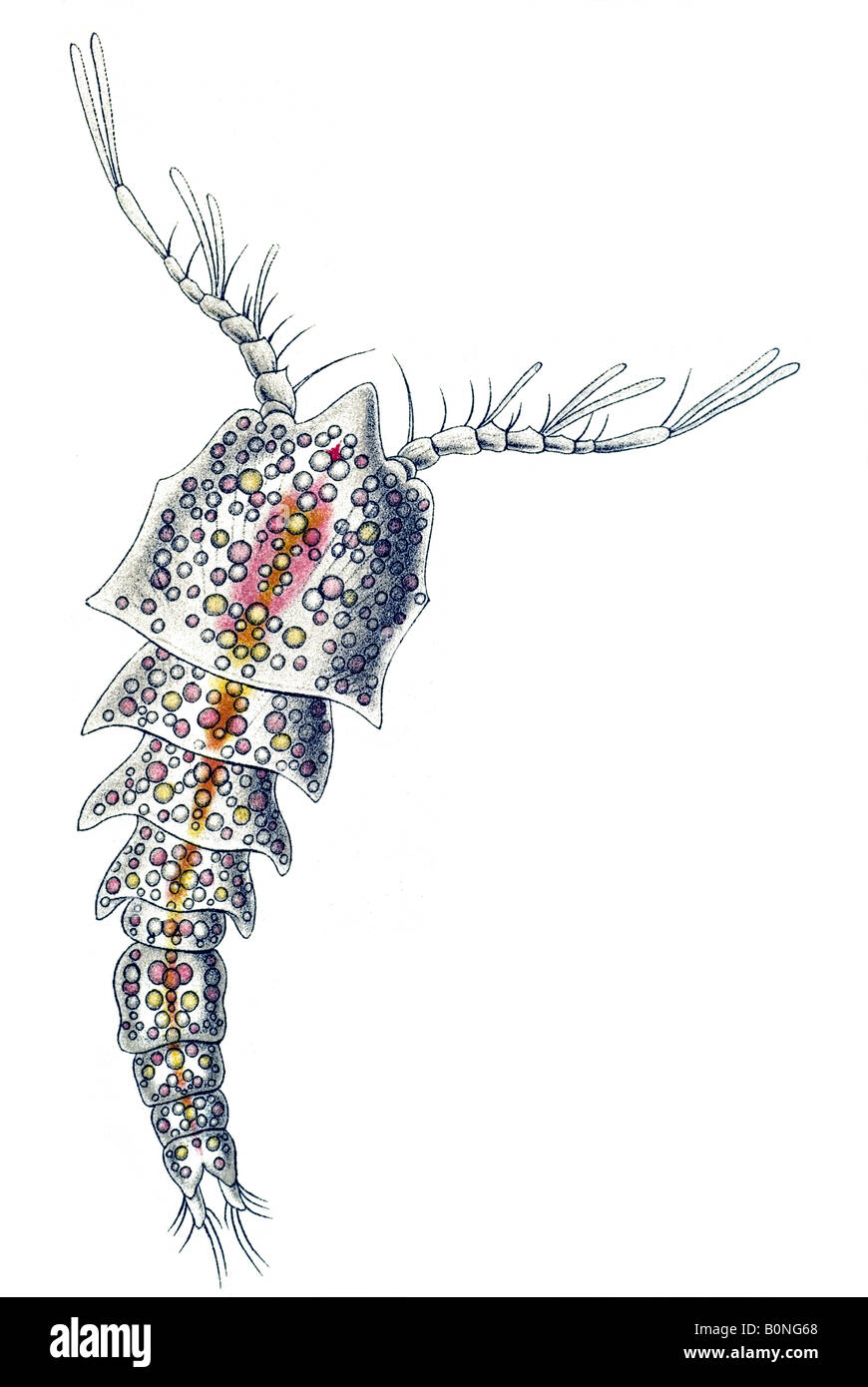 Copepoda Ruderkrebse Name Clytemnestra scutellata Haeckel Kunstformen der Natur art nouveau 20th century Europe Stock Photohttps://www.alamy.com/image-license-details/?v=1https://www.alamy.com/stock-photo-copepoda-ruderkrebse-name-clytemnestra-scutellata-haeckel-kunstformen-17684080.html
Copepoda Ruderkrebse Name Clytemnestra scutellata Haeckel Kunstformen der Natur art nouveau 20th century Europe Stock Photohttps://www.alamy.com/image-license-details/?v=1https://www.alamy.com/stock-photo-copepoda-ruderkrebse-name-clytemnestra-scutellata-haeckel-kunstformen-17684080.htmlRMB0NG68–Copepoda Ruderkrebse Name Clytemnestra scutellata Haeckel Kunstformen der Natur art nouveau 20th century Europe
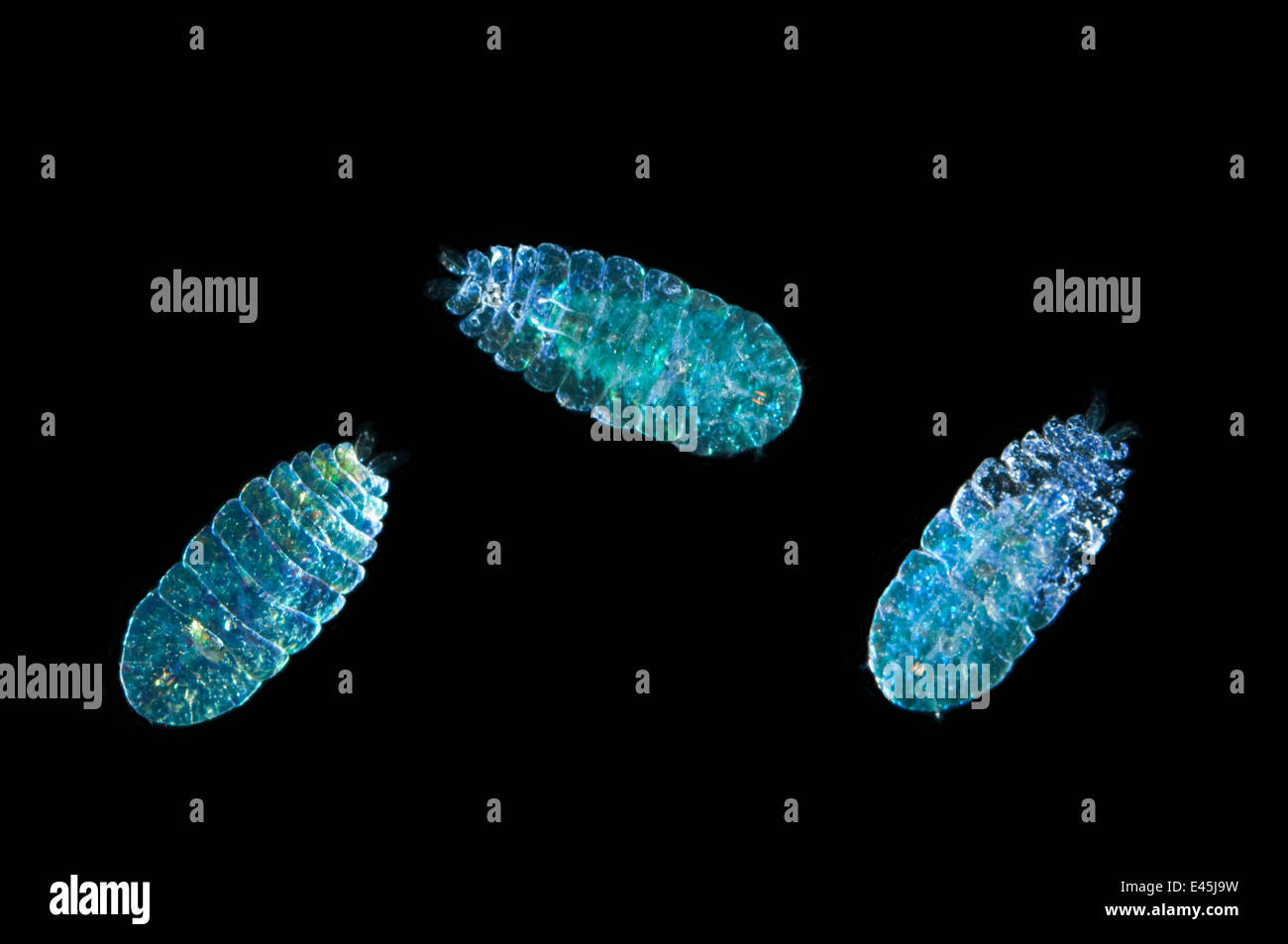 Pelagic copepod {Saphirrina sp} caught with 1m ring net between 0 and 150m, Mid-Atlantic Ridge, North Atlantic Ocean Stock Photohttps://www.alamy.com/image-license-details/?v=1https://www.alamy.com/stock-photo-pelagic-copepod-saphirrina-sp-caught-with-1m-ring-net-between-0-and-71424245.html
Pelagic copepod {Saphirrina sp} caught with 1m ring net between 0 and 150m, Mid-Atlantic Ridge, North Atlantic Ocean Stock Photohttps://www.alamy.com/image-license-details/?v=1https://www.alamy.com/stock-photo-pelagic-copepod-saphirrina-sp-caught-with-1m-ring-net-between-0-and-71424245.htmlRME45J9W–Pelagic copepod {Saphirrina sp} caught with 1m ring net between 0 and 150m, Mid-Atlantic Ridge, North Atlantic Ocean
![[Digital focus stacking] Marine Planktonic Copepod (Sapphirina sali) [size of single organism: 0,9mm] Stock Photo [Digital focus stacking] Marine Planktonic Copepod (Sapphirina sali) [size of single organism: 0,9mm] Stock Photo](https://c8.alamy.com/comp/2C65YW7/digital-focus-stacking-marine-planktonic-copepod-sapphirina-sali-size-of-single-organism-09mm-2C65YW7.jpg) [Digital focus stacking] Marine Planktonic Copepod (Sapphirina sali) [size of single organism: 0,9mm] Stock Photohttps://www.alamy.com/image-license-details/?v=1https://www.alamy.com/digital-focus-stacking-marine-planktonic-copepod-sapphirina-sali-size-of-single-organism-09mm-image365237299.html
[Digital focus stacking] Marine Planktonic Copepod (Sapphirina sali) [size of single organism: 0,9mm] Stock Photohttps://www.alamy.com/image-license-details/?v=1https://www.alamy.com/digital-focus-stacking-marine-planktonic-copepod-sapphirina-sali-size-of-single-organism-09mm-image365237299.htmlRM2C65YW7–[Digital focus stacking] Marine Planktonic Copepod (Sapphirina sali) [size of single organism: 0,9mm]
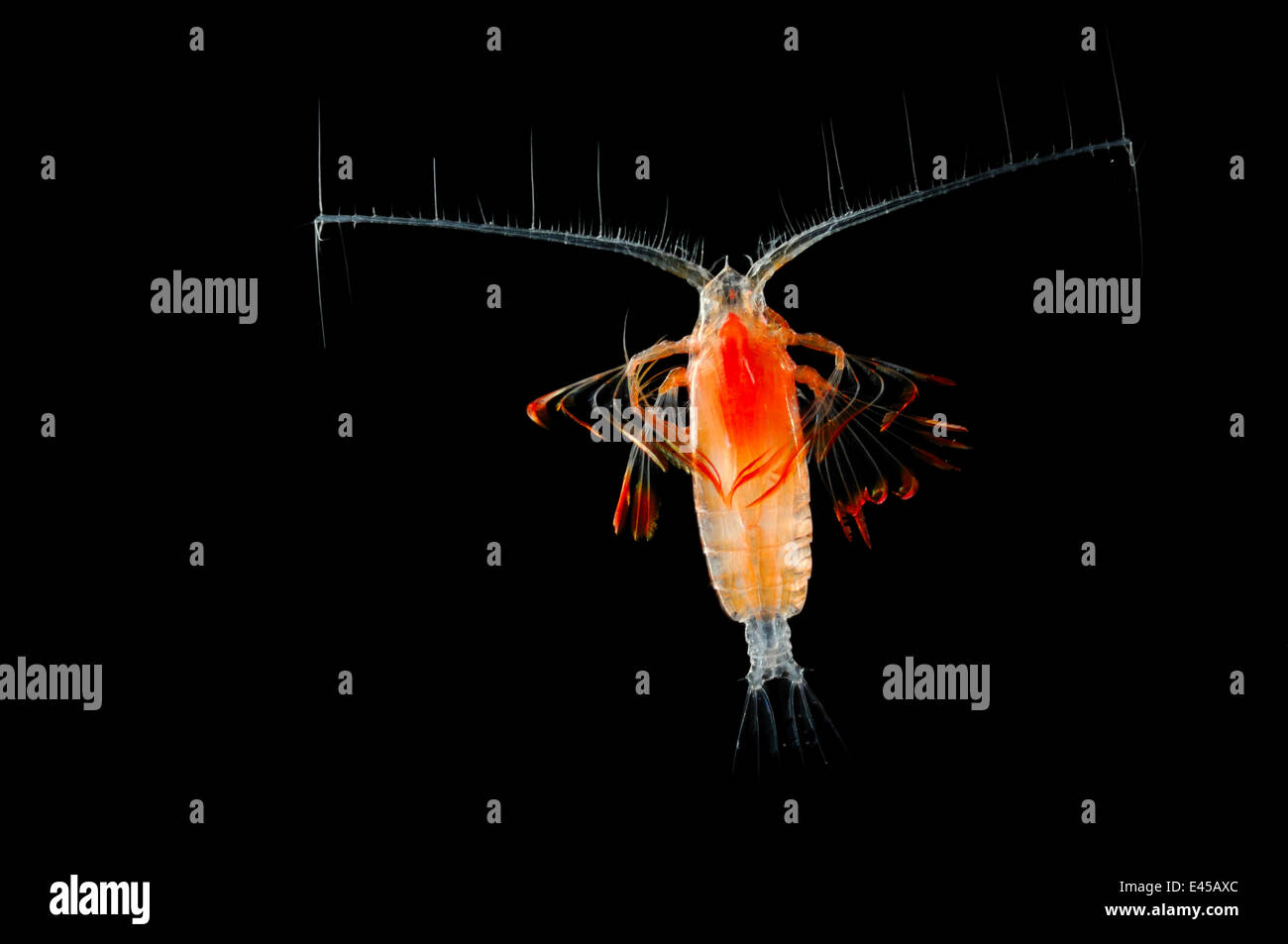 Deepsea marine planktonic Copepod {Euchirella sp} Atlantic ocean Stock Photohttps://www.alamy.com/image-license-details/?v=1https://www.alamy.com/stock-photo-deepsea-marine-planktonic-copepod-euchirella-sp-atlantic-ocean-71418436.html
Deepsea marine planktonic Copepod {Euchirella sp} Atlantic ocean Stock Photohttps://www.alamy.com/image-license-details/?v=1https://www.alamy.com/stock-photo-deepsea-marine-planktonic-copepod-euchirella-sp-atlantic-ocean-71418436.htmlRME45AXC–Deepsea marine planktonic Copepod {Euchirella sp} Atlantic ocean
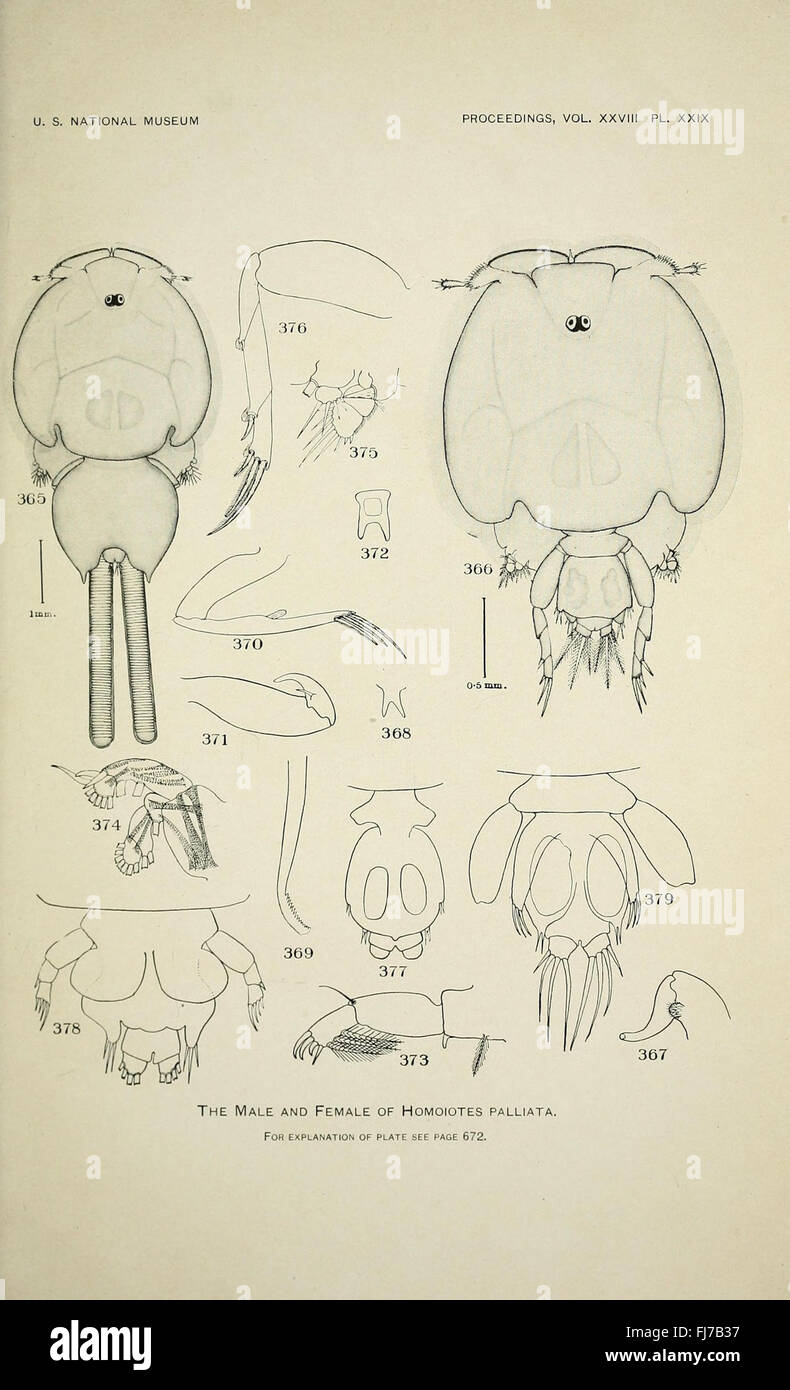 North American parasitic copepods belonging to the family Caligidae (Pl. XXIX), Caligidae, Copepoda, North America, Smithsonian Institution Libraries Stock Photohttps://www.alamy.com/image-license-details/?v=1https://www.alamy.com/stock-photo-north-american-parasitic-copepods-belonging-to-the-family-caligidae-97278027.html
North American parasitic copepods belonging to the family Caligidae (Pl. XXIX), Caligidae, Copepoda, North America, Smithsonian Institution Libraries Stock Photohttps://www.alamy.com/image-license-details/?v=1https://www.alamy.com/stock-photo-north-american-parasitic-copepods-belonging-to-the-family-caligidae-97278027.htmlRMFJ7B37–North American parasitic copepods belonging to the family Caligidae (Pl. XXIX), Caligidae, Copepoda, North America, Smithsonian Institution Libraries
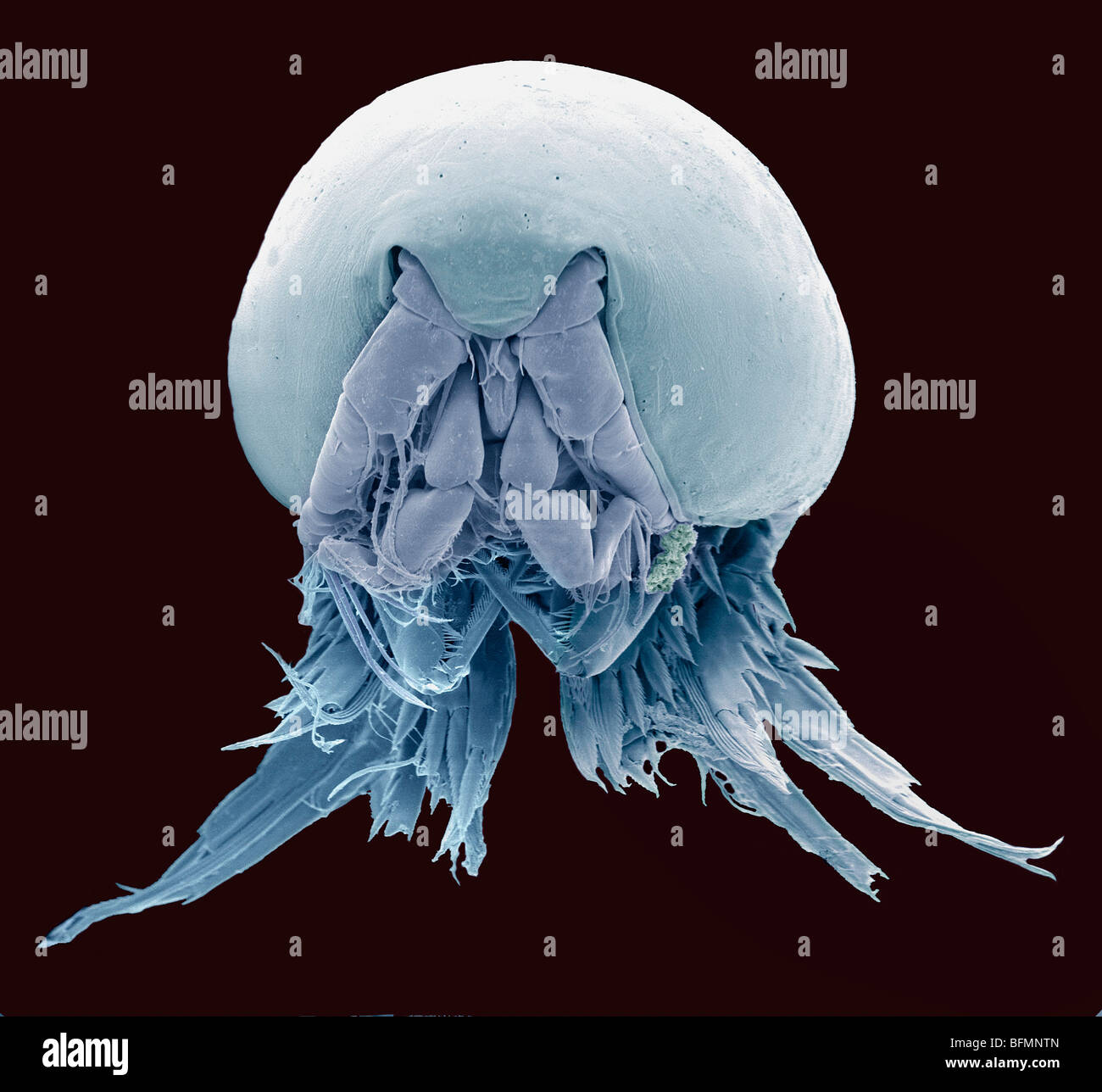 Copepod, SEM Stock Photohttps://www.alamy.com/image-license-details/?v=1https://www.alamy.com/stock-photo-copepod-sem-26886405.html
Copepod, SEM Stock Photohttps://www.alamy.com/image-license-details/?v=1https://www.alamy.com/stock-photo-copepod-sem-26886405.htmlRFBFMNTN–Copepod, SEM
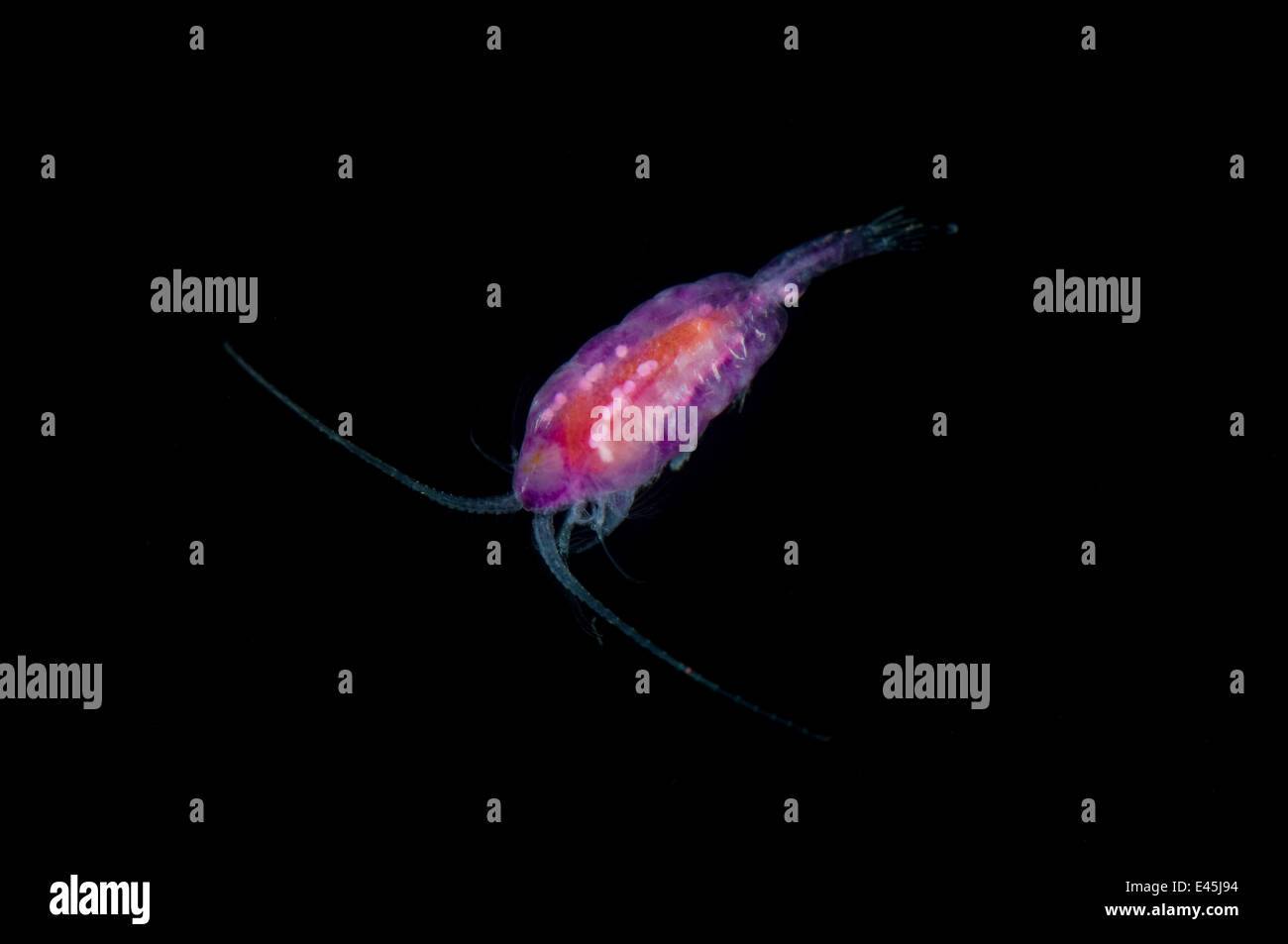 Deepsea copepod, Mid-Atlantic Ridge, North Atlantic Ocean Stock Photohttps://www.alamy.com/image-license-details/?v=1https://www.alamy.com/stock-photo-deepsea-copepod-mid-atlantic-ridge-north-atlantic-ocean-71424224.html
Deepsea copepod, Mid-Atlantic Ridge, North Atlantic Ocean Stock Photohttps://www.alamy.com/image-license-details/?v=1https://www.alamy.com/stock-photo-deepsea-copepod-mid-atlantic-ridge-north-atlantic-ocean-71424224.htmlRME45J94–Deepsea copepod, Mid-Atlantic Ridge, North Atlantic Ocean
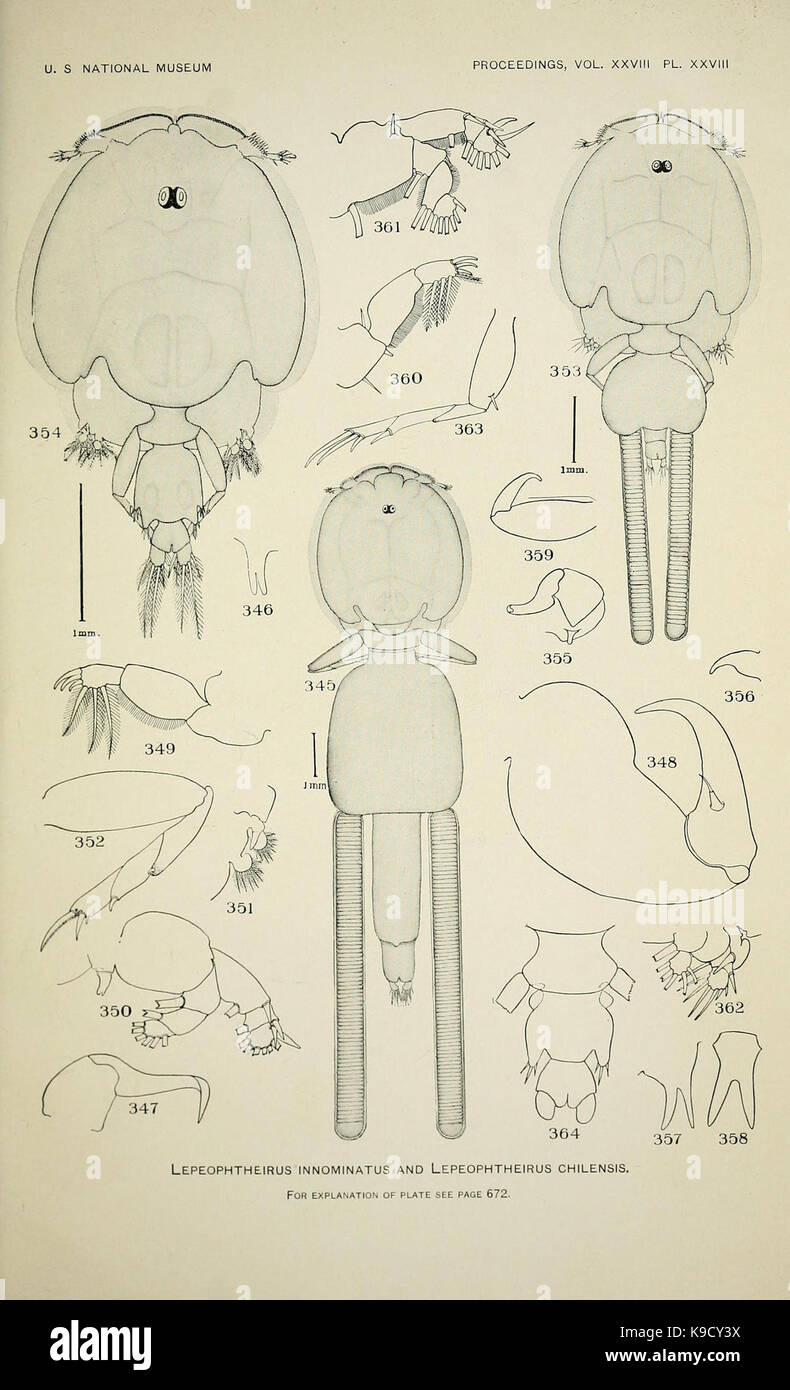 North American parasitic copepods belonging to the family Caligidae (Pl. XXVIII) (8251659743) Stock Photohttps://www.alamy.com/image-license-details/?v=1https://www.alamy.com/stock-image-north-american-parasitic-copepods-belonging-to-the-family-caligidae-160709918.html
North American parasitic copepods belonging to the family Caligidae (Pl. XXVIII) (8251659743) Stock Photohttps://www.alamy.com/image-license-details/?v=1https://www.alamy.com/stock-image-north-american-parasitic-copepods-belonging-to-the-family-caligidae-160709918.htmlRMK9CY3X–North American parasitic copepods belonging to the family Caligidae (Pl. XXVIII) (8251659743)
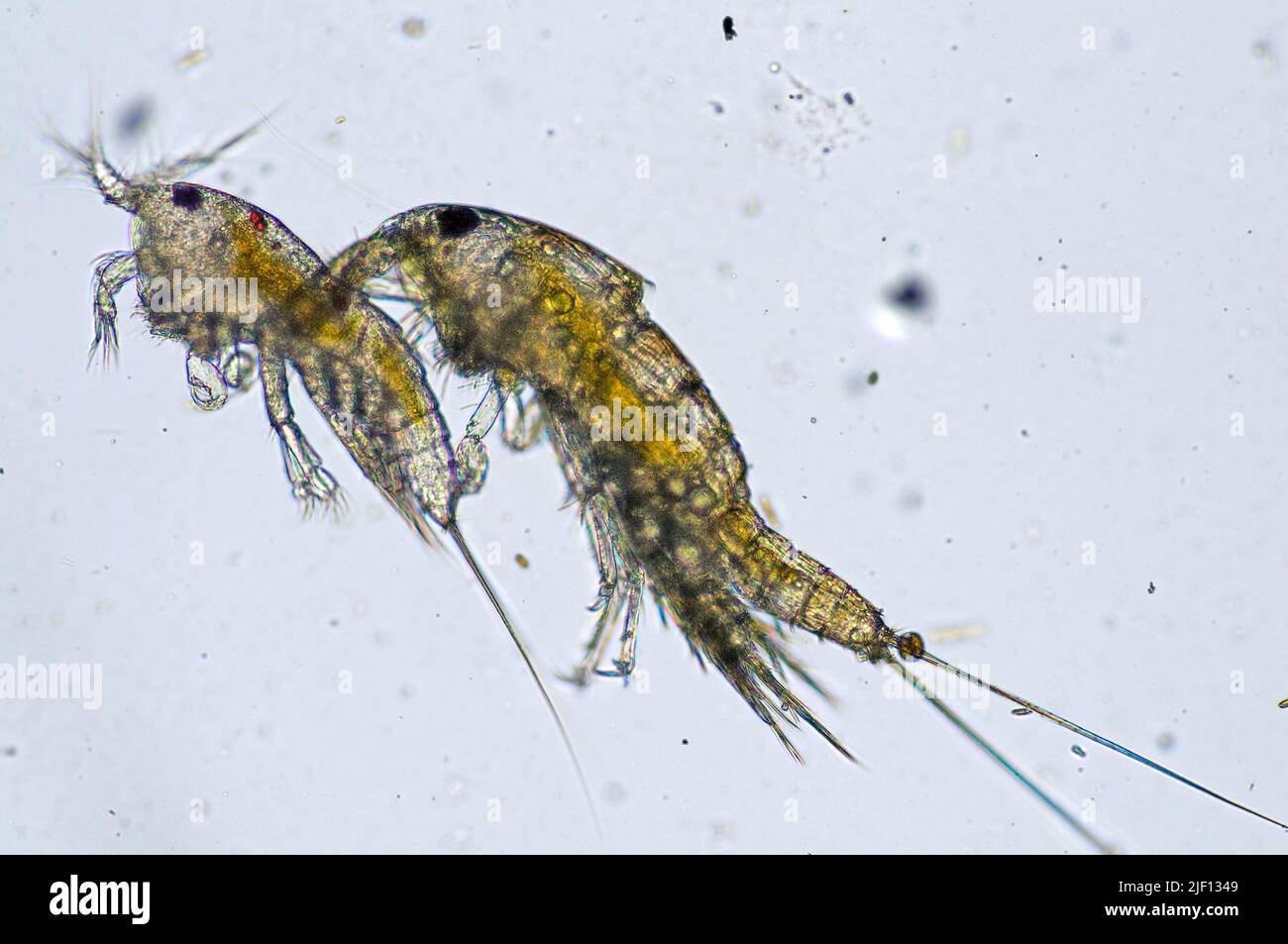 Couple of Harpacticoid Copepods. Stock Photohttps://www.alamy.com/image-license-details/?v=1https://www.alamy.com/couple-of-harpacticoid-copepods-image473924201.html
Couple of Harpacticoid Copepods. Stock Photohttps://www.alamy.com/image-license-details/?v=1https://www.alamy.com/couple-of-harpacticoid-copepods-image473924201.htmlRM2JF1349–Couple of Harpacticoid Copepods.
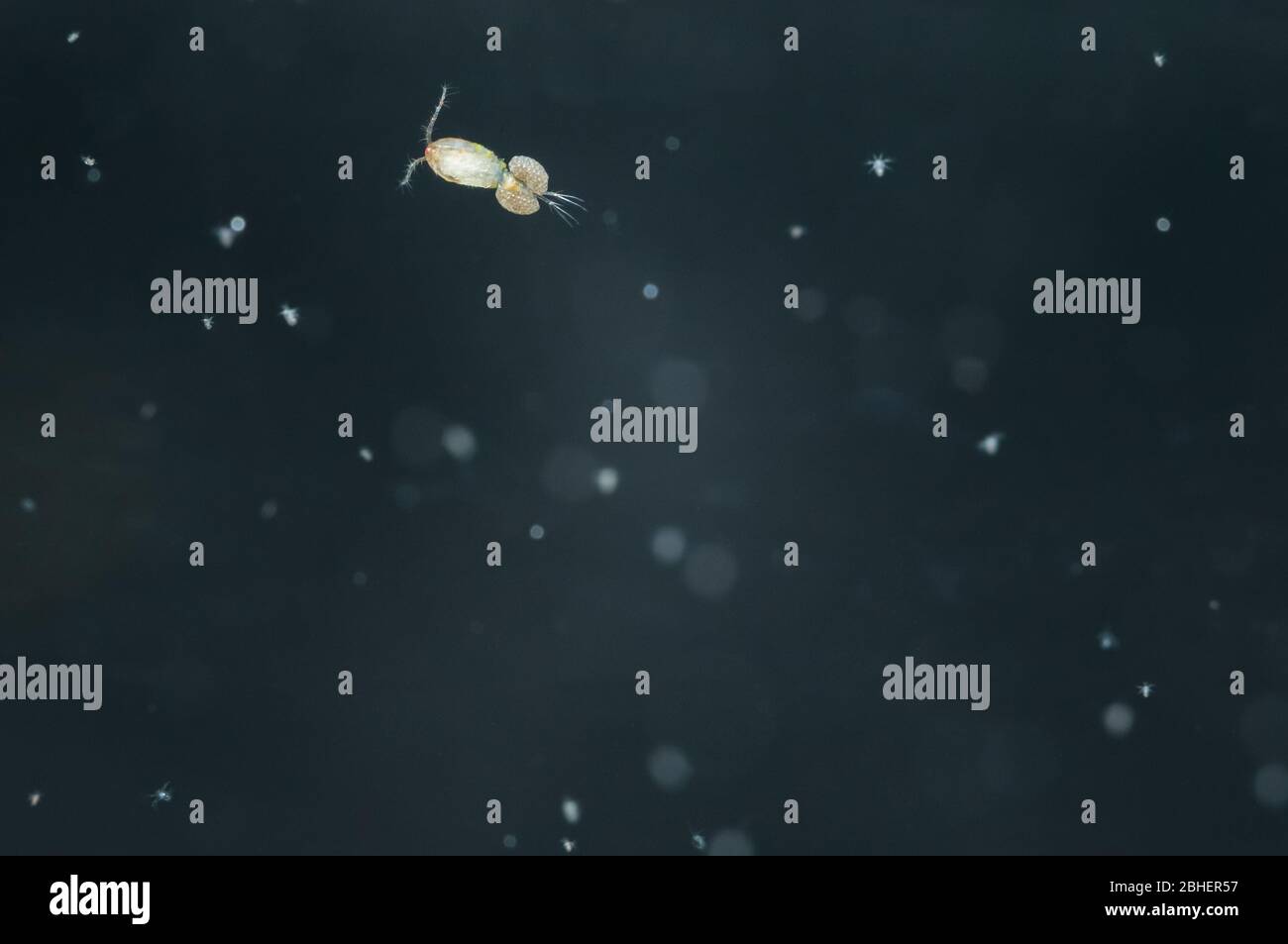 Freshwater copepod (Cyclops sp) Stock Photohttps://www.alamy.com/image-license-details/?v=1https://www.alamy.com/freshwater-copepod-cyclops-sp-image354982019.html
Freshwater copepod (Cyclops sp) Stock Photohttps://www.alamy.com/image-license-details/?v=1https://www.alamy.com/freshwater-copepod-cyclops-sp-image354982019.htmlRF2BHER57–Freshwater copepod (Cyclops sp)
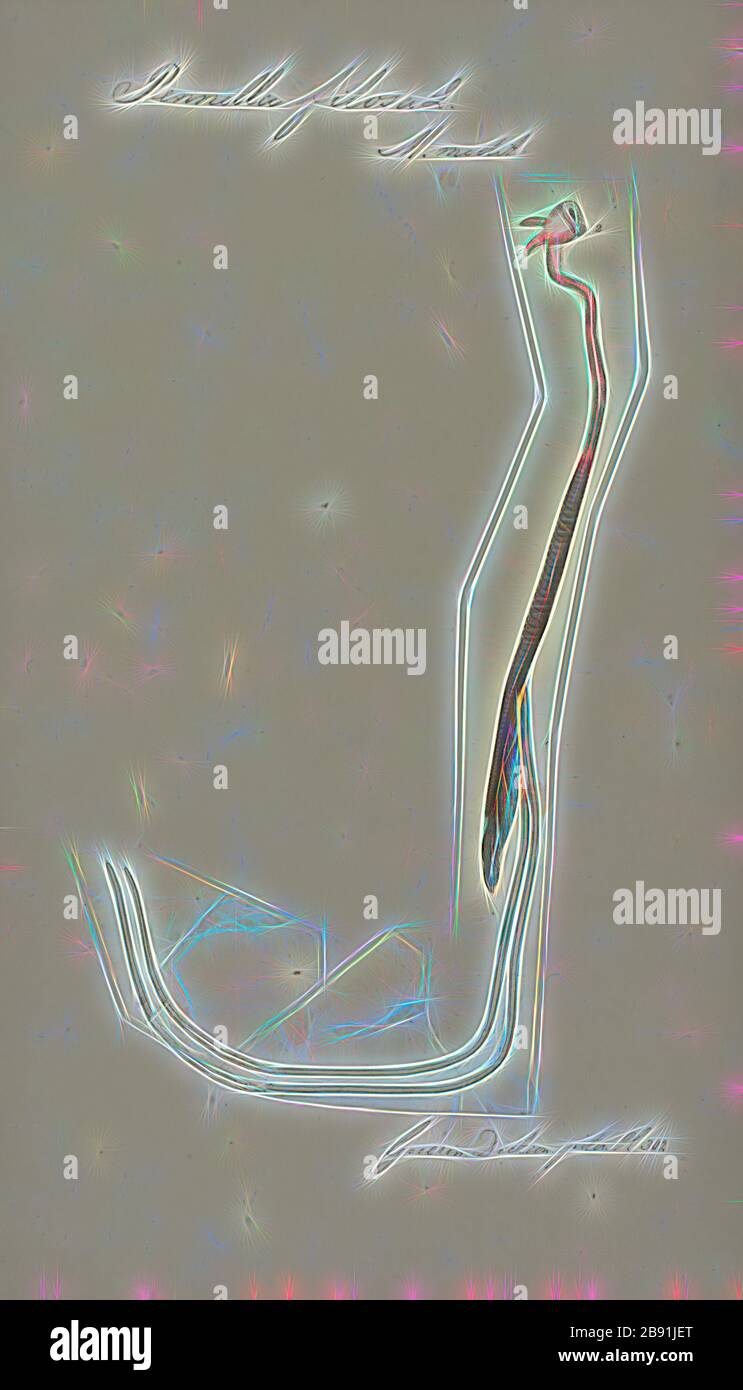 Pennella filosa, Print, Pennella is a genus of large copepods which are common parasites of large pelagic fishes. They begin their life cycle as a series of free-swimming planktonic larvae. The females metamorphose into a parasitic stage when they attach to a host and enter into its skin. The males are free swimming. Due to their large size and mesoparasitic life history there have been a number of studies of Pennella, the members of which are among the largest of the parasitic Copepoda. All species are found as adults buried into the flesh of marine bony fish, except for a single species, Pen Stock Photohttps://www.alamy.com/image-license-details/?v=1https://www.alamy.com/pennella-filosa-print-pennella-is-a-genus-of-large-copepods-which-are-common-parasites-of-large-pelagic-fishes-they-begin-their-life-cycle-as-a-series-of-free-swimming-planktonic-larvae-the-females-metamorphose-into-a-parasitic-stage-when-they-attach-to-a-host-and-enter-into-its-skin-the-males-are-free-swimming-due-to-their-large-size-and-mesoparasitic-life-history-there-have-been-a-number-of-studies-of-pennella-the-members-of-which-are-among-the-largest-of-the-parasitic-copepoda-all-species-are-found-as-adults-buried-into-the-flesh-of-marine-bony-fish-except-for-a-single-species-pen-image349775744.html
Pennella filosa, Print, Pennella is a genus of large copepods which are common parasites of large pelagic fishes. They begin their life cycle as a series of free-swimming planktonic larvae. The females metamorphose into a parasitic stage when they attach to a host and enter into its skin. The males are free swimming. Due to their large size and mesoparasitic life history there have been a number of studies of Pennella, the members of which are among the largest of the parasitic Copepoda. All species are found as adults buried into the flesh of marine bony fish, except for a single species, Pen Stock Photohttps://www.alamy.com/image-license-details/?v=1https://www.alamy.com/pennella-filosa-print-pennella-is-a-genus-of-large-copepods-which-are-common-parasites-of-large-pelagic-fishes-they-begin-their-life-cycle-as-a-series-of-free-swimming-planktonic-larvae-the-females-metamorphose-into-a-parasitic-stage-when-they-attach-to-a-host-and-enter-into-its-skin-the-males-are-free-swimming-due-to-their-large-size-and-mesoparasitic-life-history-there-have-been-a-number-of-studies-of-pennella-the-members-of-which-are-among-the-largest-of-the-parasitic-copepoda-all-species-are-found-as-adults-buried-into-the-flesh-of-marine-bony-fish-except-for-a-single-species-pen-image349775744.htmlRF2B91JET–Pennella filosa, Print, Pennella is a genus of large copepods which are common parasites of large pelagic fishes. They begin their life cycle as a series of free-swimming planktonic larvae. The females metamorphose into a parasitic stage when they attach to a host and enter into its skin. The males are free swimming. Due to their large size and mesoparasitic life history there have been a number of studies of Pennella, the members of which are among the largest of the parasitic Copepoda. All species are found as adults buried into the flesh of marine bony fish, except for a single species, Pen
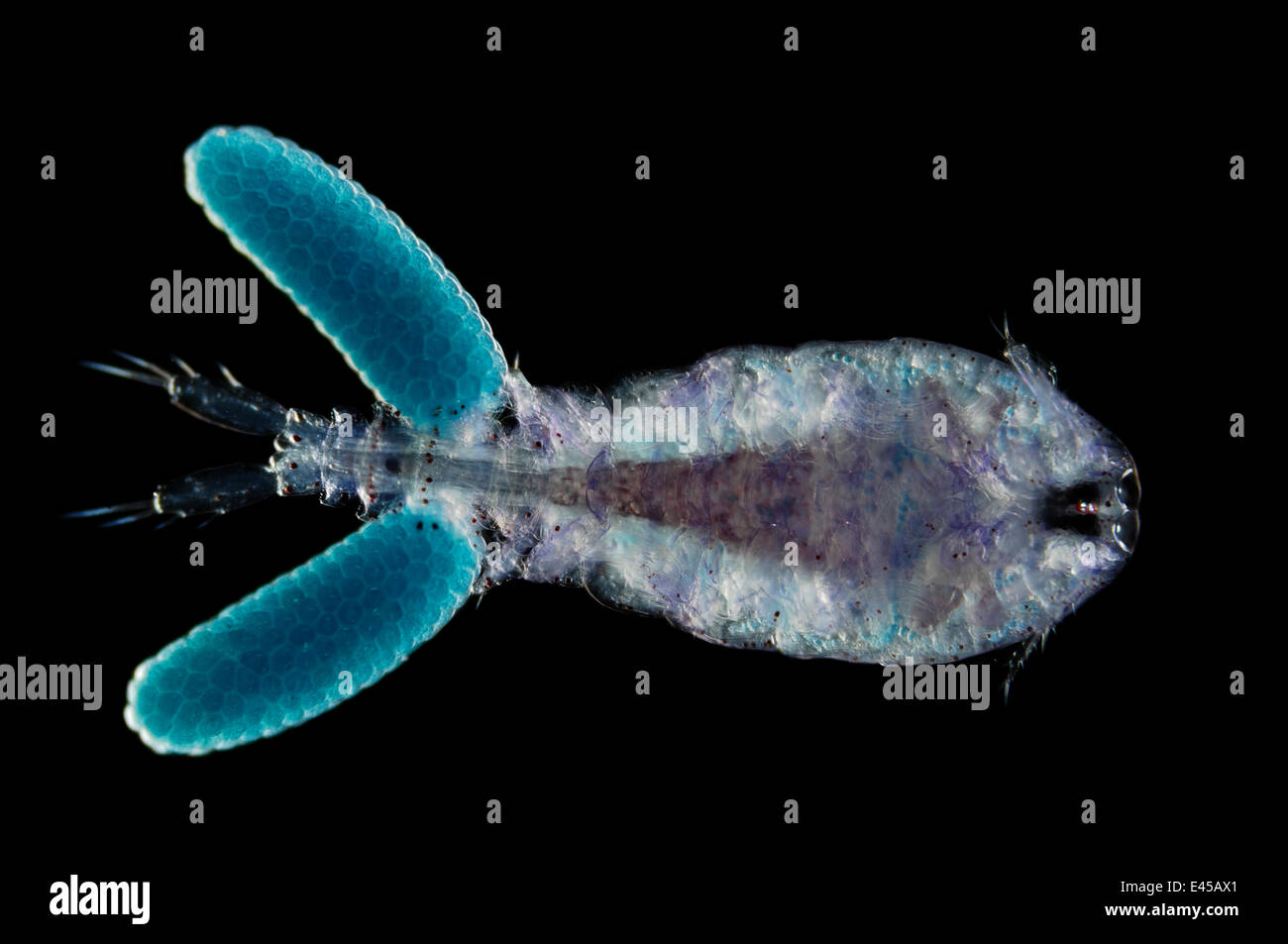 Deepsea marine planktonic Copepod (Sapphirina sali) Atlantic ocean Stock Photohttps://www.alamy.com/image-license-details/?v=1https://www.alamy.com/stock-photo-deepsea-marine-planktonic-copepod-sapphirina-sali-atlantic-ocean-71418425.html
Deepsea marine planktonic Copepod (Sapphirina sali) Atlantic ocean Stock Photohttps://www.alamy.com/image-license-details/?v=1https://www.alamy.com/stock-photo-deepsea-marine-planktonic-copepod-sapphirina-sali-atlantic-ocean-71418425.htmlRME45AX1–Deepsea marine planktonic Copepod (Sapphirina sali) Atlantic ocean
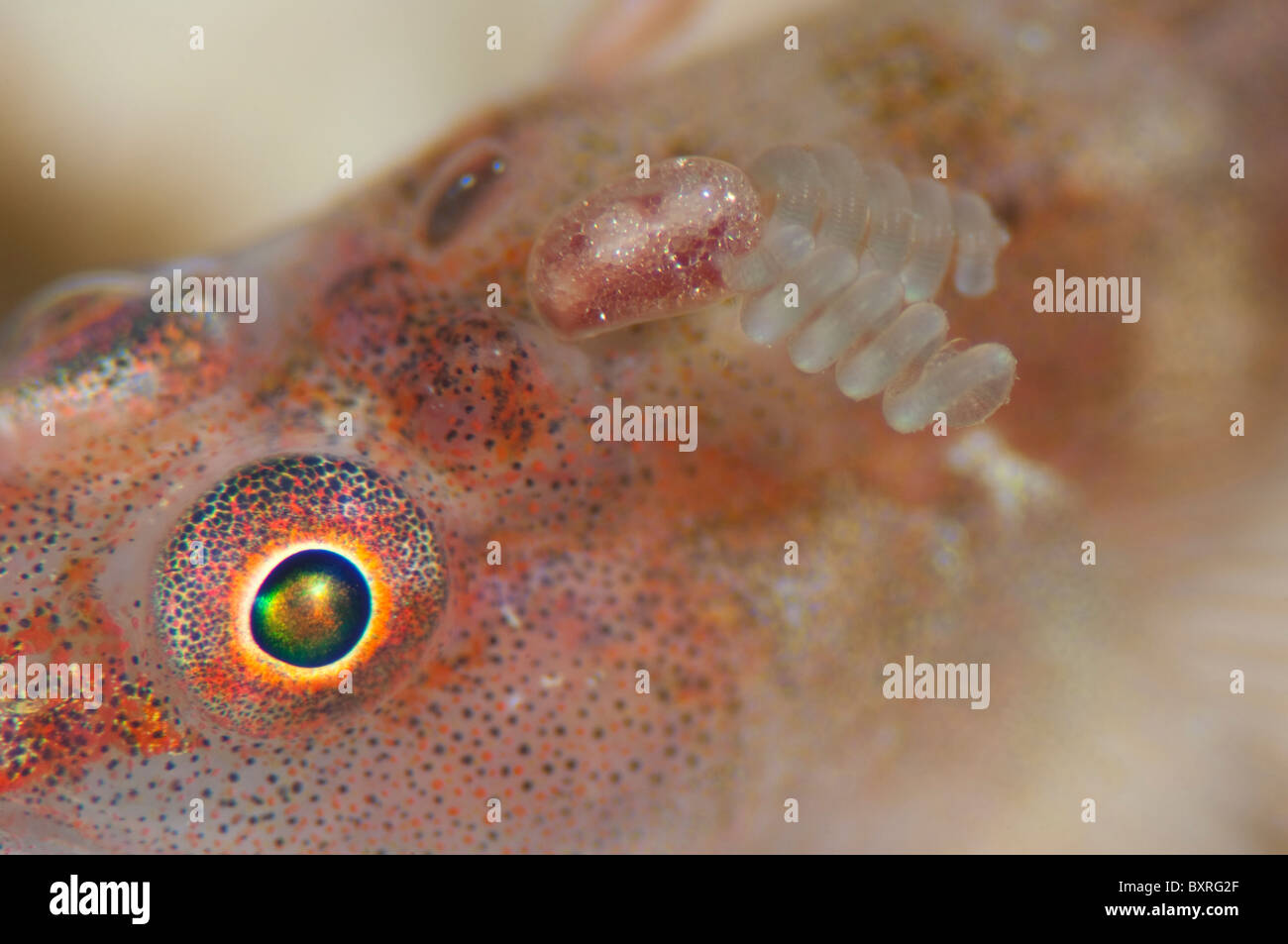 Wolfsnout Goby, Luposicya lupus, with Copepod attached, spiralling egg ducts of Copepod visible, Lankayan, Sabah, Malaysia. Stock Photohttps://www.alamy.com/image-license-details/?v=1https://www.alamy.com/stock-photo-wolfsnout-goby-luposicya-lupus-with-copepod-attached-spiralling-egg-33708935.html
Wolfsnout Goby, Luposicya lupus, with Copepod attached, spiralling egg ducts of Copepod visible, Lankayan, Sabah, Malaysia. Stock Photohttps://www.alamy.com/image-license-details/?v=1https://www.alamy.com/stock-photo-wolfsnout-goby-luposicya-lupus-with-copepod-attached-spiralling-egg-33708935.htmlRMBXRG2F–Wolfsnout Goby, Luposicya lupus, with Copepod attached, spiralling egg ducts of Copepod visible, Lankayan, Sabah, Malaysia.
![Marine Planktonic Copepod Euchirella comprises tropical and subtropical forms. The genus.comprises more than 30 species. [size of single organism: 1 mm] Stock Photo Marine Planktonic Copepod Euchirella comprises tropical and subtropical forms. The genus.comprises more than 30 species. [size of single organism: 1 mm] Stock Photo](https://c8.alamy.com/comp/2C65YMH/marine-planktonic-copepod-euchirella-comprises-tropical-and-subtropical-forms-the-genuscomprises-more-than-30-species-size-of-single-organism-1-mm-2C65YMH.jpg) Marine Planktonic Copepod Euchirella comprises tropical and subtropical forms. The genus.comprises more than 30 species. [size of single organism: 1 mm] Stock Photohttps://www.alamy.com/image-license-details/?v=1https://www.alamy.com/marine-planktonic-copepod-euchirella-comprises-tropical-and-subtropical-forms-the-genuscomprises-more-than-30-species-size-of-single-organism-1-mm-image365237169.html
Marine Planktonic Copepod Euchirella comprises tropical and subtropical forms. The genus.comprises more than 30 species. [size of single organism: 1 mm] Stock Photohttps://www.alamy.com/image-license-details/?v=1https://www.alamy.com/marine-planktonic-copepod-euchirella-comprises-tropical-and-subtropical-forms-the-genuscomprises-more-than-30-species-size-of-single-organism-1-mm-image365237169.htmlRM2C65YMH–Marine Planktonic Copepod Euchirella comprises tropical and subtropical forms. The genus.comprises more than 30 species. [size of single organism: 1 mm]
 Summer view of the Port of Aci Trezza in Sicily Italy Stock Photohttps://www.alamy.com/image-license-details/?v=1https://www.alamy.com/summer-view-of-the-port-of-aci-trezza-in-sicily-italy-image626867018.html
Summer view of the Port of Aci Trezza in Sicily Italy Stock Photohttps://www.alamy.com/image-license-details/?v=1https://www.alamy.com/summer-view-of-the-port-of-aci-trezza-in-sicily-italy-image626867018.htmlRF2YBT77P–Summer view of the Port of Aci Trezza in Sicily Italy
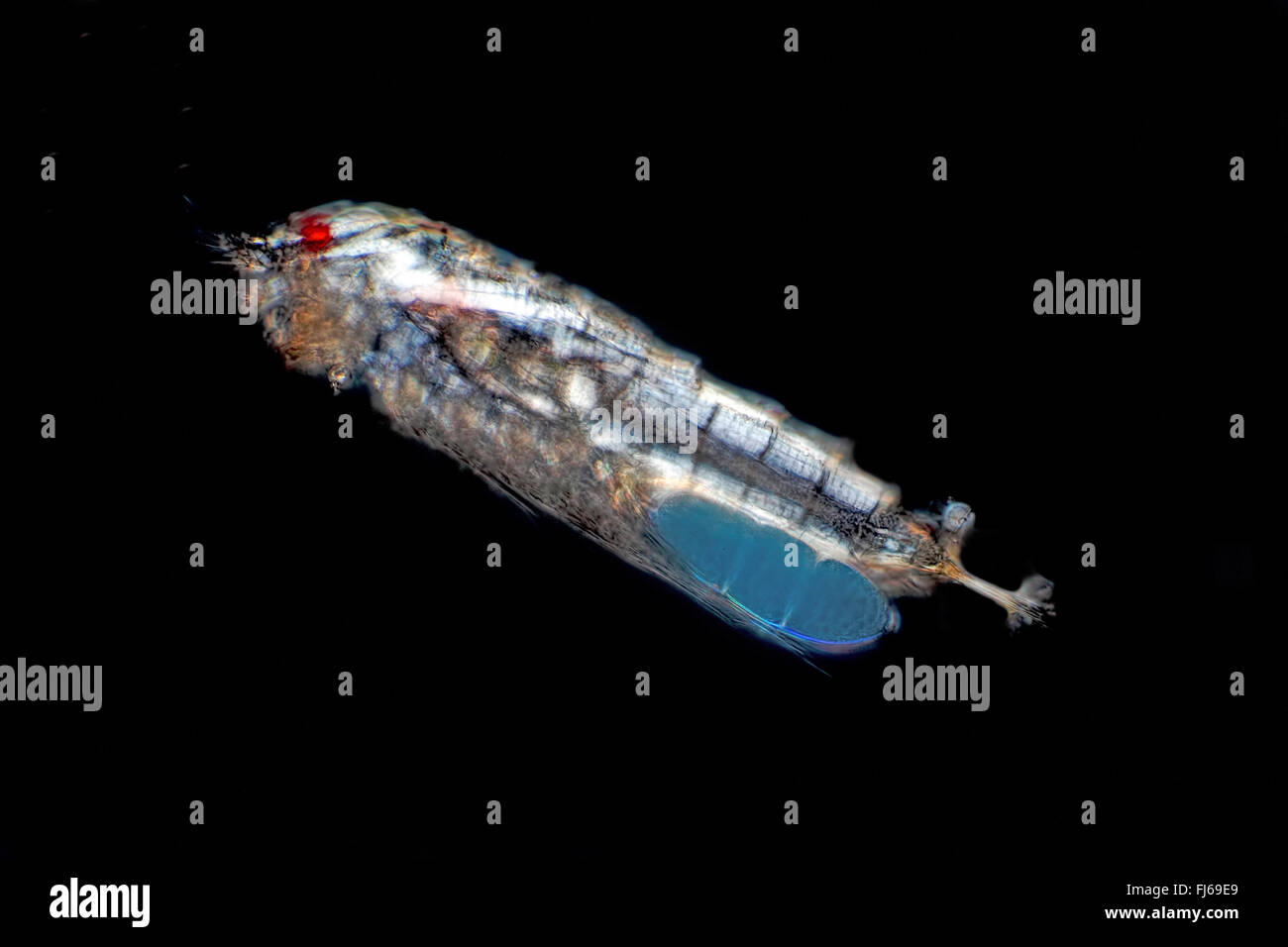 copepods (Copepoda), female Stock Photohttps://www.alamy.com/image-license-details/?v=1https://www.alamy.com/stock-photo-copepods-copepoda-female-97254817.html
copepods (Copepoda), female Stock Photohttps://www.alamy.com/image-license-details/?v=1https://www.alamy.com/stock-photo-copepods-copepoda-female-97254817.htmlRMFJ69E9–copepods (Copepoda), female
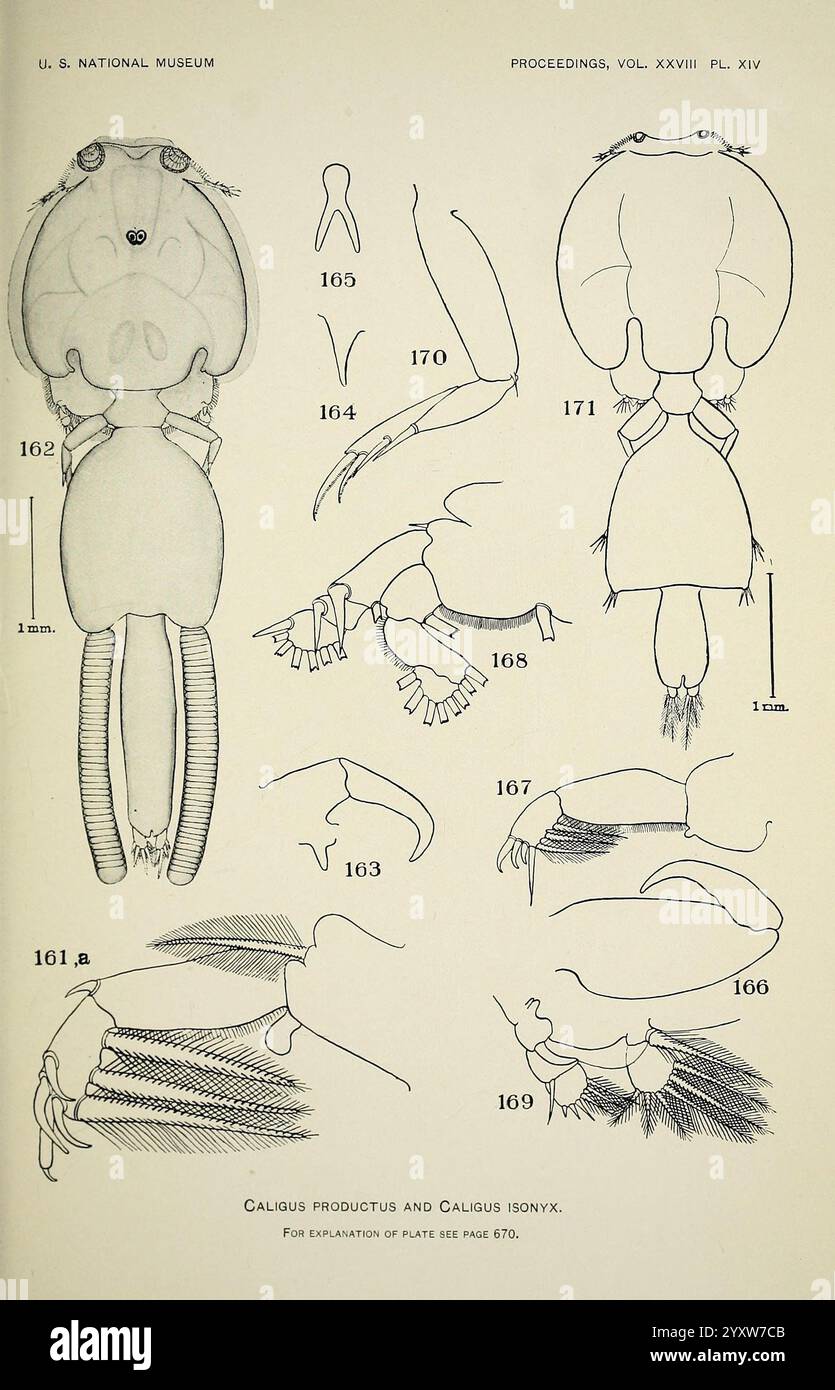 North American parasitic copepods belonging to the family Caligidae 1905 north america copepoda caligidae, The illustration showcases detailed anatomical drawings of the Caligus productus and Caligus isonyx species, highlighting their distinct features. Various views are presented, including dorsal and lateral perspectives of the body structure, appendages, and specialized features. Captions indicate each part's number for reference, facilitating comparison and study of morphological characteristics. The drawing serves as an educational resource, contributing to the understanding of these crus Stock Photohttps://www.alamy.com/image-license-details/?v=1https://www.alamy.com/north-american-parasitic-copepods-belonging-to-the-family-caligidae-1905-north-america-copepoda-caligidae-the-illustration-showcases-detailed-anatomical-drawings-of-the-caligus-productus-and-caligus-isonyx-species-highlighting-their-distinct-features-various-views-are-presented-including-dorsal-and-lateral-perspectives-of-the-body-structure-appendages-and-specialized-features-captions-indicate-each-parts-number-for-reference-facilitating-comparison-and-study-of-morphological-characteristics-the-drawing-serves-as-an-educational-resource-contributing-to-the-understanding-of-these-crus-image636108939.html
North American parasitic copepods belonging to the family Caligidae 1905 north america copepoda caligidae, The illustration showcases detailed anatomical drawings of the Caligus productus and Caligus isonyx species, highlighting their distinct features. Various views are presented, including dorsal and lateral perspectives of the body structure, appendages, and specialized features. Captions indicate each part's number for reference, facilitating comparison and study of morphological characteristics. The drawing serves as an educational resource, contributing to the understanding of these crus Stock Photohttps://www.alamy.com/image-license-details/?v=1https://www.alamy.com/north-american-parasitic-copepods-belonging-to-the-family-caligidae-1905-north-america-copepoda-caligidae-the-illustration-showcases-detailed-anatomical-drawings-of-the-caligus-productus-and-caligus-isonyx-species-highlighting-their-distinct-features-various-views-are-presented-including-dorsal-and-lateral-perspectives-of-the-body-structure-appendages-and-specialized-features-captions-indicate-each-parts-number-for-reference-facilitating-comparison-and-study-of-morphological-characteristics-the-drawing-serves-as-an-educational-resource-contributing-to-the-understanding-of-these-crus-image636108939.htmlRM2YXW7CB–North American parasitic copepods belonging to the family Caligidae 1905 north america copepoda caligidae, The illustration showcases detailed anatomical drawings of the Caligus productus and Caligus isonyx species, highlighting their distinct features. Various views are presented, including dorsal and lateral perspectives of the body structure, appendages, and specialized features. Captions indicate each part's number for reference, facilitating comparison and study of morphological characteristics. The drawing serves as an educational resource, contributing to the understanding of these crus
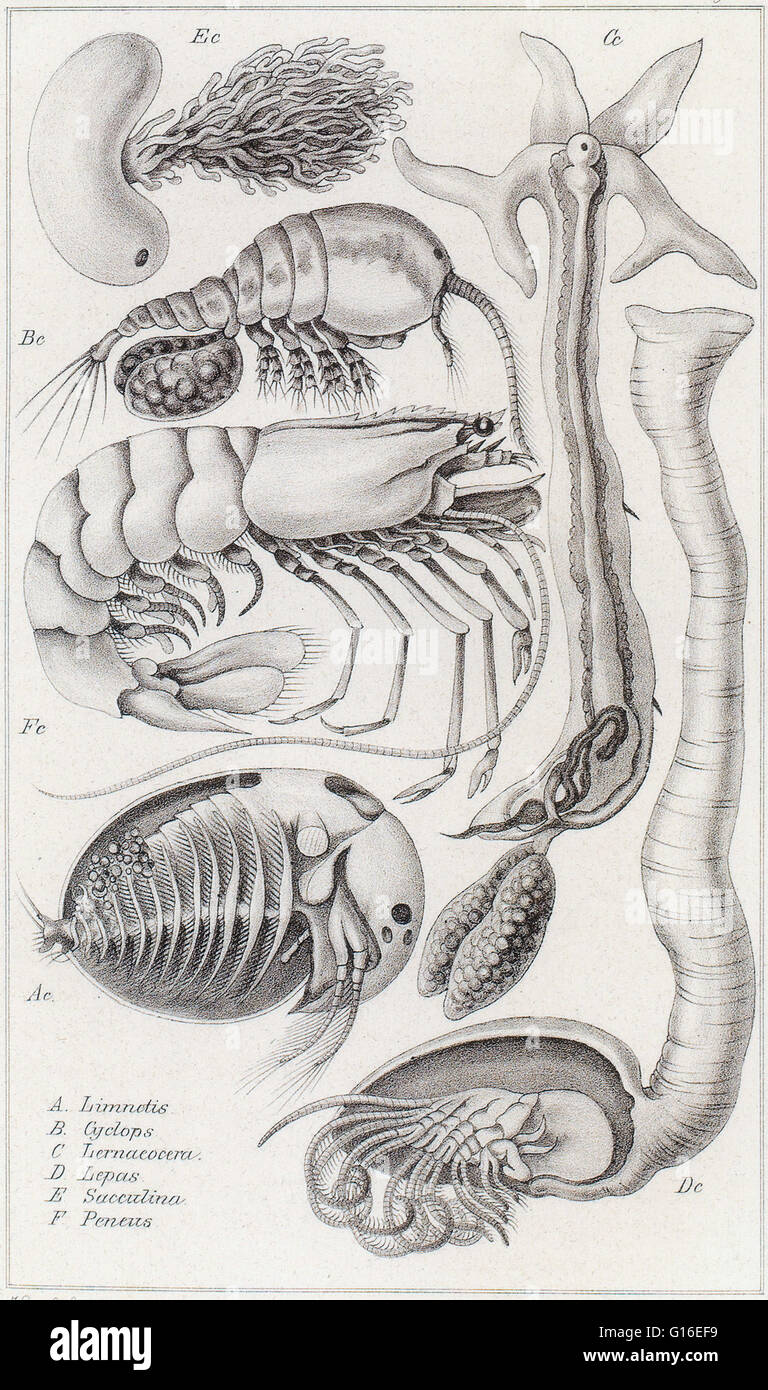 Limnetis (unidentifiable). Cyclops is one of the most common genera of freshwater copepods, comprising over 400 species. Liernaeocera (Lernaeocera) is a genus of marine copepods in the family Pennellidae. Lepas is a genus of goose barnacles in the family Stock Photohttps://www.alamy.com/image-license-details/?v=1https://www.alamy.com/stock-photo-limnetis-unidentifiable-cyclops-is-one-of-the-most-common-genera-of-104019981.html
Limnetis (unidentifiable). Cyclops is one of the most common genera of freshwater copepods, comprising over 400 species. Liernaeocera (Lernaeocera) is a genus of marine copepods in the family Pennellidae. Lepas is a genus of goose barnacles in the family Stock Photohttps://www.alamy.com/image-license-details/?v=1https://www.alamy.com/stock-photo-limnetis-unidentifiable-cyclops-is-one-of-the-most-common-genera-of-104019981.htmlRMG16EF9–Limnetis (unidentifiable). Cyclops is one of the most common genera of freshwater copepods, comprising over 400 species. Liernaeocera (Lernaeocera) is a genus of marine copepods in the family Pennellidae. Lepas is a genus of goose barnacles in the family
![[Digital focus stacking] Marine Planktonic Copepod (Sapphirina sp.) Sapphirina, also called the sea sapphires is a copepod how is diffracting light with his exoskeleton [size of single organism: 1 mm] Stock Photo [Digital focus stacking] Marine Planktonic Copepod (Sapphirina sp.) Sapphirina, also called the sea sapphires is a copepod how is diffracting light with his exoskeleton [size of single organism: 1 mm] Stock Photo](https://c8.alamy.com/comp/2C65YT1/digital-focus-stacking-marine-planktonic-copepod-sapphirina-sp-sapphirina-also-called-the-sea-sapphires-is-a-copepod-how-is-diffracting-light-with-his-exoskeleton-size-of-single-organism-1-mm-2C65YT1.jpg) [Digital focus stacking] Marine Planktonic Copepod (Sapphirina sp.) Sapphirina, also called the sea sapphires is a copepod how is diffracting light with his exoskeleton [size of single organism: 1 mm] Stock Photohttps://www.alamy.com/image-license-details/?v=1https://www.alamy.com/digital-focus-stacking-marine-planktonic-copepod-sapphirina-sp-sapphirina-also-called-the-sea-sapphires-is-a-copepod-how-is-diffracting-light-with-his-exoskeleton-size-of-single-organism-1-mm-image365237265.html
[Digital focus stacking] Marine Planktonic Copepod (Sapphirina sp.) Sapphirina, also called the sea sapphires is a copepod how is diffracting light with his exoskeleton [size of single organism: 1 mm] Stock Photohttps://www.alamy.com/image-license-details/?v=1https://www.alamy.com/digital-focus-stacking-marine-planktonic-copepod-sapphirina-sp-sapphirina-also-called-the-sea-sapphires-is-a-copepod-how-is-diffracting-light-with-his-exoskeleton-size-of-single-organism-1-mm-image365237265.htmlRM2C65YT1–[Digital focus stacking] Marine Planktonic Copepod (Sapphirina sp.) Sapphirina, also called the sea sapphires is a copepod how is diffracting light with his exoskeleton [size of single organism: 1 mm]
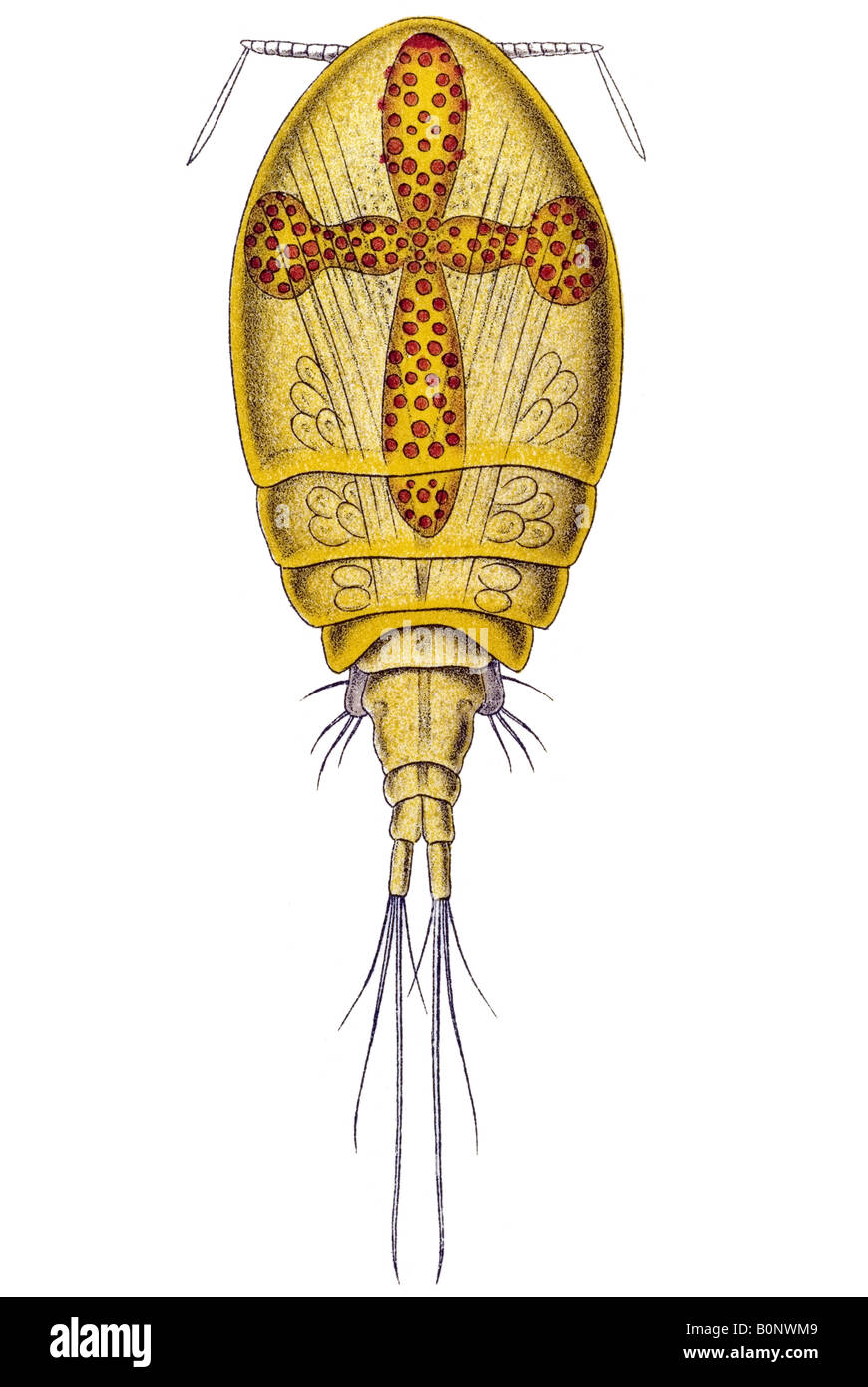 Copepoda Ruderkrebse Name Acontiophorus secutatus Haeckel Kunstformen der Natur art nouveau 20th century Europe Stock Photohttps://www.alamy.com/image-license-details/?v=1https://www.alamy.com/stock-photo-copepoda-ruderkrebse-name-acontiophorus-secutatus-haeckel-kunstformen-17691529.html
Copepoda Ruderkrebse Name Acontiophorus secutatus Haeckel Kunstformen der Natur art nouveau 20th century Europe Stock Photohttps://www.alamy.com/image-license-details/?v=1https://www.alamy.com/stock-photo-copepoda-ruderkrebse-name-acontiophorus-secutatus-haeckel-kunstformen-17691529.htmlRMB0NWM9–Copepoda Ruderkrebse Name Acontiophorus secutatus Haeckel Kunstformen der Natur art nouveau 20th century Europe
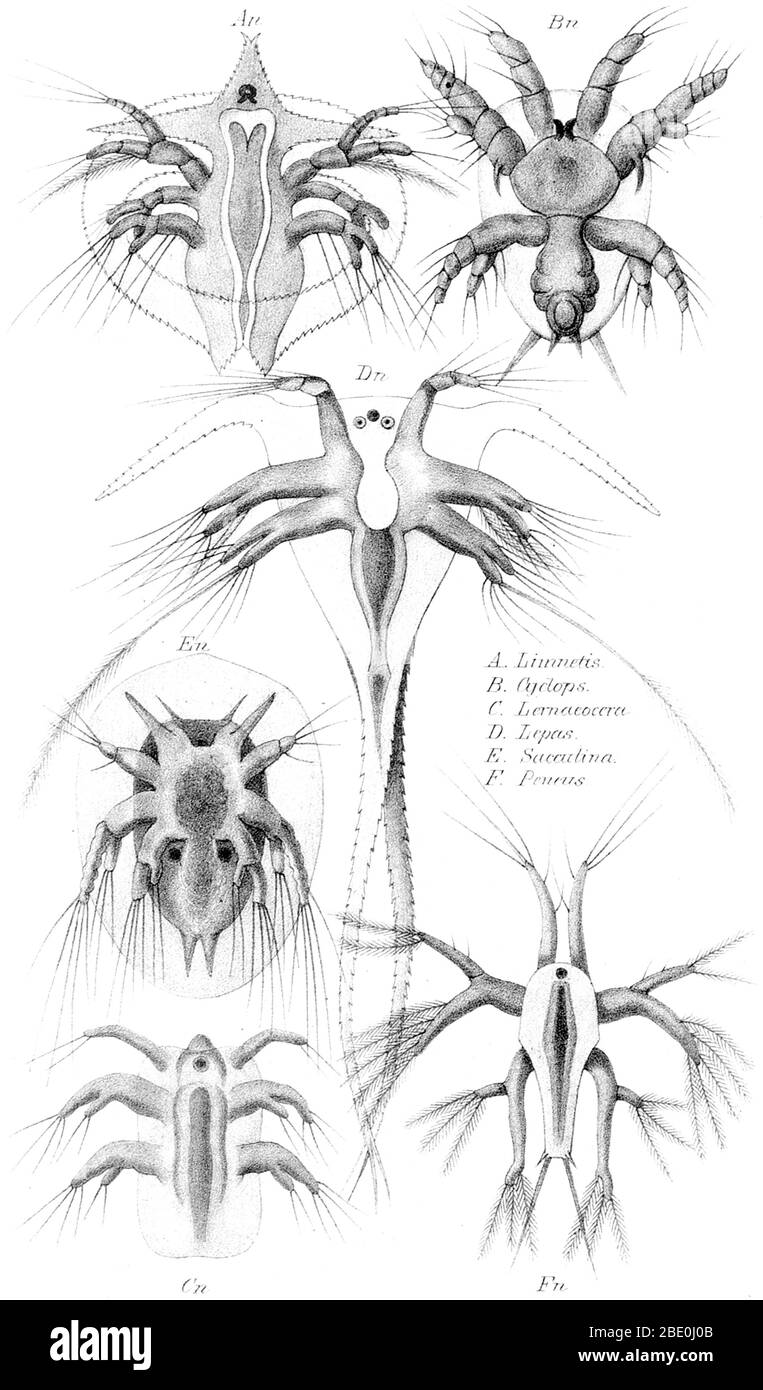 Entitled: 'Nauplius - Youth form of six Crab fish.', plate X from 'The History of Creation' by Ernst Heinrich Philipp August Haeckel, 1884. The genus name Nauplius was published posthumously by Otto Friedrich Müller in 1785 for animals now known to be the larvae of copepods. The nauplius stage (plural: nauplii) is characterized by the use of the appendages of the head (the antennae) for swimming. The nauplius is also the stage at which a simple, unpaired eye first appears. The eye is known for that reason as the naupliar eye, and is often absent in later developmental stages, although it is re Stock Photohttps://www.alamy.com/image-license-details/?v=1https://www.alamy.com/entitled-nauplius-youth-form-of-six-crab-fish-plate-x-from-the-history-of-creation-by-ernst-heinrich-philipp-august-haeckel-1884-the-genus-name-nauplius-was-published-posthumously-by-otto-friedrich-mller-in-1785-for-animals-now-known-to-be-the-larvae-of-copepods-the-nauplius-stage-plural-nauplii-is-characterized-by-the-use-of-the-appendages-of-the-head-the-antennae-for-swimming-the-nauplius-is-also-the-stage-at-which-a-simple-unpaired-eye-first-appears-the-eye-is-known-for-that-reason-as-the-naupliar-eye-and-is-often-absent-in-later-developmental-stages-although-it-is-re-image352826667.html
Entitled: 'Nauplius - Youth form of six Crab fish.', plate X from 'The History of Creation' by Ernst Heinrich Philipp August Haeckel, 1884. The genus name Nauplius was published posthumously by Otto Friedrich Müller in 1785 for animals now known to be the larvae of copepods. The nauplius stage (plural: nauplii) is characterized by the use of the appendages of the head (the antennae) for swimming. The nauplius is also the stage at which a simple, unpaired eye first appears. The eye is known for that reason as the naupliar eye, and is often absent in later developmental stages, although it is re Stock Photohttps://www.alamy.com/image-license-details/?v=1https://www.alamy.com/entitled-nauplius-youth-form-of-six-crab-fish-plate-x-from-the-history-of-creation-by-ernst-heinrich-philipp-august-haeckel-1884-the-genus-name-nauplius-was-published-posthumously-by-otto-friedrich-mller-in-1785-for-animals-now-known-to-be-the-larvae-of-copepods-the-nauplius-stage-plural-nauplii-is-characterized-by-the-use-of-the-appendages-of-the-head-the-antennae-for-swimming-the-nauplius-is-also-the-stage-at-which-a-simple-unpaired-eye-first-appears-the-eye-is-known-for-that-reason-as-the-naupliar-eye-and-is-often-absent-in-later-developmental-stages-although-it-is-re-image352826667.htmlRM2BE0J0B–Entitled: 'Nauplius - Youth form of six Crab fish.', plate X from 'The History of Creation' by Ernst Heinrich Philipp August Haeckel, 1884. The genus name Nauplius was published posthumously by Otto Friedrich Müller in 1785 for animals now known to be the larvae of copepods. The nauplius stage (plural: nauplii) is characterized by the use of the appendages of the head (the antennae) for swimming. The nauplius is also the stage at which a simple, unpaired eye first appears. The eye is known for that reason as the naupliar eye, and is often absent in later developmental stages, although it is re
![captive [Digital focus stacking] Marine Planktonic Copepod (Sapphirina sp.) Sapphirina, also called the sea sapphires is a copepod how is diffracting light with his exoskeleton. Atlantic Ocean, close to Cape Verde Stock Photo captive [Digital focus stacking] Marine Planktonic Copepod (Sapphirina sp.) Sapphirina, also called the sea sapphires is a copepod how is diffracting light with his exoskeleton. Atlantic Ocean, close to Cape Verde Stock Photo](https://c8.alamy.com/comp/2C65YTK/captive-digital-focus-stacking-marine-planktonic-copepod-sapphirina-sp-sapphirina-also-called-the-sea-sapphires-is-a-copepod-how-is-diffracting-light-with-his-exoskeleton-atlantic-ocean-close-to-cape-verde-2C65YTK.jpg) captive [Digital focus stacking] Marine Planktonic Copepod (Sapphirina sp.) Sapphirina, also called the sea sapphires is a copepod how is diffracting light with his exoskeleton. Atlantic Ocean, close to Cape Verde Stock Photohttps://www.alamy.com/image-license-details/?v=1https://www.alamy.com/captive-digital-focus-stacking-marine-planktonic-copepod-sapphirina-sp-sapphirina-also-called-the-sea-sapphires-is-a-copepod-how-is-diffracting-light-with-his-exoskeleton-atlantic-ocean-close-to-cape-verde-image365237283.html
captive [Digital focus stacking] Marine Planktonic Copepod (Sapphirina sp.) Sapphirina, also called the sea sapphires is a copepod how is diffracting light with his exoskeleton. Atlantic Ocean, close to Cape Verde Stock Photohttps://www.alamy.com/image-license-details/?v=1https://www.alamy.com/captive-digital-focus-stacking-marine-planktonic-copepod-sapphirina-sp-sapphirina-also-called-the-sea-sapphires-is-a-copepod-how-is-diffracting-light-with-his-exoskeleton-atlantic-ocean-close-to-cape-verde-image365237283.htmlRM2C65YTK–captive [Digital focus stacking] Marine Planktonic Copepod (Sapphirina sp.) Sapphirina, also called the sea sapphires is a copepod how is diffracting light with his exoskeleton. Atlantic Ocean, close to Cape Verde
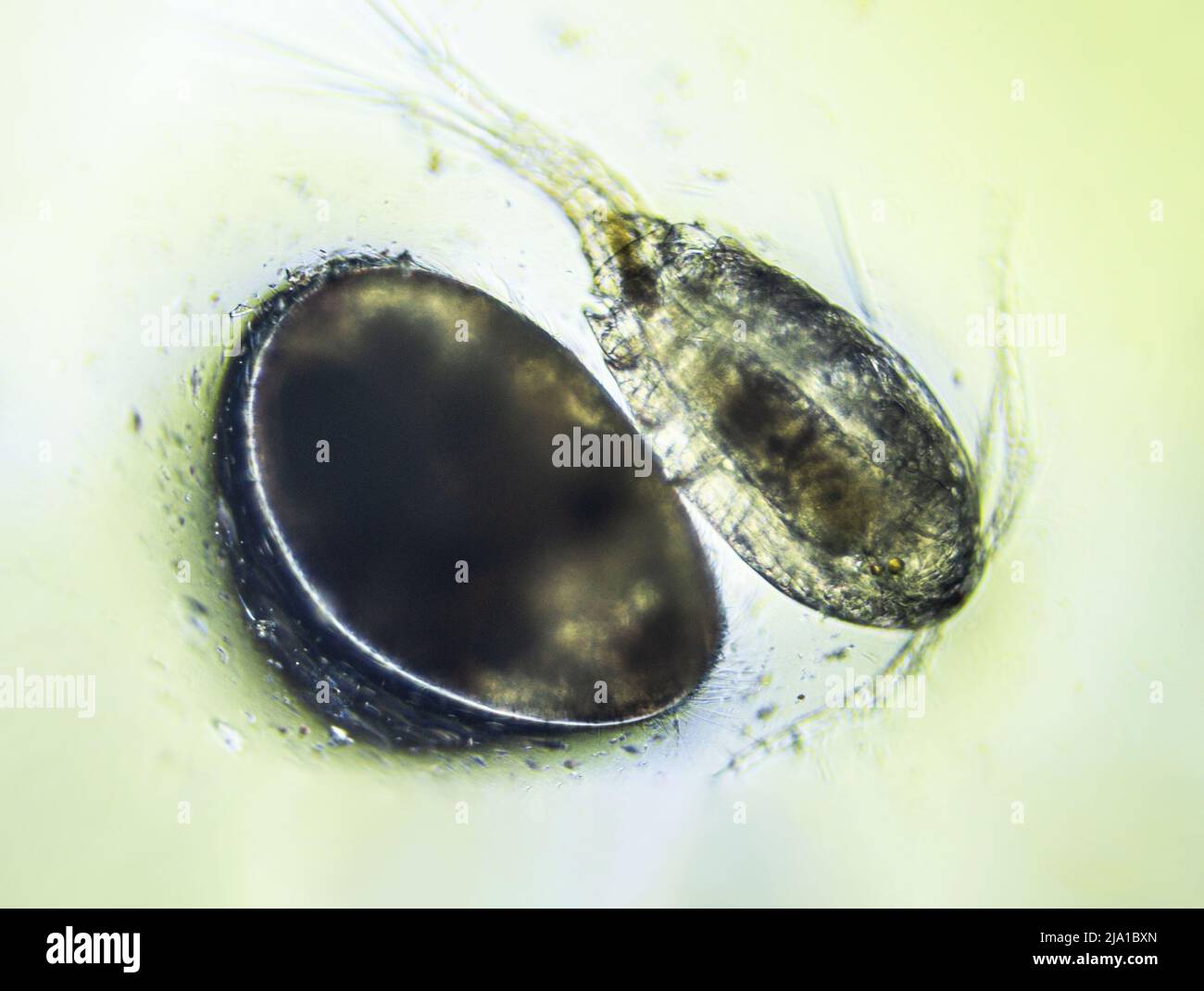 Ostracod and Copepod Cyclops is small crustacean found in freshwater pond. Zooplankton, micro crustacean under the light microscope. Magnification of Stock Photohttps://www.alamy.com/image-license-details/?v=1https://www.alamy.com/ostracod-and-copepod-cyclops-is-small-crustacean-found-in-freshwater-pond-zooplankton-micro-crustacean-under-the-light-microscope-magnification-of-image470857821.html
Ostracod and Copepod Cyclops is small crustacean found in freshwater pond. Zooplankton, micro crustacean under the light microscope. Magnification of Stock Photohttps://www.alamy.com/image-license-details/?v=1https://www.alamy.com/ostracod-and-copepod-cyclops-is-small-crustacean-found-in-freshwater-pond-zooplankton-micro-crustacean-under-the-light-microscope-magnification-of-image470857821.htmlRF2JA1BXN–Ostracod and Copepod Cyclops is small crustacean found in freshwater pond. Zooplankton, micro crustacean under the light microscope. Magnification of
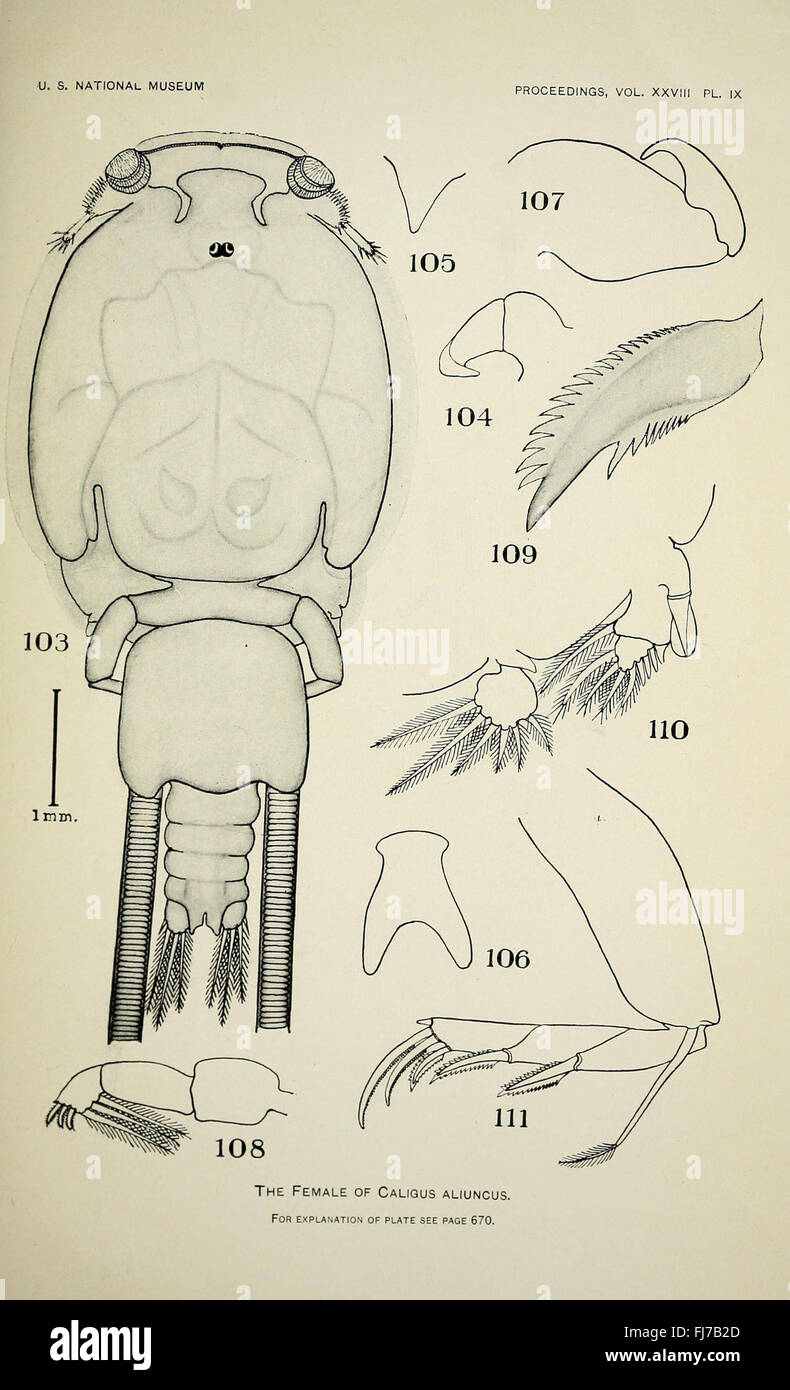 North American parasitic copepods belonging to the family Caligidae (Pl. IX), Caligidae, Copepoda, North America, Smithsonian Institution Libraries Stock Photohttps://www.alamy.com/image-license-details/?v=1https://www.alamy.com/stock-photo-north-american-parasitic-copepods-belonging-to-the-family-caligidae-97278005.html
North American parasitic copepods belonging to the family Caligidae (Pl. IX), Caligidae, Copepoda, North America, Smithsonian Institution Libraries Stock Photohttps://www.alamy.com/image-license-details/?v=1https://www.alamy.com/stock-photo-north-american-parasitic-copepods-belonging-to-the-family-caligidae-97278005.htmlRMFJ7B2D–North American parasitic copepods belonging to the family Caligidae (Pl. IX), Caligidae, Copepoda, North America, Smithsonian Institution Libraries
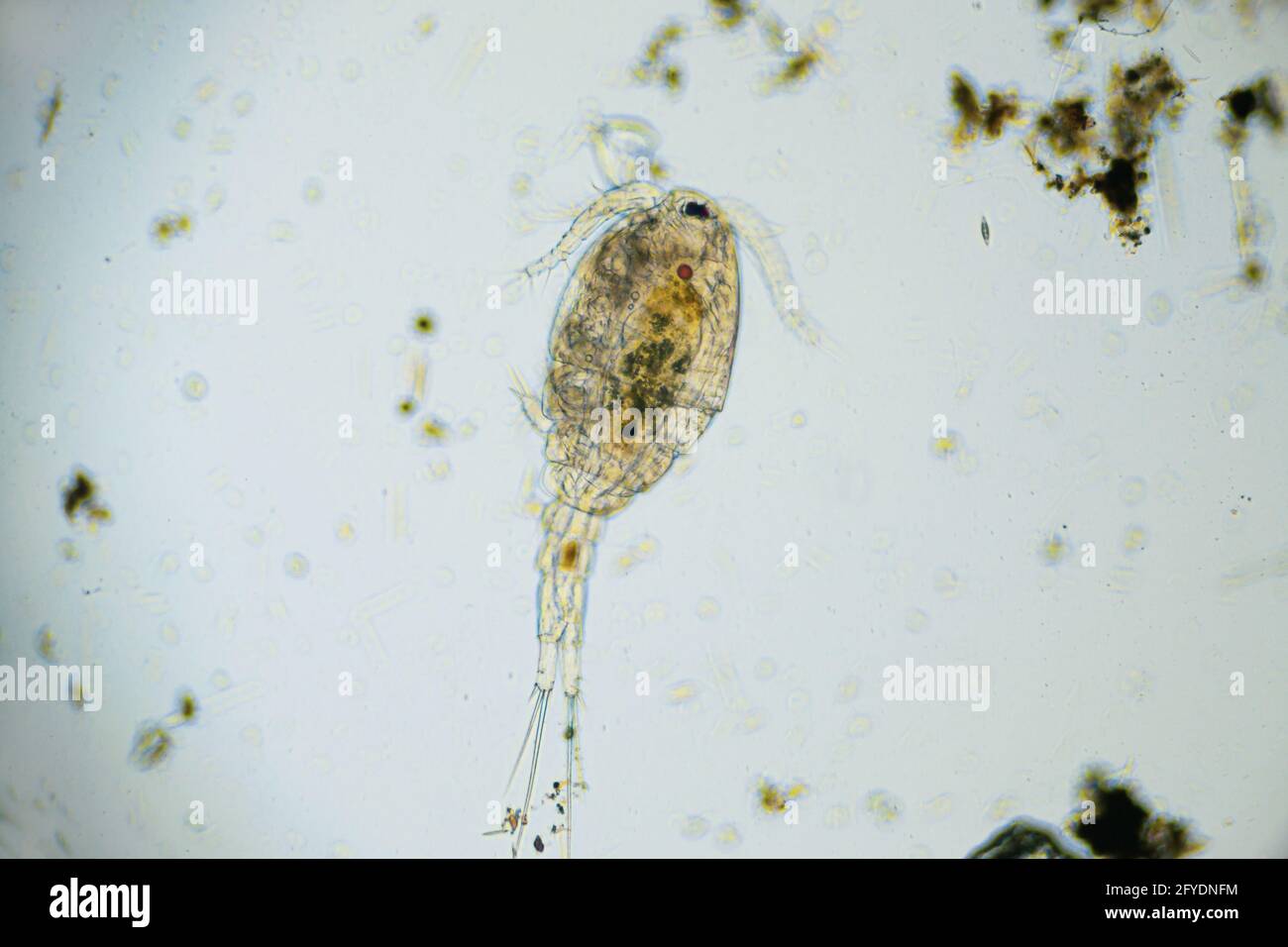 Copepod Cyclops is small crustacean found in freshwater pond. Zooplankton, micro crustacean under the light microscope. Magnification of 100 times, mi Stock Photohttps://www.alamy.com/image-license-details/?v=1https://www.alamy.com/copepod-cyclops-is-small-crustacean-found-in-freshwater-pond-zooplankton-micro-crustacean-under-the-light-microscope-magnification-of-100-times-mi-image429946824.html
Copepod Cyclops is small crustacean found in freshwater pond. Zooplankton, micro crustacean under the light microscope. Magnification of 100 times, mi Stock Photohttps://www.alamy.com/image-license-details/?v=1https://www.alamy.com/copepod-cyclops-is-small-crustacean-found-in-freshwater-pond-zooplankton-micro-crustacean-under-the-light-microscope-magnification-of-100-times-mi-image429946824.htmlRF2FYDNFM–Copepod Cyclops is small crustacean found in freshwater pond. Zooplankton, micro crustacean under the light microscope. Magnification of 100 times, mi
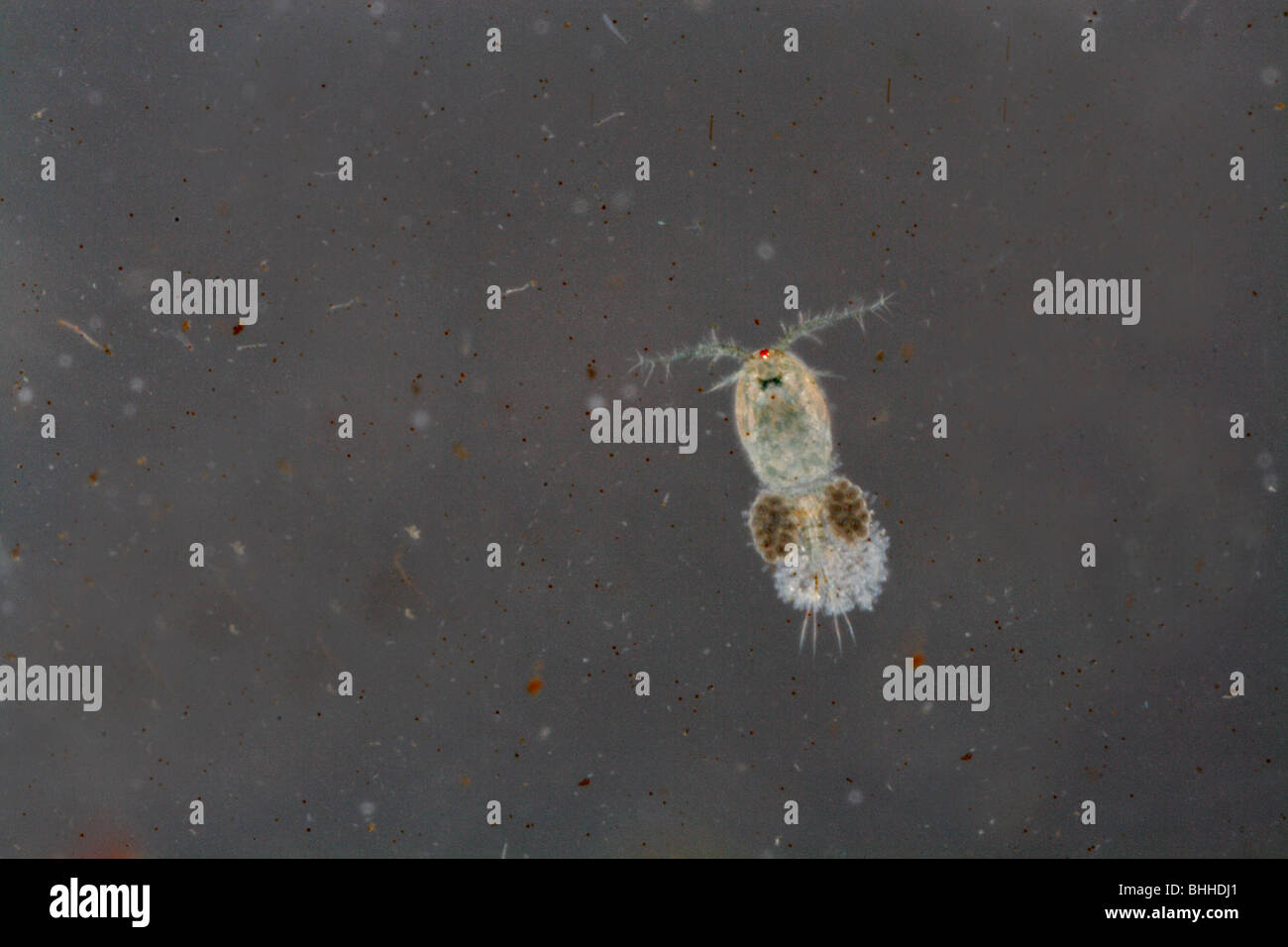 Calanoid copepod, close-up, Sweden. Stock Photohttps://www.alamy.com/image-license-details/?v=1https://www.alamy.com/stock-photo-calanoid-copepod-close-up-sweden-28043401.html
Calanoid copepod, close-up, Sweden. Stock Photohttps://www.alamy.com/image-license-details/?v=1https://www.alamy.com/stock-photo-calanoid-copepod-close-up-sweden-28043401.htmlRFBHHDJ1–Calanoid copepod, close-up, Sweden.
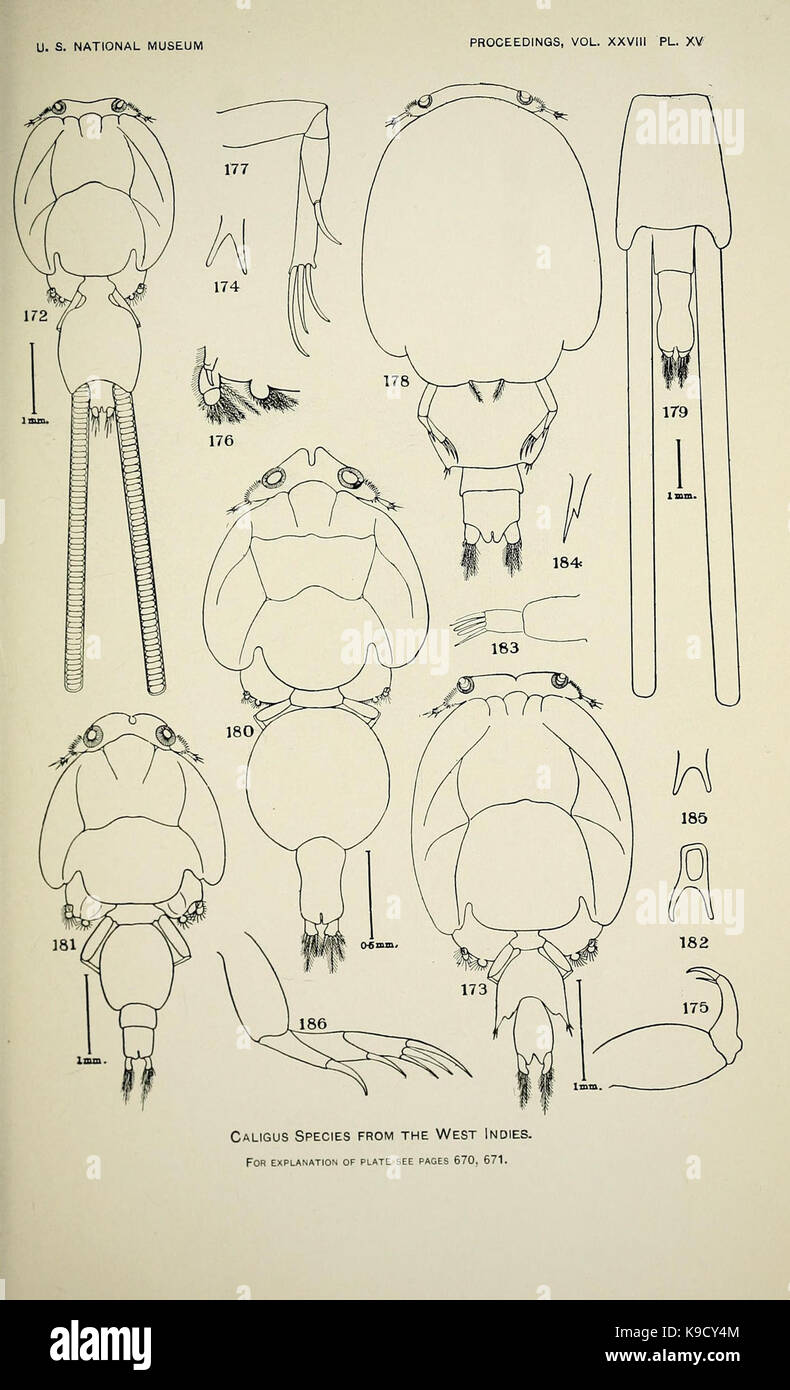 North American parasitic copepods belonging to the family Caligidae (Pl. XV) (8251651813) Stock Photohttps://www.alamy.com/image-license-details/?v=1https://www.alamy.com/stock-image-north-american-parasitic-copepods-belonging-to-the-family-caligidae-160709940.html
North American parasitic copepods belonging to the family Caligidae (Pl. XV) (8251651813) Stock Photohttps://www.alamy.com/image-license-details/?v=1https://www.alamy.com/stock-image-north-american-parasitic-copepods-belonging-to-the-family-caligidae-160709940.htmlRMK9CY4M–North American parasitic copepods belonging to the family Caligidae (Pl. XV) (8251651813)
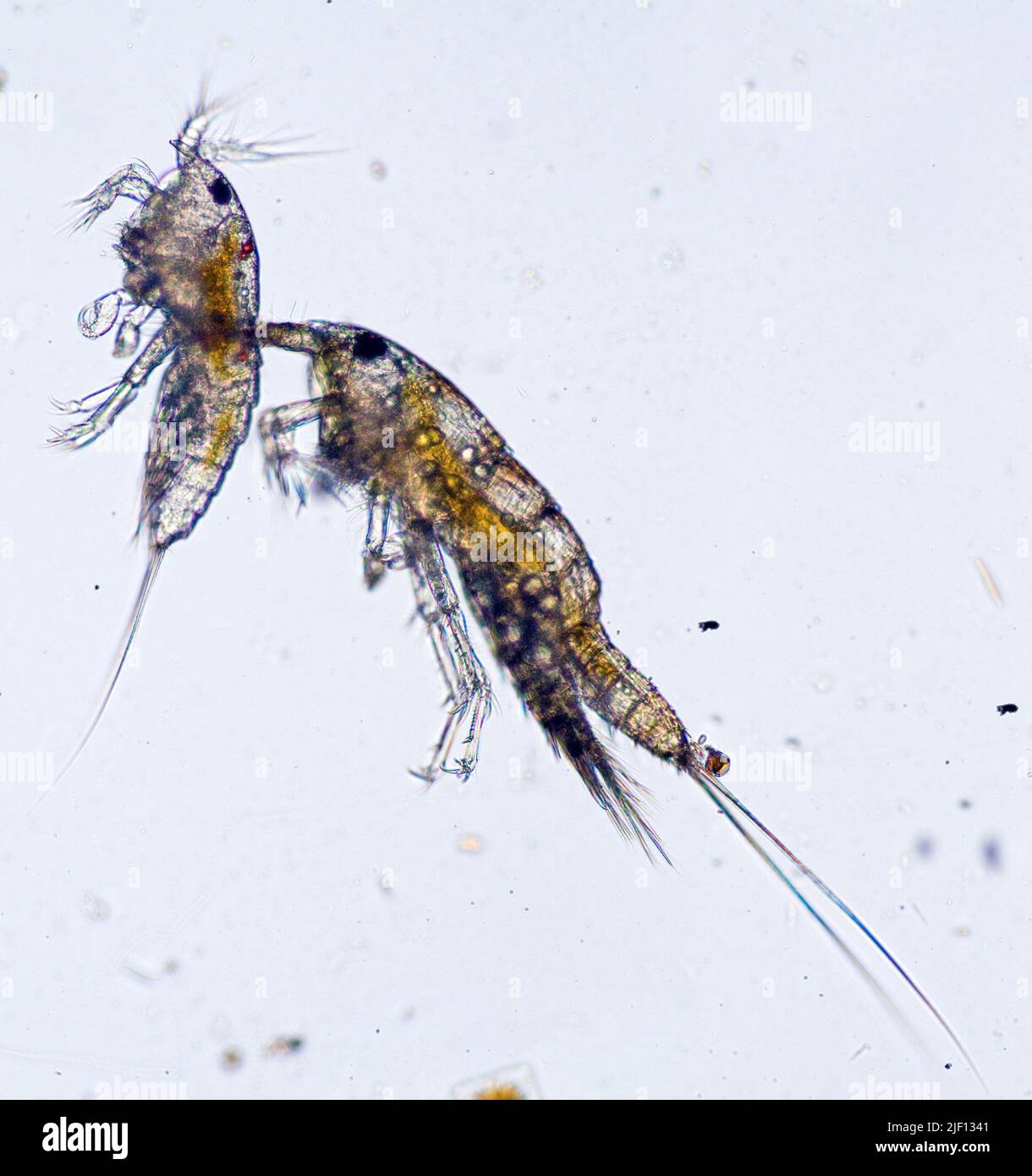 Couple of Harpacticoid Copepods. Stock Photohttps://www.alamy.com/image-license-details/?v=1https://www.alamy.com/couple-of-harpacticoid-copepods-image473924193.html
Couple of Harpacticoid Copepods. Stock Photohttps://www.alamy.com/image-license-details/?v=1https://www.alamy.com/couple-of-harpacticoid-copepods-image473924193.htmlRM2JF1341–Couple of Harpacticoid Copepods.
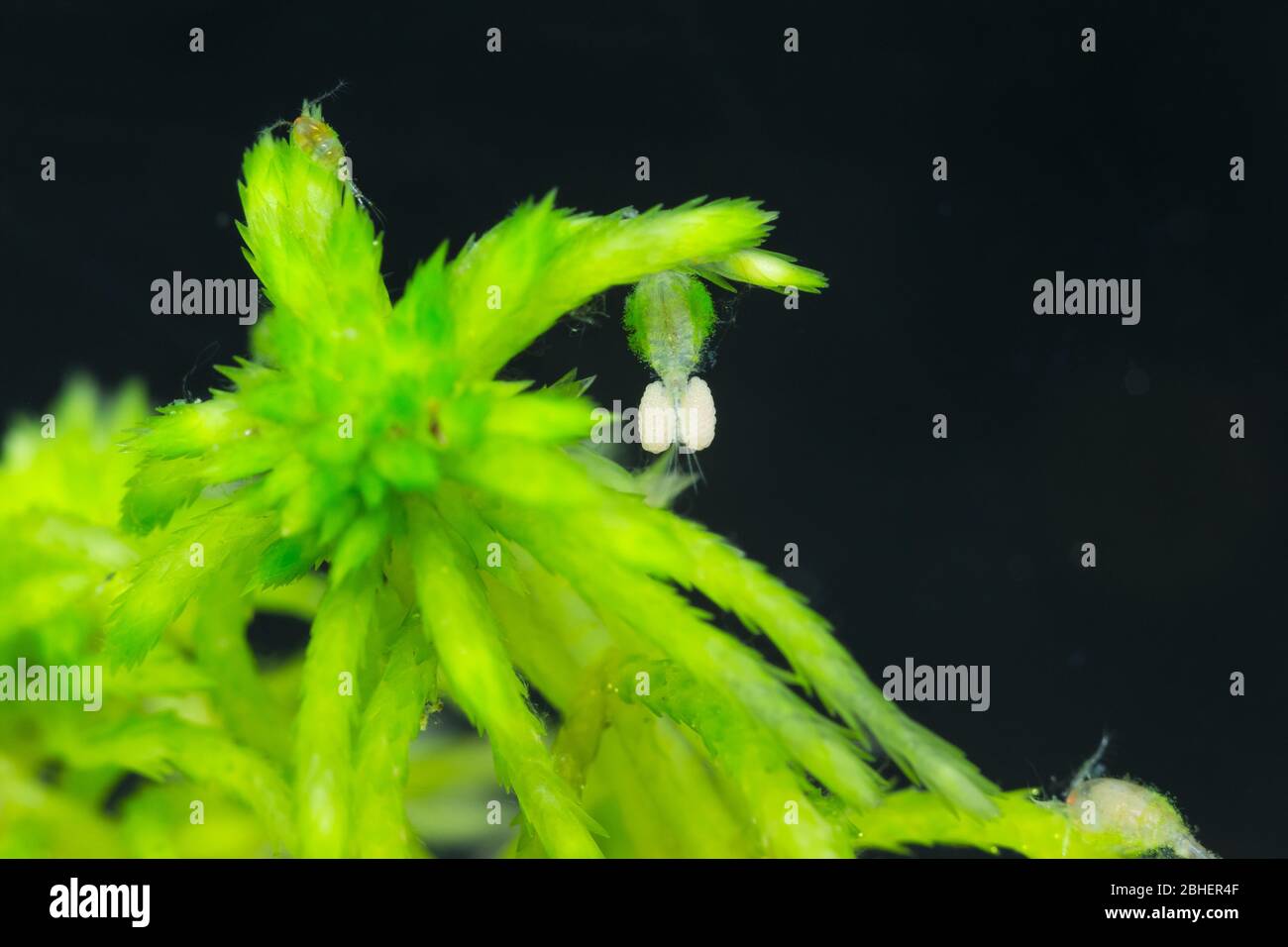 Freshwater copepod (Cyclops sp) Stock Photohttps://www.alamy.com/image-license-details/?v=1https://www.alamy.com/freshwater-copepod-cyclops-sp-image354981999.html
Freshwater copepod (Cyclops sp) Stock Photohttps://www.alamy.com/image-license-details/?v=1https://www.alamy.com/freshwater-copepod-cyclops-sp-image354981999.htmlRF2BHER4F–Freshwater copepod (Cyclops sp)
 . The Copepoda of the Siboga expedition. Copepoda. Siboga-Expeditie XXIX a. A. Scott. Copepods XLIX.. â AiuWeui Sco^.itV. Please note that these images are extracted from scanned page images that may have been digitally enhanced for readability - coloration and appearance of these illustrations may not perfectly resemble the original work.. Scott, Andrew. Leyden, Late E. J. Brill Stock Photohttps://www.alamy.com/image-license-details/?v=1https://www.alamy.com/the-copepoda-of-the-siboga-expedition-copepoda-siboga-expeditie-xxix-a-a-scott-copepods-xlix-aiuweui-scoitv-please-note-that-these-images-are-extracted-from-scanned-page-images-that-may-have-been-digitally-enhanced-for-readability-coloration-and-appearance-of-these-illustrations-may-not-perfectly-resemble-the-original-work-scott-andrew-leyden-late-e-j-brill-image232514006.html
. The Copepoda of the Siboga expedition. Copepoda. Siboga-Expeditie XXIX a. A. Scott. Copepods XLIX.. â AiuWeui Sco^.itV. Please note that these images are extracted from scanned page images that may have been digitally enhanced for readability - coloration and appearance of these illustrations may not perfectly resemble the original work.. Scott, Andrew. Leyden, Late E. J. Brill Stock Photohttps://www.alamy.com/image-license-details/?v=1https://www.alamy.com/the-copepoda-of-the-siboga-expedition-copepoda-siboga-expeditie-xxix-a-a-scott-copepods-xlix-aiuweui-scoitv-please-note-that-these-images-are-extracted-from-scanned-page-images-that-may-have-been-digitally-enhanced-for-readability-coloration-and-appearance-of-these-illustrations-may-not-perfectly-resemble-the-original-work-scott-andrew-leyden-late-e-j-brill-image232514006.htmlRMRE7WYJ–. The Copepoda of the Siboga expedition. Copepoda. Siboga-Expeditie XXIX a. A. Scott. Copepods XLIX.. â AiuWeui Sco^.itV. Please note that these images are extracted from scanned page images that may have been digitally enhanced for readability - coloration and appearance of these illustrations may not perfectly resemble the original work.. Scott, Andrew. Leyden, Late E. J. Brill
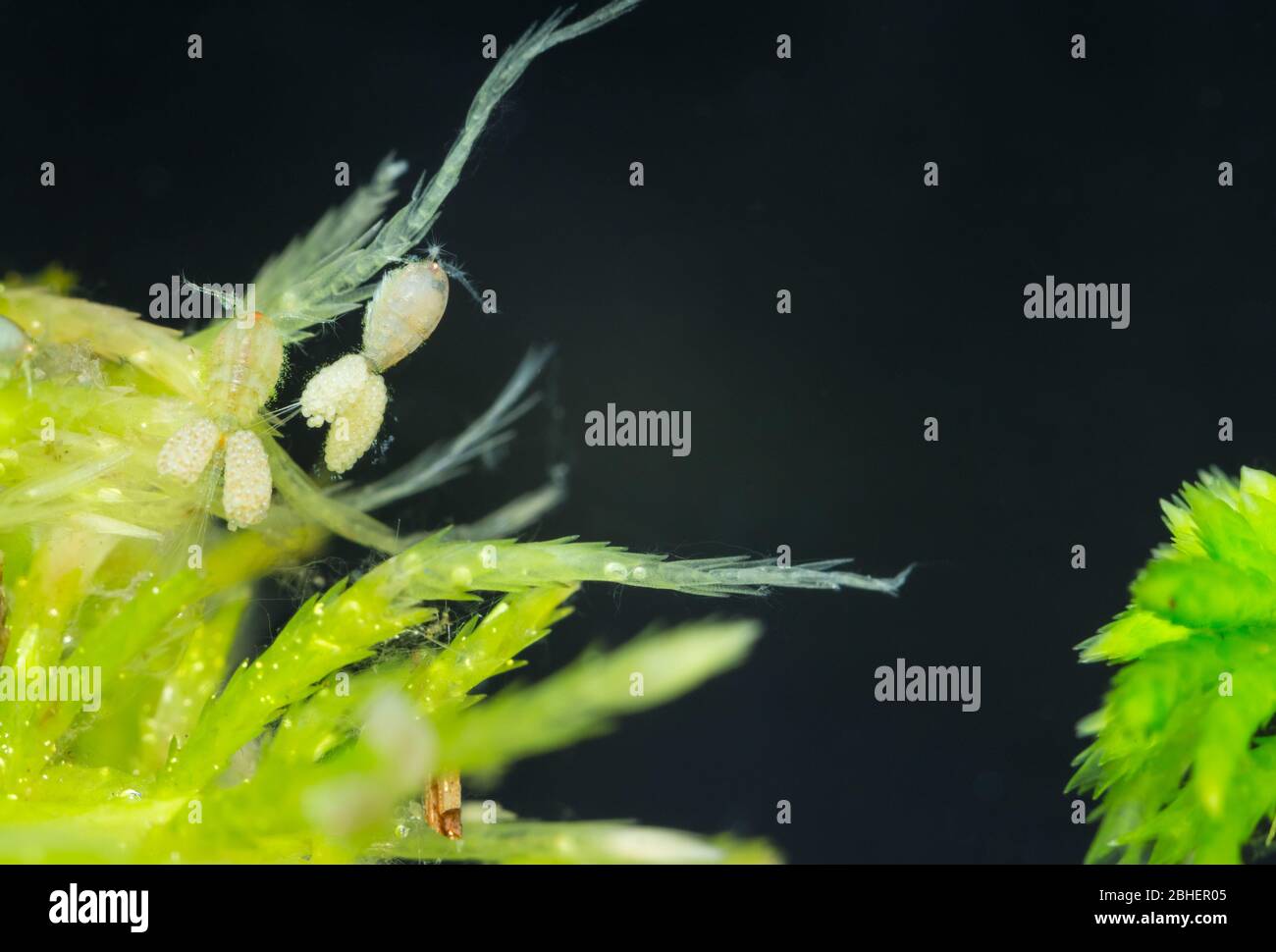 Freshwater copepod (Cyclops sp) Stock Photohttps://www.alamy.com/image-license-details/?v=1https://www.alamy.com/freshwater-copepod-cyclops-sp-image354981877.html
Freshwater copepod (Cyclops sp) Stock Photohttps://www.alamy.com/image-license-details/?v=1https://www.alamy.com/freshwater-copepod-cyclops-sp-image354981877.htmlRF2BHER05–Freshwater copepod (Cyclops sp)
 Wolfsnout Goby, Luposicya lupus, with Copepod attached, spiralling egg ducts of Copepod visible, Lankayan, Sabah, Malaysia. Stock Photohttps://www.alamy.com/image-license-details/?v=1https://www.alamy.com/stock-photo-wolfsnout-goby-luposicya-lupus-with-copepod-attached-spiralling-egg-33708957.html
Wolfsnout Goby, Luposicya lupus, with Copepod attached, spiralling egg ducts of Copepod visible, Lankayan, Sabah, Malaysia. Stock Photohttps://www.alamy.com/image-license-details/?v=1https://www.alamy.com/stock-photo-wolfsnout-goby-luposicya-lupus-with-copepod-attached-spiralling-egg-33708957.htmlRMBXRG39–Wolfsnout Goby, Luposicya lupus, with Copepod attached, spiralling egg ducts of Copepod visible, Lankayan, Sabah, Malaysia.
 Archive image from page 65 of The Danish Ingolf-Expedition (1915). The Danish Ingolf-Expedition danishingolfexpe19150304ingo Year: 1915 58 COPEPODA Introductory Remarks. The material which I have examined of this species has been very big, as it is one of the most abundant and widely distributed plancton-copepods of the northern seas; it was therefore quite necessary for me to try to solve the question, whether different or only a single species alike to Pseudocalaniis minutus exist; unfortimately the result of my investigations is not quite satisfactory. Sars has been the first, who has poin Stock Photohttps://www.alamy.com/image-license-details/?v=1https://www.alamy.com/archive-image-from-page-65-of-the-danish-ingolf-expedition-1915-the-danish-ingolf-expedition-danishingolfexpe19150304ingo-year-1915-58-copepoda-introductory-remarks-the-material-which-i-have-examined-of-this-species-has-been-very-big-as-it-is-one-of-the-most-abundant-and-widely-distributed-plancton-copepods-of-the-northern-seas-it-was-therefore-quite-necessary-for-me-to-try-to-solve-the-question-whether-different-or-only-a-single-species-alike-to-pseudocalaniis-minutus-exist-unfortimately-the-result-of-my-investigations-is-not-quite-satisfactory-sars-has-been-the-first-who-has-poin-image259289443.html
Archive image from page 65 of The Danish Ingolf-Expedition (1915). The Danish Ingolf-Expedition danishingolfexpe19150304ingo Year: 1915 58 COPEPODA Introductory Remarks. The material which I have examined of this species has been very big, as it is one of the most abundant and widely distributed plancton-copepods of the northern seas; it was therefore quite necessary for me to try to solve the question, whether different or only a single species alike to Pseudocalaniis minutus exist; unfortimately the result of my investigations is not quite satisfactory. Sars has been the first, who has poin Stock Photohttps://www.alamy.com/image-license-details/?v=1https://www.alamy.com/archive-image-from-page-65-of-the-danish-ingolf-expedition-1915-the-danish-ingolf-expedition-danishingolfexpe19150304ingo-year-1915-58-copepoda-introductory-remarks-the-material-which-i-have-examined-of-this-species-has-been-very-big-as-it-is-one-of-the-most-abundant-and-widely-distributed-plancton-copepods-of-the-northern-seas-it-was-therefore-quite-necessary-for-me-to-try-to-solve-the-question-whether-different-or-only-a-single-species-alike-to-pseudocalaniis-minutus-exist-unfortimately-the-result-of-my-investigations-is-not-quite-satisfactory-sars-has-been-the-first-who-has-poin-image259289443.htmlRMW1RJ97–Archive image from page 65 of The Danish Ingolf-Expedition (1915). The Danish Ingolf-Expedition danishingolfexpe19150304ingo Year: 1915 58 COPEPODA Introductory Remarks. The material which I have examined of this species has been very big, as it is one of the most abundant and widely distributed plancton-copepods of the northern seas; it was therefore quite necessary for me to try to solve the question, whether different or only a single species alike to Pseudocalaniis minutus exist; unfortimately the result of my investigations is not quite satisfactory. Sars has been the first, who has poin
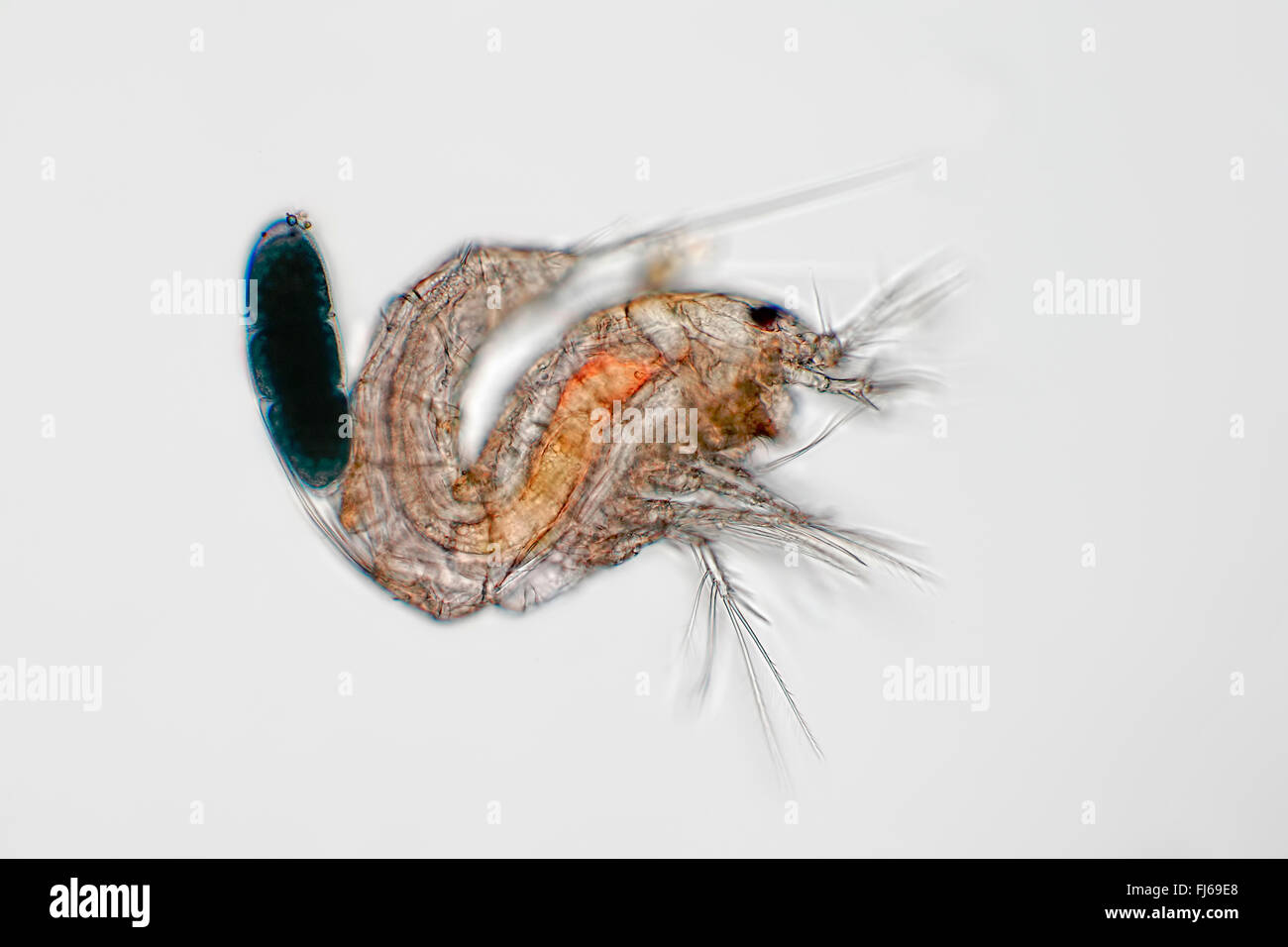 copepods (Copepoda), female Stock Photohttps://www.alamy.com/image-license-details/?v=1https://www.alamy.com/stock-photo-copepods-copepoda-female-97254816.html
copepods (Copepoda), female Stock Photohttps://www.alamy.com/image-license-details/?v=1https://www.alamy.com/stock-photo-copepods-copepoda-female-97254816.htmlRMFJ69E8–copepods (Copepoda), female
 North American parasitic copepods, belonging to the family Caligidae, Washington, Govt. Print, 1905-, North America, Copepoda, Caligidae, The illustration showcases detailed anatomical diagrams of the male and female specimens of Lepidopterus dissimulatus. Each labeled figure highlights various aspects of their morphology, including dorsal and ventral views, head structures, and appendages. The illustration serves as a scientific reference for studying the characteristics and differences between the sexes, with clear numbering for identification of specific features and parts, contributing to Stock Photohttps://www.alamy.com/image-license-details/?v=1https://www.alamy.com/north-american-parasitic-copepods-belonging-to-the-family-caligidae-washington-govt-print-1905-north-america-copepoda-caligidae-the-illustration-showcases-detailed-anatomical-diagrams-of-the-male-and-female-specimens-of-lepidopterus-dissimulatus-each-labeled-figure-highlights-various-aspects-of-their-morphology-including-dorsal-and-ventral-views-head-structures-and-appendages-the-illustration-serves-as-a-scientific-reference-for-studying-the-characteristics-and-differences-between-the-sexes-with-clear-numbering-for-identification-of-specific-features-and-parts-contributing-to-image636110961.html
North American parasitic copepods, belonging to the family Caligidae, Washington, Govt. Print, 1905-, North America, Copepoda, Caligidae, The illustration showcases detailed anatomical diagrams of the male and female specimens of Lepidopterus dissimulatus. Each labeled figure highlights various aspects of their morphology, including dorsal and ventral views, head structures, and appendages. The illustration serves as a scientific reference for studying the characteristics and differences between the sexes, with clear numbering for identification of specific features and parts, contributing to Stock Photohttps://www.alamy.com/image-license-details/?v=1https://www.alamy.com/north-american-parasitic-copepods-belonging-to-the-family-caligidae-washington-govt-print-1905-north-america-copepoda-caligidae-the-illustration-showcases-detailed-anatomical-diagrams-of-the-male-and-female-specimens-of-lepidopterus-dissimulatus-each-labeled-figure-highlights-various-aspects-of-their-morphology-including-dorsal-and-ventral-views-head-structures-and-appendages-the-illustration-serves-as-a-scientific-reference-for-studying-the-characteristics-and-differences-between-the-sexes-with-clear-numbering-for-identification-of-specific-features-and-parts-contributing-to-image636110961.htmlRM2YXWA0H–North American parasitic copepods, belonging to the family Caligidae, Washington, Govt. Print, 1905-, North America, Copepoda, Caligidae, The illustration showcases detailed anatomical diagrams of the male and female specimens of Lepidopterus dissimulatus. Each labeled figure highlights various aspects of their morphology, including dorsal and ventral views, head structures, and appendages. The illustration serves as a scientific reference for studying the characteristics and differences between the sexes, with clear numbering for identification of specific features and parts, contributing to
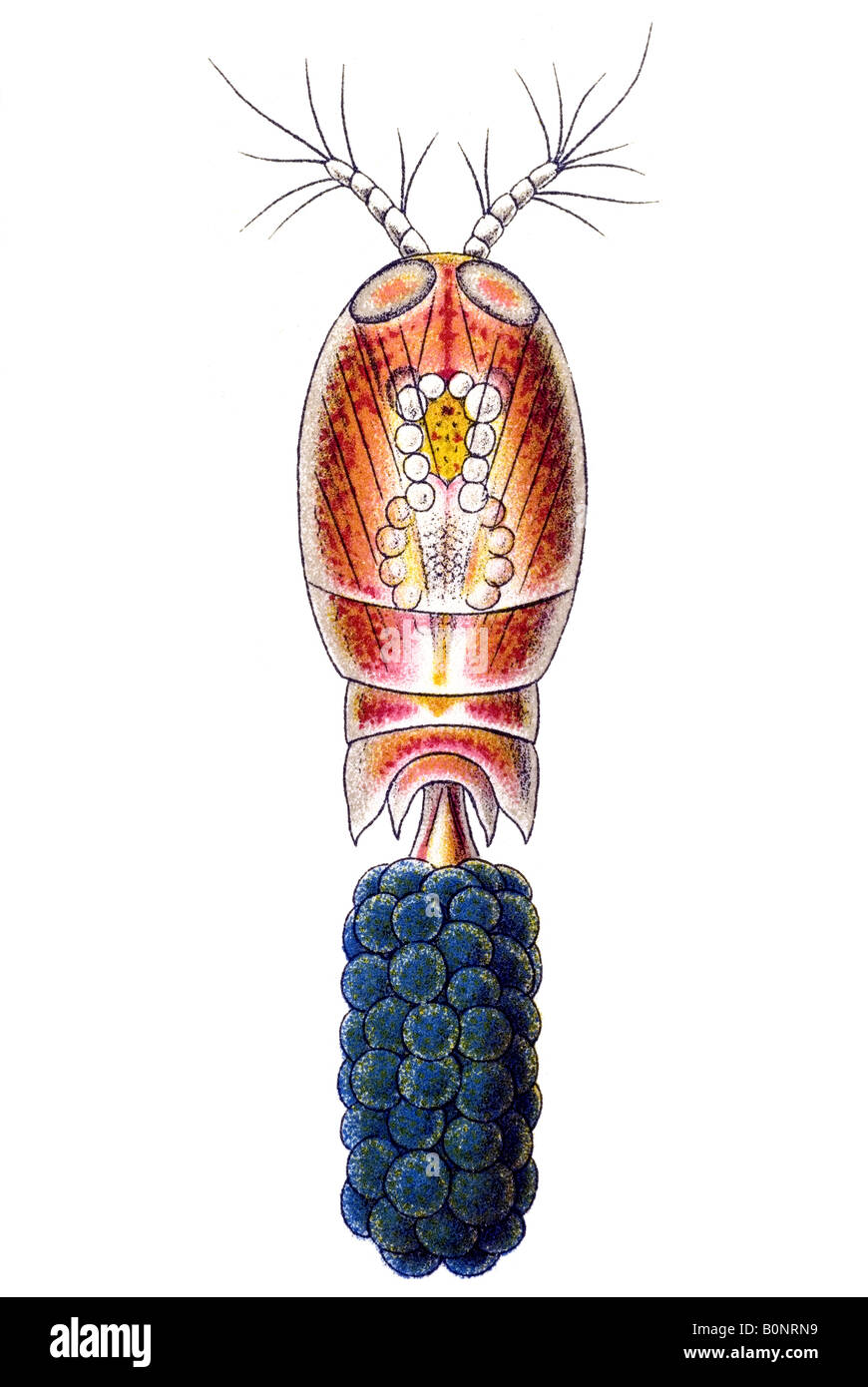 Copepoda Ruderkrebse Name Corycaeus venustus Haeckel Kunstformen der Natur art nouveau 20th century Europe Stock Photohttps://www.alamy.com/image-license-details/?v=1https://www.alamy.com/stock-photo-copepoda-ruderkrebse-name-corycaeus-venustus-haeckel-kunstformen-der-17689989.html
Copepoda Ruderkrebse Name Corycaeus venustus Haeckel Kunstformen der Natur art nouveau 20th century Europe Stock Photohttps://www.alamy.com/image-license-details/?v=1https://www.alamy.com/stock-photo-copepoda-ruderkrebse-name-corycaeus-venustus-haeckel-kunstformen-der-17689989.htmlRMB0NRN9–Copepoda Ruderkrebse Name Corycaeus venustus Haeckel Kunstformen der Natur art nouveau 20th century Europe
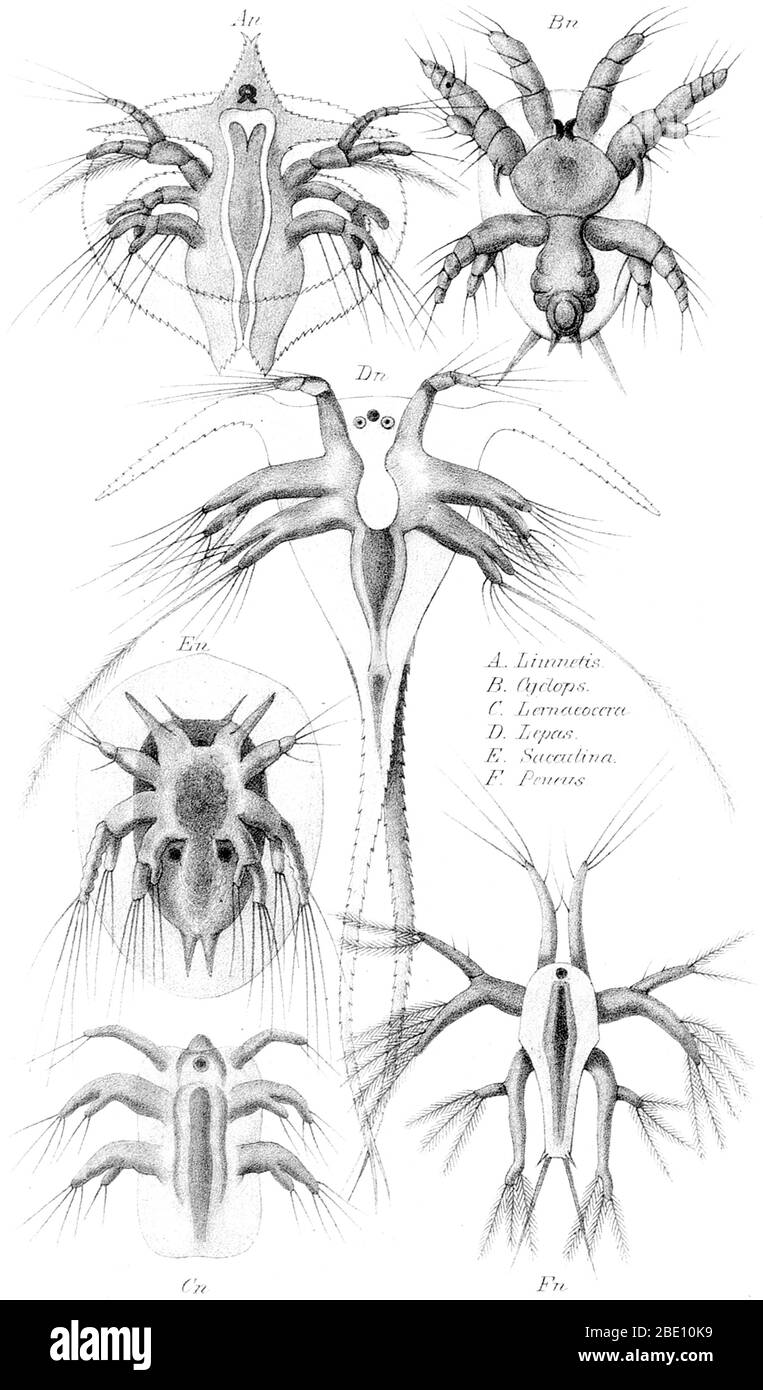 Entitled: 'Nauplius - Youth form of six Crab fish.', plate X from 'The History of Creation' by Ernst Heinrich Philipp August Haeckel, 1884. The genus name Nauplius was published posthumously by Otto Friedrich Müller in 1785 for animals now known to be the larvae of copepods. The nauplius stage (plural: nauplii) is characterized by the use of the appendages of the head (the antennae) for swimming. The nauplius is also the stage at which a simple, unpaired eye first appears. The eye is known for that reason as the naupliar eye, and is often absent in later developmental stages, although it is re Stock Photohttps://www.alamy.com/image-license-details/?v=1https://www.alamy.com/entitled-nauplius-youth-form-of-six-crab-fish-plate-x-from-the-history-of-creation-by-ernst-heinrich-philipp-august-haeckel-1884-the-genus-name-nauplius-was-published-posthumously-by-otto-friedrich-mller-in-1785-for-animals-now-known-to-be-the-larvae-of-copepods-the-nauplius-stage-plural-nauplii-is-characterized-by-the-use-of-the-appendages-of-the-head-the-antennae-for-swimming-the-nauplius-is-also-the-stage-at-which-a-simple-unpaired-eye-first-appears-the-eye-is-known-for-that-reason-as-the-naupliar-eye-and-is-often-absent-in-later-developmental-stages-although-it-is-re-image352835037.html
Entitled: 'Nauplius - Youth form of six Crab fish.', plate X from 'The History of Creation' by Ernst Heinrich Philipp August Haeckel, 1884. The genus name Nauplius was published posthumously by Otto Friedrich Müller in 1785 for animals now known to be the larvae of copepods. The nauplius stage (plural: nauplii) is characterized by the use of the appendages of the head (the antennae) for swimming. The nauplius is also the stage at which a simple, unpaired eye first appears. The eye is known for that reason as the naupliar eye, and is often absent in later developmental stages, although it is re Stock Photohttps://www.alamy.com/image-license-details/?v=1https://www.alamy.com/entitled-nauplius-youth-form-of-six-crab-fish-plate-x-from-the-history-of-creation-by-ernst-heinrich-philipp-august-haeckel-1884-the-genus-name-nauplius-was-published-posthumously-by-otto-friedrich-mller-in-1785-for-animals-now-known-to-be-the-larvae-of-copepods-the-nauplius-stage-plural-nauplii-is-characterized-by-the-use-of-the-appendages-of-the-head-the-antennae-for-swimming-the-nauplius-is-also-the-stage-at-which-a-simple-unpaired-eye-first-appears-the-eye-is-known-for-that-reason-as-the-naupliar-eye-and-is-often-absent-in-later-developmental-stages-although-it-is-re-image352835037.htmlRM2BE10K9–Entitled: 'Nauplius - Youth form of six Crab fish.', plate X from 'The History of Creation' by Ernst Heinrich Philipp August Haeckel, 1884. The genus name Nauplius was published posthumously by Otto Friedrich Müller in 1785 for animals now known to be the larvae of copepods. The nauplius stage (plural: nauplii) is characterized by the use of the appendages of the head (the antennae) for swimming. The nauplius is also the stage at which a simple, unpaired eye first appears. The eye is known for that reason as the naupliar eye, and is often absent in later developmental stages, although it is re
![captive [Digital focus stacking] Marine Planktonic Copepod (Sapphirina sp.) Sapphirina, also called the sea sapphires is a copepod how is diffracting light with his exoskeleton. Atlantic Ocean, close to Cape Verde Stock Photo captive [Digital focus stacking] Marine Planktonic Copepod (Sapphirina sp.) Sapphirina, also called the sea sapphires is a copepod how is diffracting light with his exoskeleton. Atlantic Ocean, close to Cape Verde Stock Photo](https://c8.alamy.com/comp/2C65YWT/captive-digital-focus-stacking-marine-planktonic-copepod-sapphirina-sp-sapphirina-also-called-the-sea-sapphires-is-a-copepod-how-is-diffracting-light-with-his-exoskeleton-atlantic-ocean-close-to-cape-verde-2C65YWT.jpg) captive [Digital focus stacking] Marine Planktonic Copepod (Sapphirina sp.) Sapphirina, also called the sea sapphires is a copepod how is diffracting light with his exoskeleton. Atlantic Ocean, close to Cape Verde Stock Photohttps://www.alamy.com/image-license-details/?v=1https://www.alamy.com/captive-digital-focus-stacking-marine-planktonic-copepod-sapphirina-sp-sapphirina-also-called-the-sea-sapphires-is-a-copepod-how-is-diffracting-light-with-his-exoskeleton-atlantic-ocean-close-to-cape-verde-image365237316.html
captive [Digital focus stacking] Marine Planktonic Copepod (Sapphirina sp.) Sapphirina, also called the sea sapphires is a copepod how is diffracting light with his exoskeleton. Atlantic Ocean, close to Cape Verde Stock Photohttps://www.alamy.com/image-license-details/?v=1https://www.alamy.com/captive-digital-focus-stacking-marine-planktonic-copepod-sapphirina-sp-sapphirina-also-called-the-sea-sapphires-is-a-copepod-how-is-diffracting-light-with-his-exoskeleton-atlantic-ocean-close-to-cape-verde-image365237316.htmlRM2C65YWT–captive [Digital focus stacking] Marine Planktonic Copepod (Sapphirina sp.) Sapphirina, also called the sea sapphires is a copepod how is diffracting light with his exoskeleton. Atlantic Ocean, close to Cape Verde
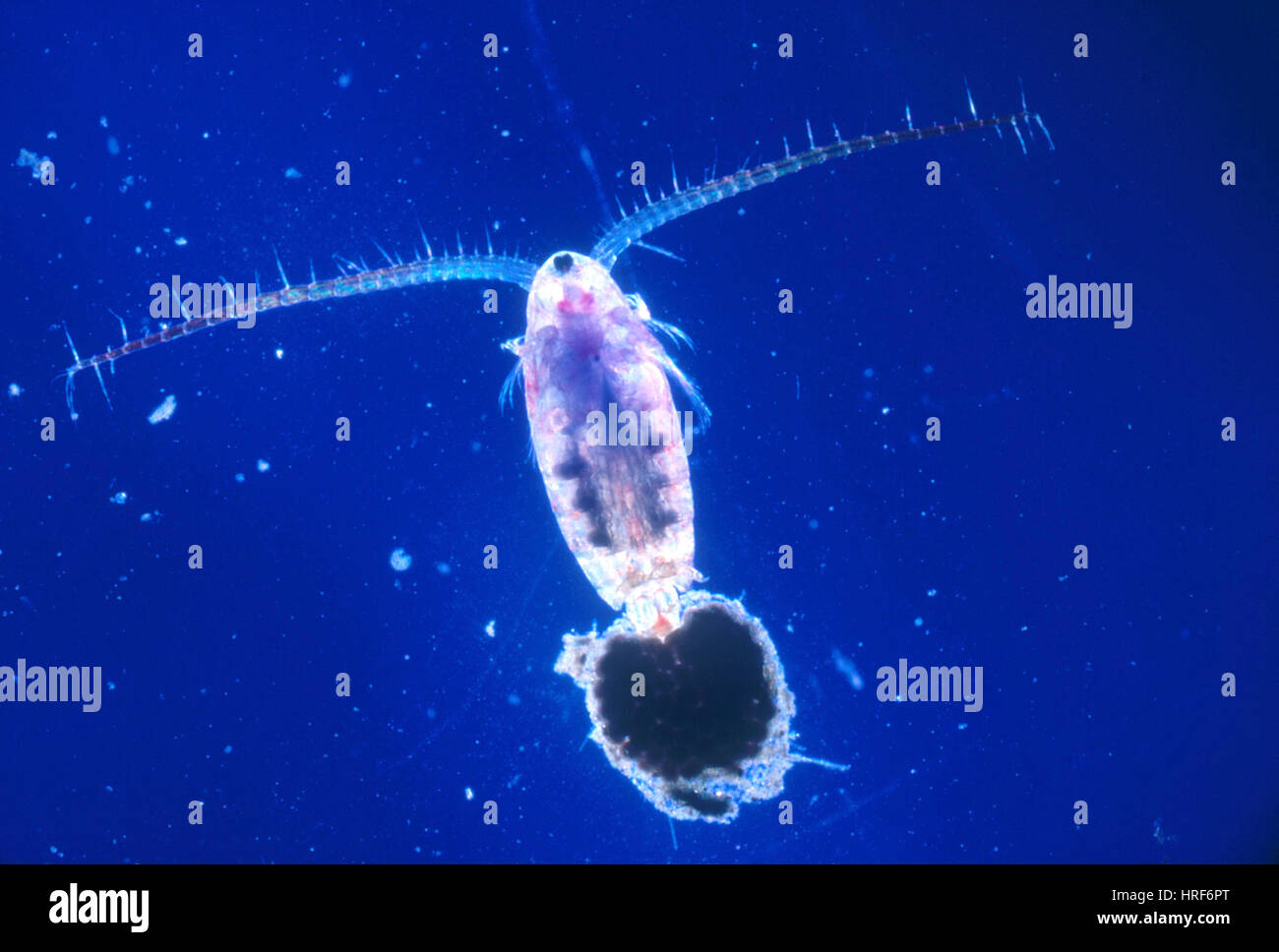 Diaptomus sp Stock Photohttps://www.alamy.com/image-license-details/?v=1https://www.alamy.com/stock-photo-diaptomus-sp-134944288.html
Diaptomus sp Stock Photohttps://www.alamy.com/image-license-details/?v=1https://www.alamy.com/stock-photo-diaptomus-sp-134944288.htmlRMHRF6PT–Diaptomus sp
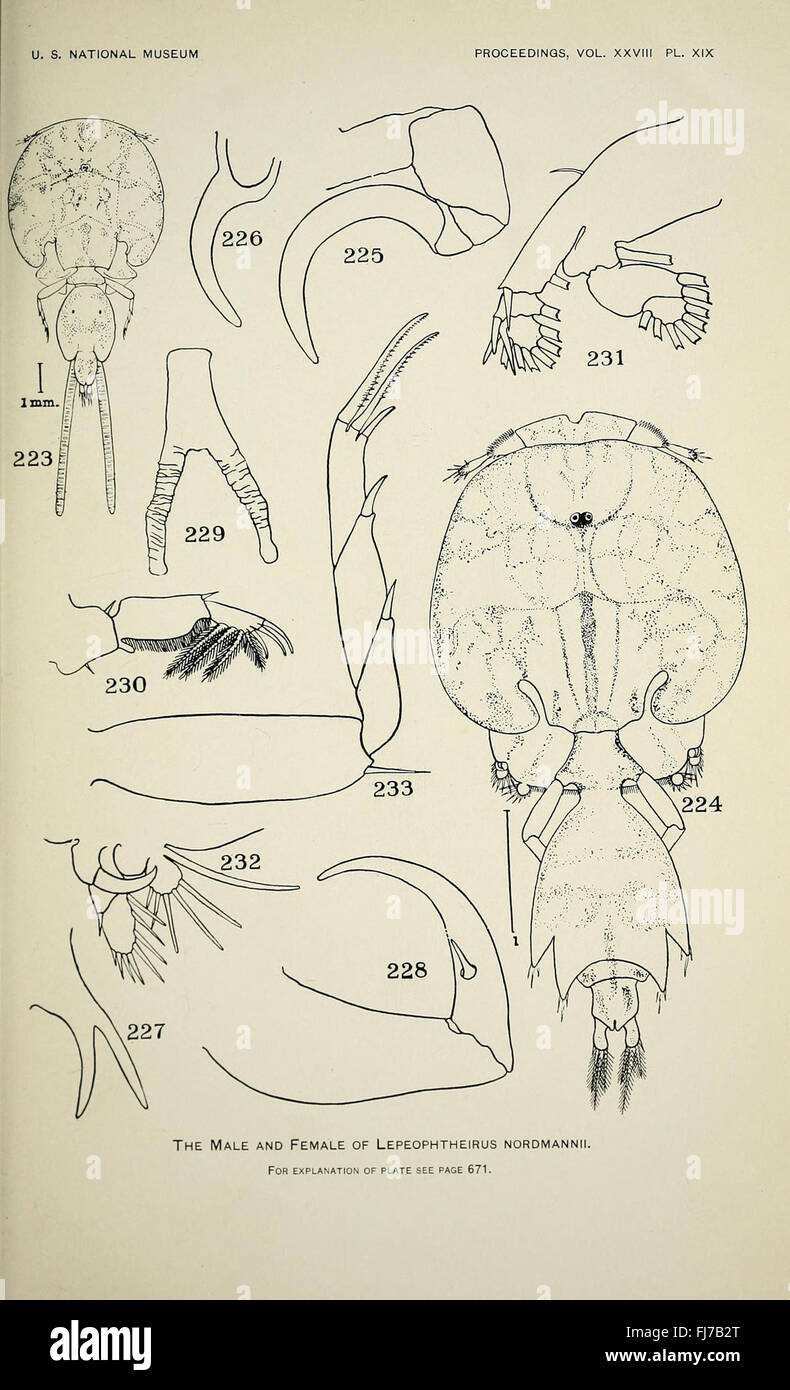 North American parasitic copepods belonging to the family Caligidae Stock Photohttps://www.alamy.com/image-license-details/?v=1https://www.alamy.com/stock-photo-north-american-parasitic-copepods-belonging-to-the-family-caligidae-97278016.html
North American parasitic copepods belonging to the family Caligidae Stock Photohttps://www.alamy.com/image-license-details/?v=1https://www.alamy.com/stock-photo-north-american-parasitic-copepods-belonging-to-the-family-caligidae-97278016.htmlRMFJ7B2T–North American parasitic copepods belonging to the family Caligidae
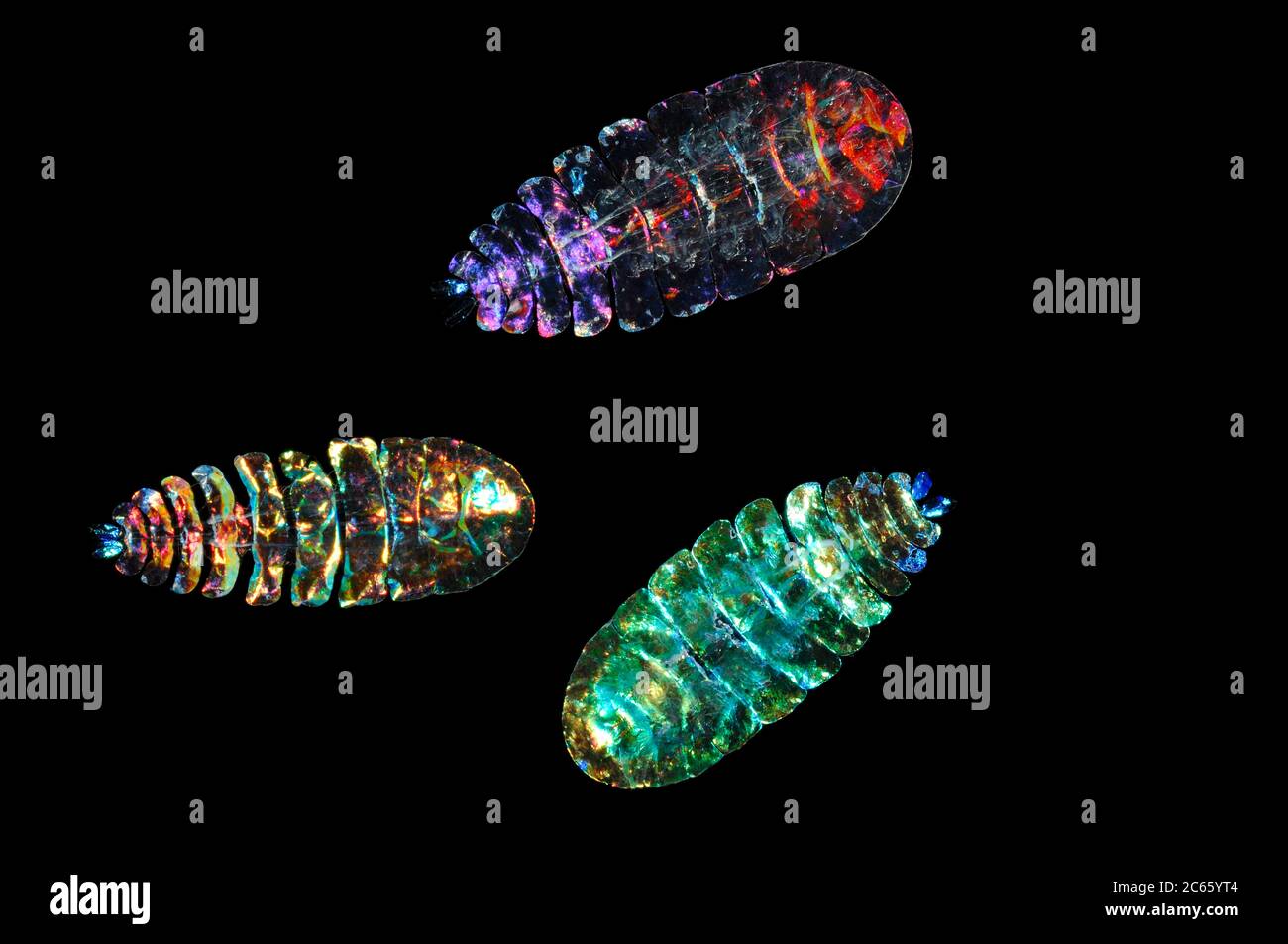 captive Marine Planktonic Copepod (Sapphirina sp.) Sapphirina, also called the sea sapphires is a copepod how is diffracting light with his exoskeleton. Atlantic Ocean, close to Cape Verde Stock Photohttps://www.alamy.com/image-license-details/?v=1https://www.alamy.com/captive-marine-planktonic-copepod-sapphirina-sp-sapphirina-also-called-the-sea-sapphires-is-a-copepod-how-is-diffracting-light-with-his-exoskeleton-atlantic-ocean-close-to-cape-verde-image365237268.html
captive Marine Planktonic Copepod (Sapphirina sp.) Sapphirina, also called the sea sapphires is a copepod how is diffracting light with his exoskeleton. Atlantic Ocean, close to Cape Verde Stock Photohttps://www.alamy.com/image-license-details/?v=1https://www.alamy.com/captive-marine-planktonic-copepod-sapphirina-sp-sapphirina-also-called-the-sea-sapphires-is-a-copepod-how-is-diffracting-light-with-his-exoskeleton-atlantic-ocean-close-to-cape-verde-image365237268.htmlRM2C65YT4–captive Marine Planktonic Copepod (Sapphirina sp.) Sapphirina, also called the sea sapphires is a copepod how is diffracting light with his exoskeleton. Atlantic Ocean, close to Cape Verde
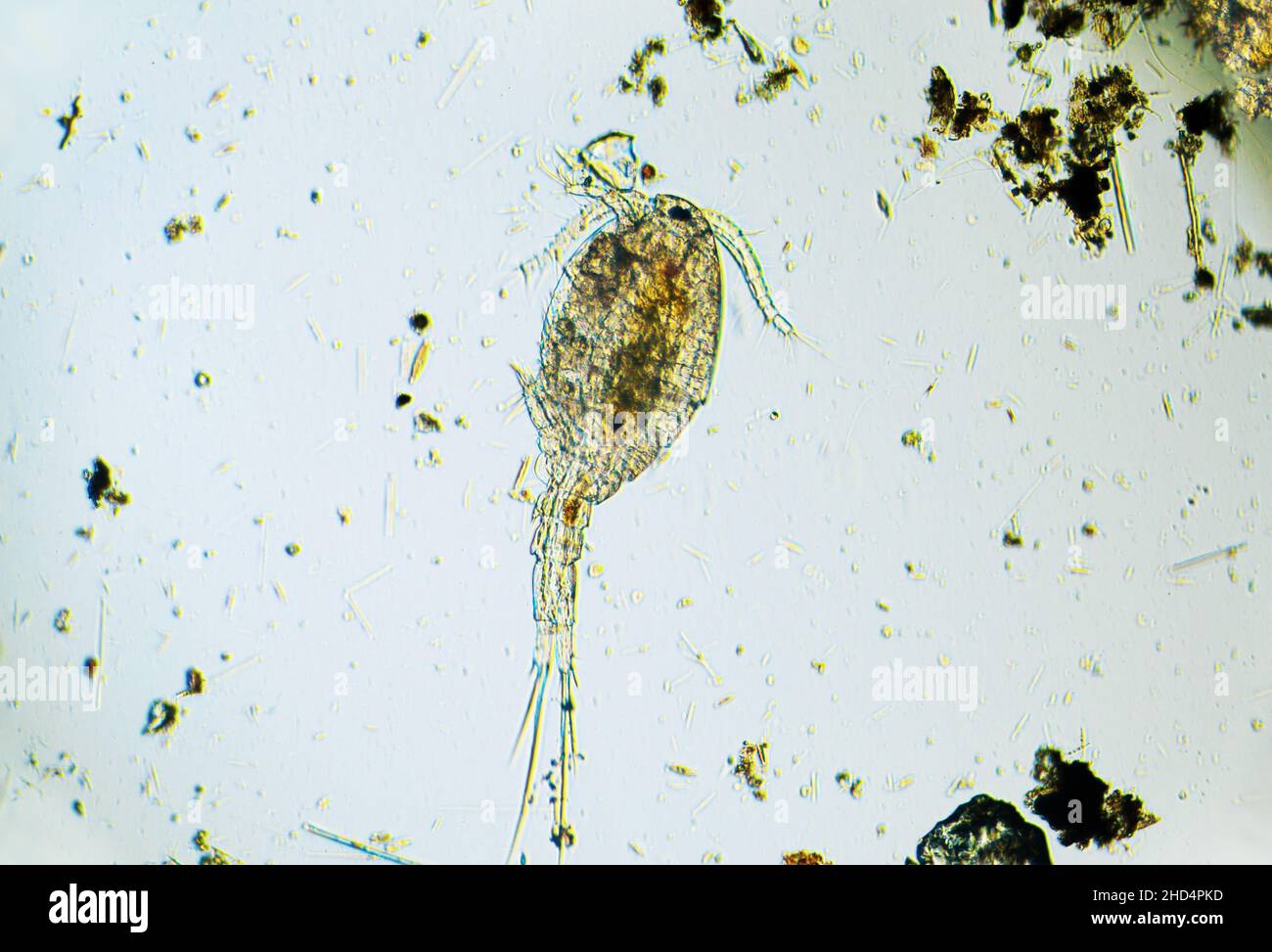 Copepod Cyclops is small crustacean found in freshwater pond. Zooplankton, micro crustacean under the light microscope. Magnification of 100 times, mi Stock Photohttps://www.alamy.com/image-license-details/?v=1https://www.alamy.com/copepod-cyclops-is-small-crustacean-found-in-freshwater-pond-zooplankton-micro-crustacean-under-the-light-microscope-magnification-of-100-times-mi-image455565697.html
Copepod Cyclops is small crustacean found in freshwater pond. Zooplankton, micro crustacean under the light microscope. Magnification of 100 times, mi Stock Photohttps://www.alamy.com/image-license-details/?v=1https://www.alamy.com/copepod-cyclops-is-small-crustacean-found-in-freshwater-pond-zooplankton-micro-crustacean-under-the-light-microscope-magnification-of-100-times-mi-image455565697.htmlRF2HD4PKD–Copepod Cyclops is small crustacean found in freshwater pond. Zooplankton, micro crustacean under the light microscope. Magnification of 100 times, mi
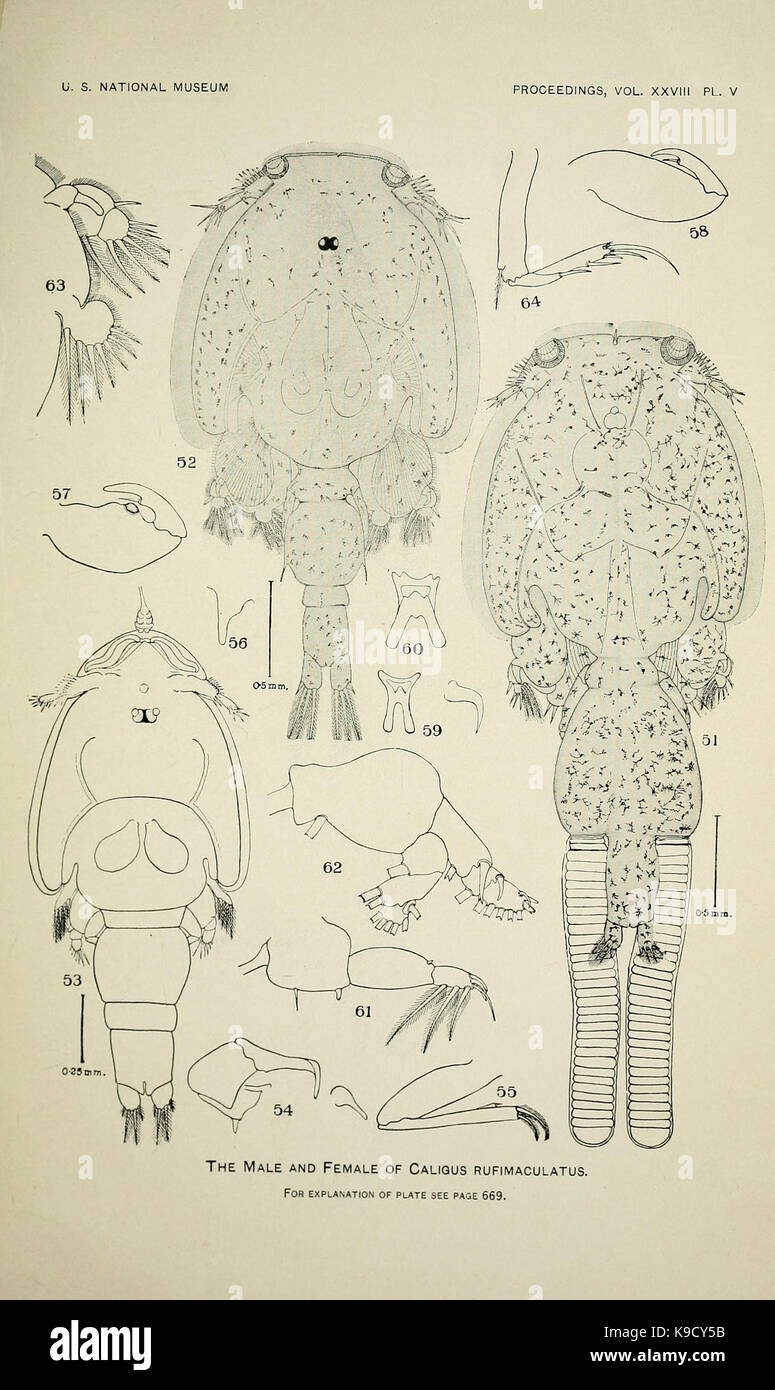 North American parasitic copepods belonging to the family Caligidae (Pl. V) (8252714910) Stock Photohttps://www.alamy.com/image-license-details/?v=1https://www.alamy.com/stock-image-north-american-parasitic-copepods-belonging-to-the-family-caligidae-160709959.html
North American parasitic copepods belonging to the family Caligidae (Pl. V) (8252714910) Stock Photohttps://www.alamy.com/image-license-details/?v=1https://www.alamy.com/stock-image-north-american-parasitic-copepods-belonging-to-the-family-caligidae-160709959.htmlRMK9CY5B–North American parasitic copepods belonging to the family Caligidae (Pl. V) (8252714910)
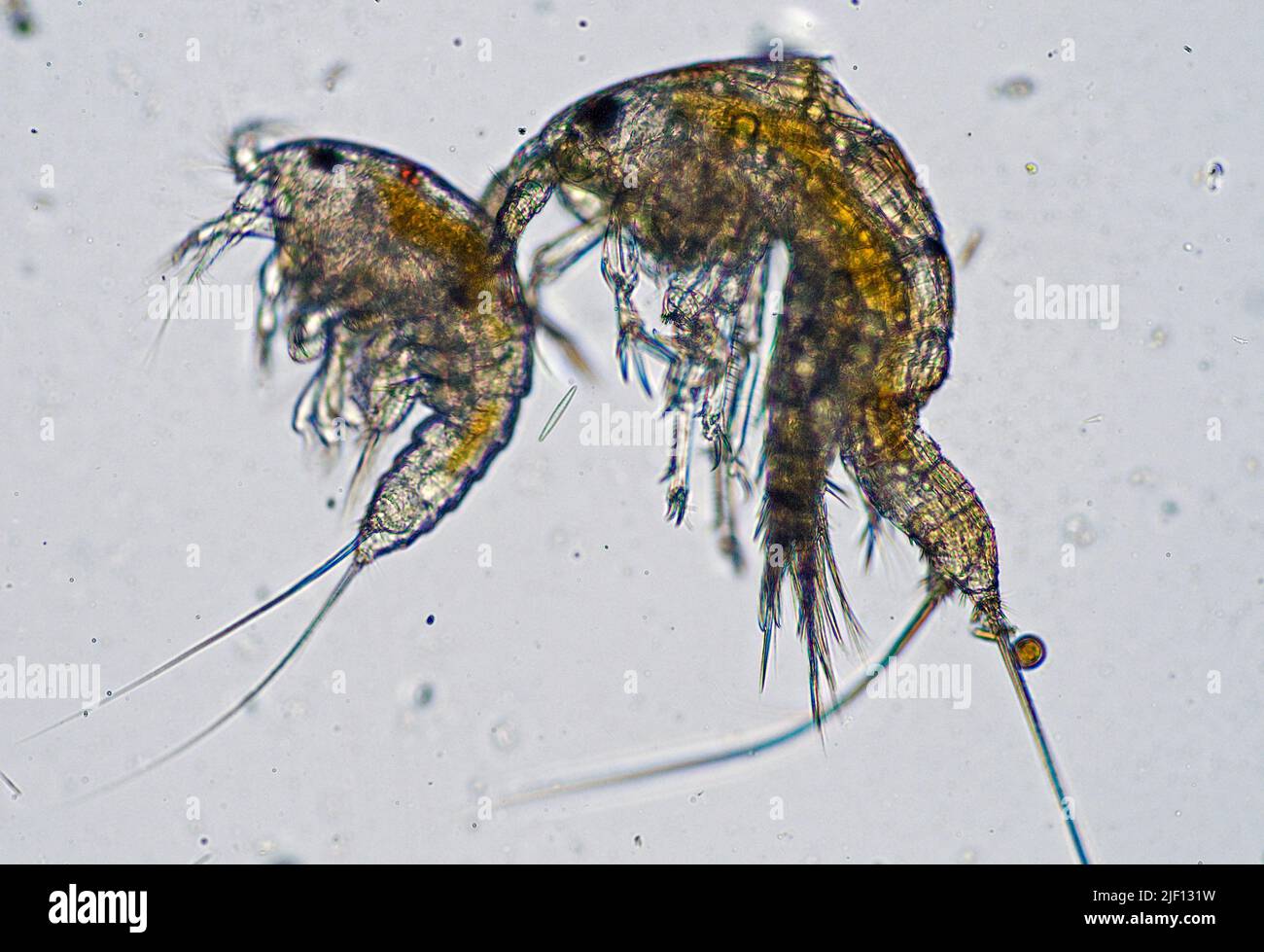 Couple of Harpacticoid Copepods. Stock Photohttps://www.alamy.com/image-license-details/?v=1https://www.alamy.com/couple-of-harpacticoid-copepods-image473924133.html
Couple of Harpacticoid Copepods. Stock Photohttps://www.alamy.com/image-license-details/?v=1https://www.alamy.com/couple-of-harpacticoid-copepods-image473924133.htmlRM2JF131W–Couple of Harpacticoid Copepods.
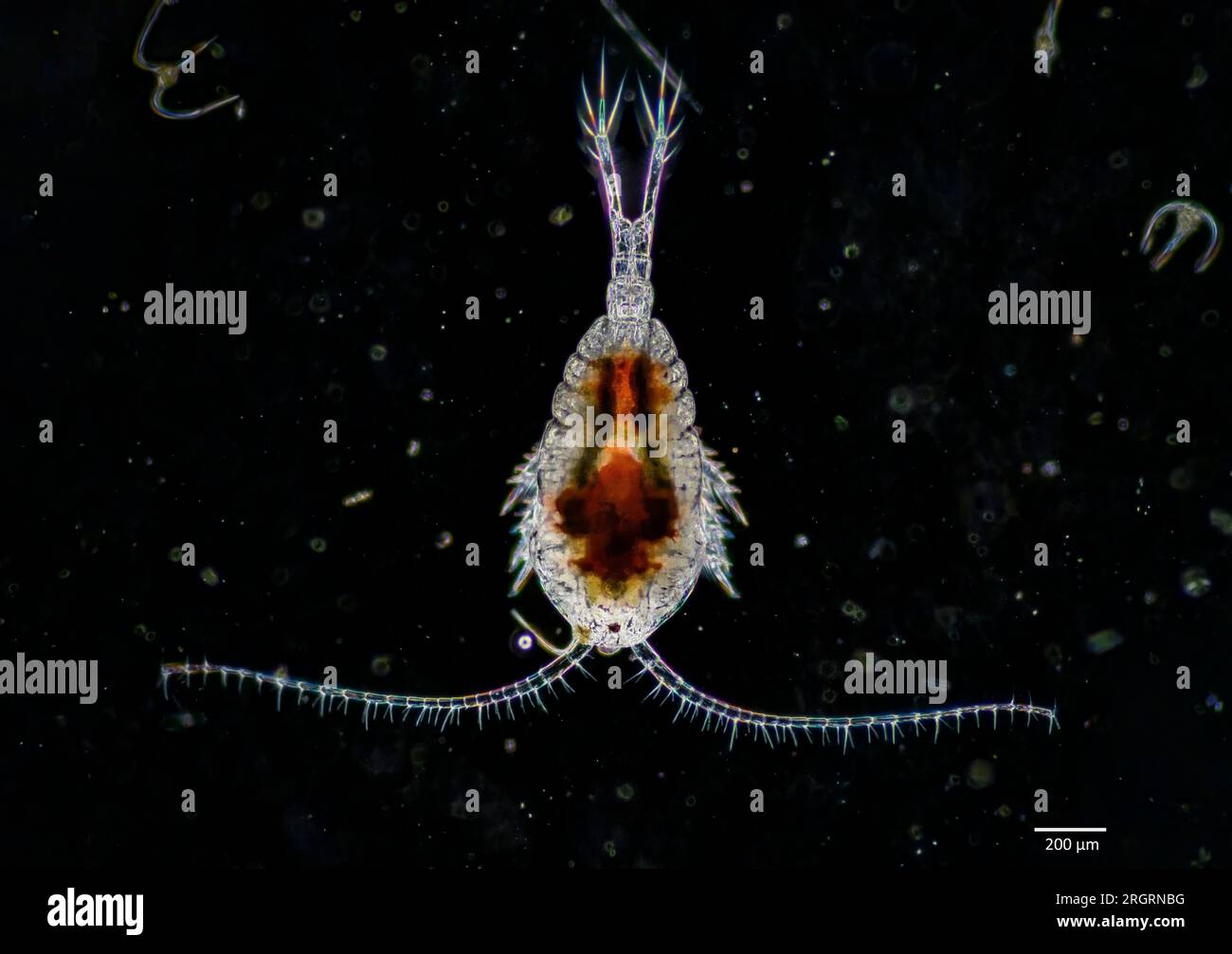 Marine copepods from the order Calanoida, probably genus Temora. Collected from surface water off Hidra, south-western Norway in August. Stock Photohttps://www.alamy.com/image-license-details/?v=1https://www.alamy.com/marine-copepods-from-the-order-calanoida-probably-genus-temora-collected-from-surface-water-off-hidra-south-western-norway-in-august-image561087956.html
Marine copepods from the order Calanoida, probably genus Temora. Collected from surface water off Hidra, south-western Norway in August. Stock Photohttps://www.alamy.com/image-license-details/?v=1https://www.alamy.com/marine-copepods-from-the-order-calanoida-probably-genus-temora-collected-from-surface-water-off-hidra-south-western-norway-in-august-image561087956.htmlRM2RGRNBG–Marine copepods from the order Calanoida, probably genus Temora. Collected from surface water off Hidra, south-western Norway in August.
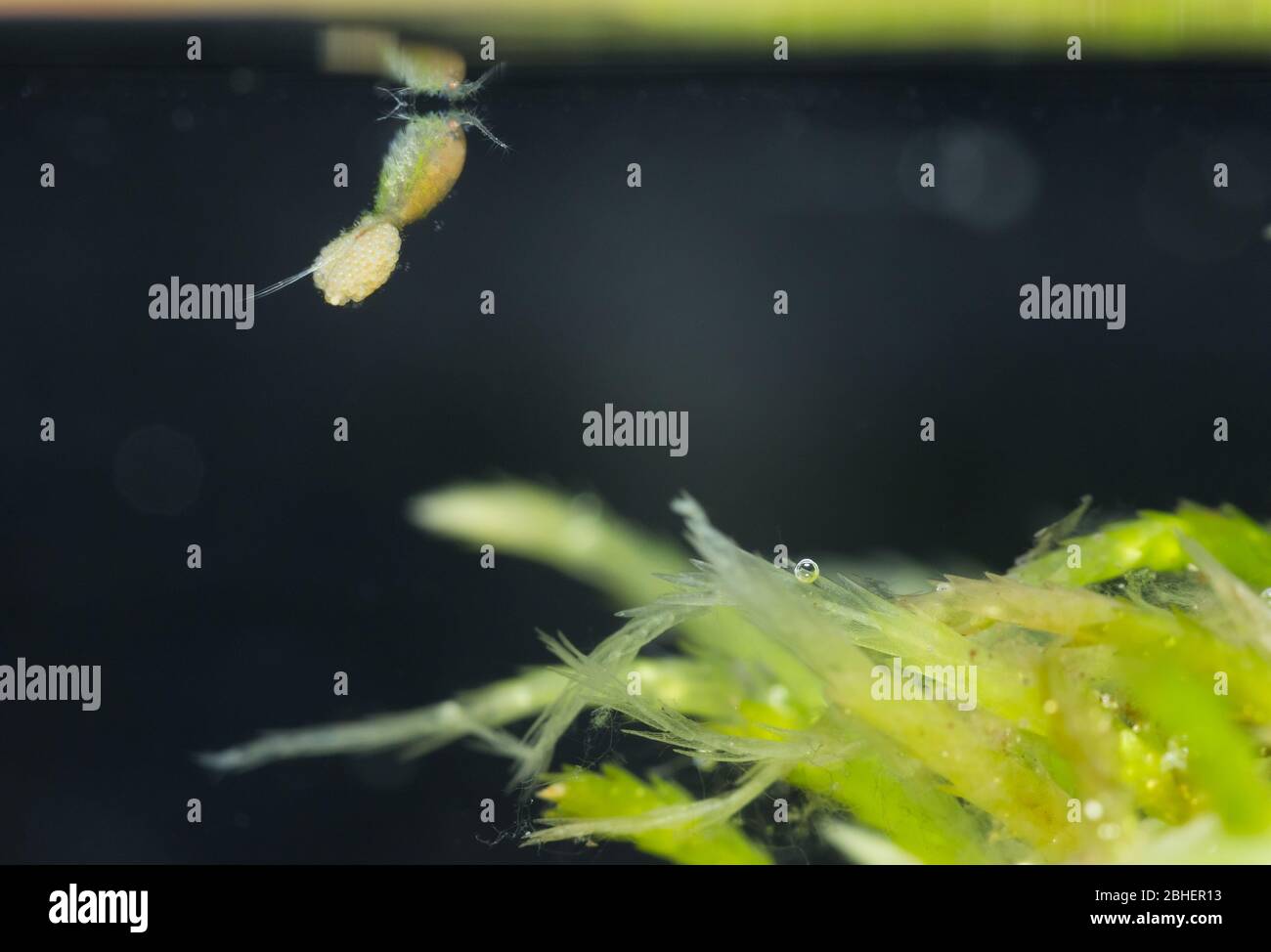 Freshwater copepod (Cyclops sp) Stock Photohttps://www.alamy.com/image-license-details/?v=1https://www.alamy.com/freshwater-copepod-cyclops-sp-image354981903.html
Freshwater copepod (Cyclops sp) Stock Photohttps://www.alamy.com/image-license-details/?v=1https://www.alamy.com/freshwater-copepod-cyclops-sp-image354981903.htmlRF2BHER13–Freshwater copepod (Cyclops sp)
 . Copepoda. Calanoida; Copepoda. 58 COPEPODA Introductory Remarks. The material which I have examined of this species has been very big, as it is one of the most abundant and widely distributed plancton-copepods of the northern seas; it was therefore quite necessary for me to try to solve the question, whether different or only a single species alike to Pseitdocalanus minutus exist; unfortunately the result of my investigations is not quite satisfactory. Sars has been the first, who has pointed out that different types exist, and taking the scanty material into consideration he was quite right Stock Photohttps://www.alamy.com/image-license-details/?v=1https://www.alamy.com/copepoda-calanoida-copepoda-58-copepoda-introductory-remarks-the-material-which-i-have-examined-of-this-species-has-been-very-big-as-it-is-one-of-the-most-abundant-and-widely-distributed-plancton-copepods-of-the-northern-seas-it-was-therefore-quite-necessary-for-me-to-try-to-solve-the-question-whether-different-or-only-a-single-species-alike-to-pseitdocalanus-minutus-exist-unfortunately-the-result-of-my-investigations-is-not-quite-satisfactory-sars-has-been-the-first-who-has-pointed-out-that-different-types-exist-and-taking-the-scanty-material-into-consideration-he-was-quite-right-image232524757.html
. Copepoda. Calanoida; Copepoda. 58 COPEPODA Introductory Remarks. The material which I have examined of this species has been very big, as it is one of the most abundant and widely distributed plancton-copepods of the northern seas; it was therefore quite necessary for me to try to solve the question, whether different or only a single species alike to Pseitdocalanus minutus exist; unfortunately the result of my investigations is not quite satisfactory. Sars has been the first, who has pointed out that different types exist, and taking the scanty material into consideration he was quite right Stock Photohttps://www.alamy.com/image-license-details/?v=1https://www.alamy.com/copepoda-calanoida-copepoda-58-copepoda-introductory-remarks-the-material-which-i-have-examined-of-this-species-has-been-very-big-as-it-is-one-of-the-most-abundant-and-widely-distributed-plancton-copepods-of-the-northern-seas-it-was-therefore-quite-necessary-for-me-to-try-to-solve-the-question-whether-different-or-only-a-single-species-alike-to-pseitdocalanus-minutus-exist-unfortunately-the-result-of-my-investigations-is-not-quite-satisfactory-sars-has-been-the-first-who-has-pointed-out-that-different-types-exist-and-taking-the-scanty-material-into-consideration-he-was-quite-right-image232524757.htmlRMRE8BKH–. Copepoda. Calanoida; Copepoda. 58 COPEPODA Introductory Remarks. The material which I have examined of this species has been very big, as it is one of the most abundant and widely distributed plancton-copepods of the northern seas; it was therefore quite necessary for me to try to solve the question, whether different or only a single species alike to Pseitdocalanus minutus exist; unfortunately the result of my investigations is not quite satisfactory. Sars has been the first, who has pointed out that different types exist, and taking the scanty material into consideration he was quite right
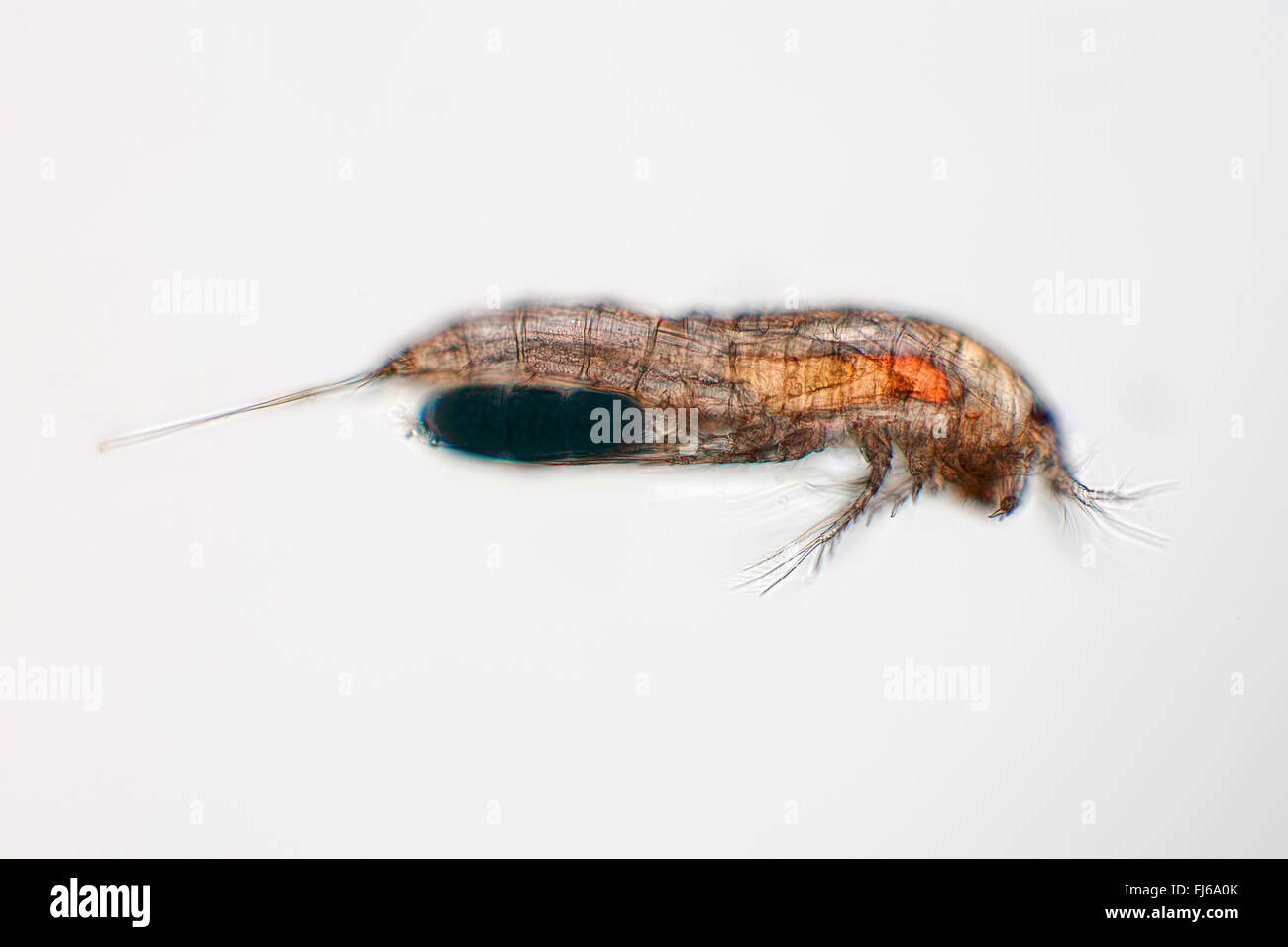 copepods (Copepoda), female Stock Photohttps://www.alamy.com/image-license-details/?v=1https://www.alamy.com/stock-photo-copepods-copepoda-female-97255219.html
copepods (Copepoda), female Stock Photohttps://www.alamy.com/image-license-details/?v=1https://www.alamy.com/stock-photo-copepods-copepoda-female-97255219.htmlRMFJ6A0K–copepods (Copepoda), female
 North American, parasitic, copepods, belonging to the family Caligidae, Washington, Govt. Print, 1905-, North America, Copepoda, Caligidae, The illustration features a detailed anatomical study of the male and female of the species Calulus centrodont, showcasing various perspectives and features. It includes labeled diagrams that highlight distinct characteristics, such as the head structure, appendages, and reproductive organs. Each numbered figure corresponds to specific parts of the organism, providing insight into its morphology. The meticulous linework emphasizes the intricacies of the cr Stock Photohttps://www.alamy.com/image-license-details/?v=1https://www.alamy.com/north-american-parasitic-copepods-belonging-to-the-family-caligidae-washington-govt-print-1905-north-america-copepoda-caligidae-the-illustration-features-a-detailed-anatomical-study-of-the-male-and-female-of-the-species-calulus-centrodont-showcasing-various-perspectives-and-features-it-includes-labeled-diagrams-that-highlight-distinct-characteristics-such-as-the-head-structure-appendages-and-reproductive-organs-each-numbered-figure-corresponds-to-specific-parts-of-the-organism-providing-insight-into-its-morphology-the-meticulous-linework-emphasizes-the-intricacies-of-the-cr-image636112289.html
North American, parasitic, copepods, belonging to the family Caligidae, Washington, Govt. Print, 1905-, North America, Copepoda, Caligidae, The illustration features a detailed anatomical study of the male and female of the species Calulus centrodont, showcasing various perspectives and features. It includes labeled diagrams that highlight distinct characteristics, such as the head structure, appendages, and reproductive organs. Each numbered figure corresponds to specific parts of the organism, providing insight into its morphology. The meticulous linework emphasizes the intricacies of the cr Stock Photohttps://www.alamy.com/image-license-details/?v=1https://www.alamy.com/north-american-parasitic-copepods-belonging-to-the-family-caligidae-washington-govt-print-1905-north-america-copepoda-caligidae-the-illustration-features-a-detailed-anatomical-study-of-the-male-and-female-of-the-species-calulus-centrodont-showcasing-various-perspectives-and-features-it-includes-labeled-diagrams-that-highlight-distinct-characteristics-such-as-the-head-structure-appendages-and-reproductive-organs-each-numbered-figure-corresponds-to-specific-parts-of-the-organism-providing-insight-into-its-morphology-the-meticulous-linework-emphasizes-the-intricacies-of-the-cr-image636112289.htmlRM2YXWBM1–North American, parasitic, copepods, belonging to the family Caligidae, Washington, Govt. Print, 1905-, North America, Copepoda, Caligidae, The illustration features a detailed anatomical study of the male and female of the species Calulus centrodont, showcasing various perspectives and features. It includes labeled diagrams that highlight distinct characteristics, such as the head structure, appendages, and reproductive organs. Each numbered figure corresponds to specific parts of the organism, providing insight into its morphology. The meticulous linework emphasizes the intricacies of the cr
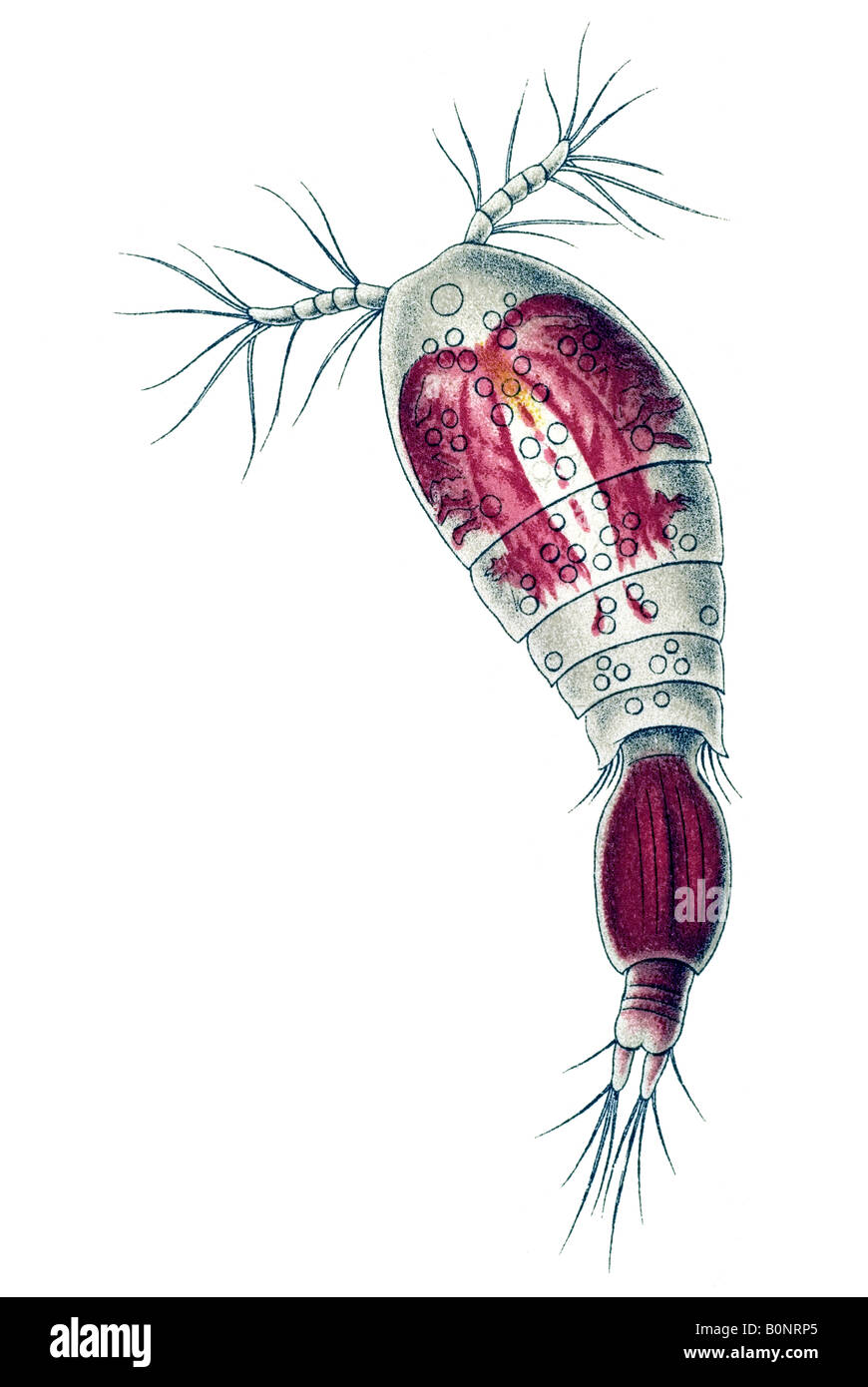 Copepoda Ruderkrebse Name Oncaea venusta Haeckel Kunstformen der Natur art nouveau 20th century Europe Stock Photohttps://www.alamy.com/image-license-details/?v=1https://www.alamy.com/stock-photo-copepoda-ruderkrebse-name-oncaea-venusta-haeckel-kunstformen-der-natur-17690013.html
Copepoda Ruderkrebse Name Oncaea venusta Haeckel Kunstformen der Natur art nouveau 20th century Europe Stock Photohttps://www.alamy.com/image-license-details/?v=1https://www.alamy.com/stock-photo-copepoda-ruderkrebse-name-oncaea-venusta-haeckel-kunstformen-der-natur-17690013.htmlRMB0NRP5–Copepoda Ruderkrebse Name Oncaea venusta Haeckel Kunstformen der Natur art nouveau 20th century Europe
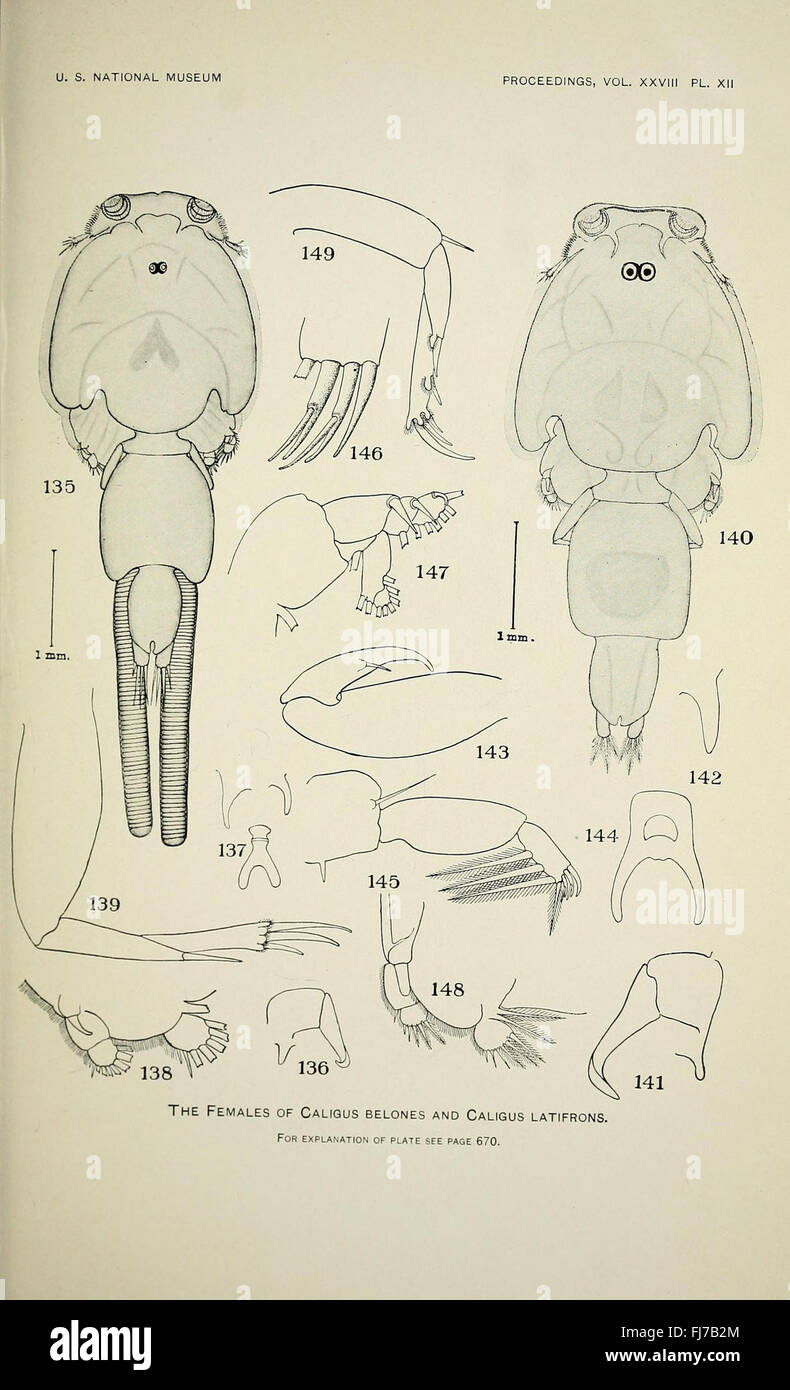 North American parasitic copepods belonging to the family Caligidae (Pl. XII) Stock Photohttps://www.alamy.com/image-license-details/?v=1https://www.alamy.com/stock-photo-north-american-parasitic-copepods-belonging-to-the-family-caligidae-97278012.html
North American parasitic copepods belonging to the family Caligidae (Pl. XII) Stock Photohttps://www.alamy.com/image-license-details/?v=1https://www.alamy.com/stock-photo-north-american-parasitic-copepods-belonging-to-the-family-caligidae-97278012.htmlRMFJ7B2M–North American parasitic copepods belonging to the family Caligidae (Pl. XII)
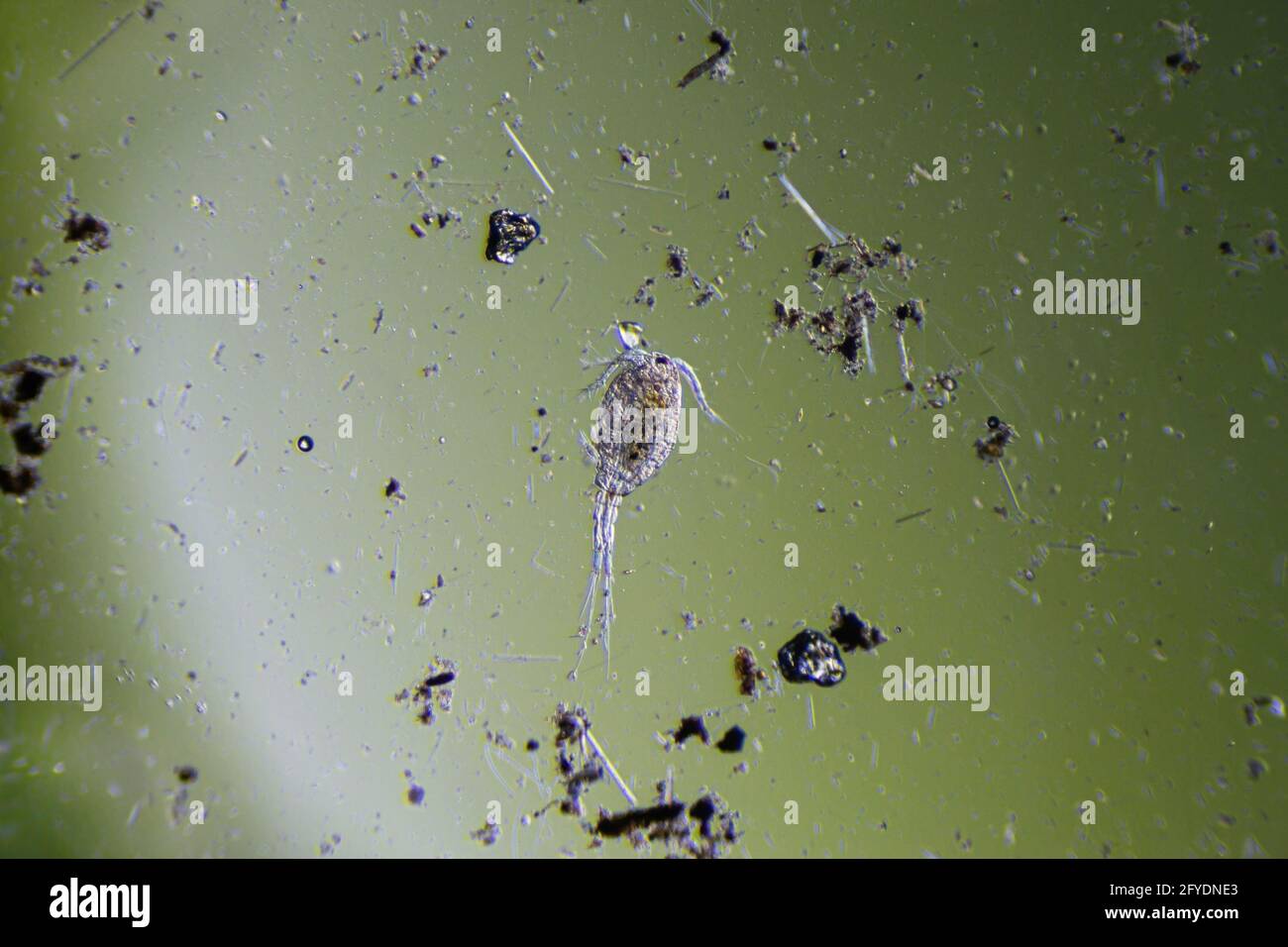 Copepod Cyclops is small crustacean found in freshwater pond. Zooplankton, micro crustacean under the light microscope. Magnification of 40 times, mic Stock Photohttps://www.alamy.com/image-license-details/?v=1https://www.alamy.com/copepod-cyclops-is-small-crustacean-found-in-freshwater-pond-zooplankton-micro-crustacean-under-the-light-microscope-magnification-of-40-times-mic-image429946779.html
Copepod Cyclops is small crustacean found in freshwater pond. Zooplankton, micro crustacean under the light microscope. Magnification of 40 times, mic Stock Photohttps://www.alamy.com/image-license-details/?v=1https://www.alamy.com/copepod-cyclops-is-small-crustacean-found-in-freshwater-pond-zooplankton-micro-crustacean-under-the-light-microscope-magnification-of-40-times-mic-image429946779.htmlRF2FYDNE3–Copepod Cyclops is small crustacean found in freshwater pond. Zooplankton, micro crustacean under the light microscope. Magnification of 40 times, mic
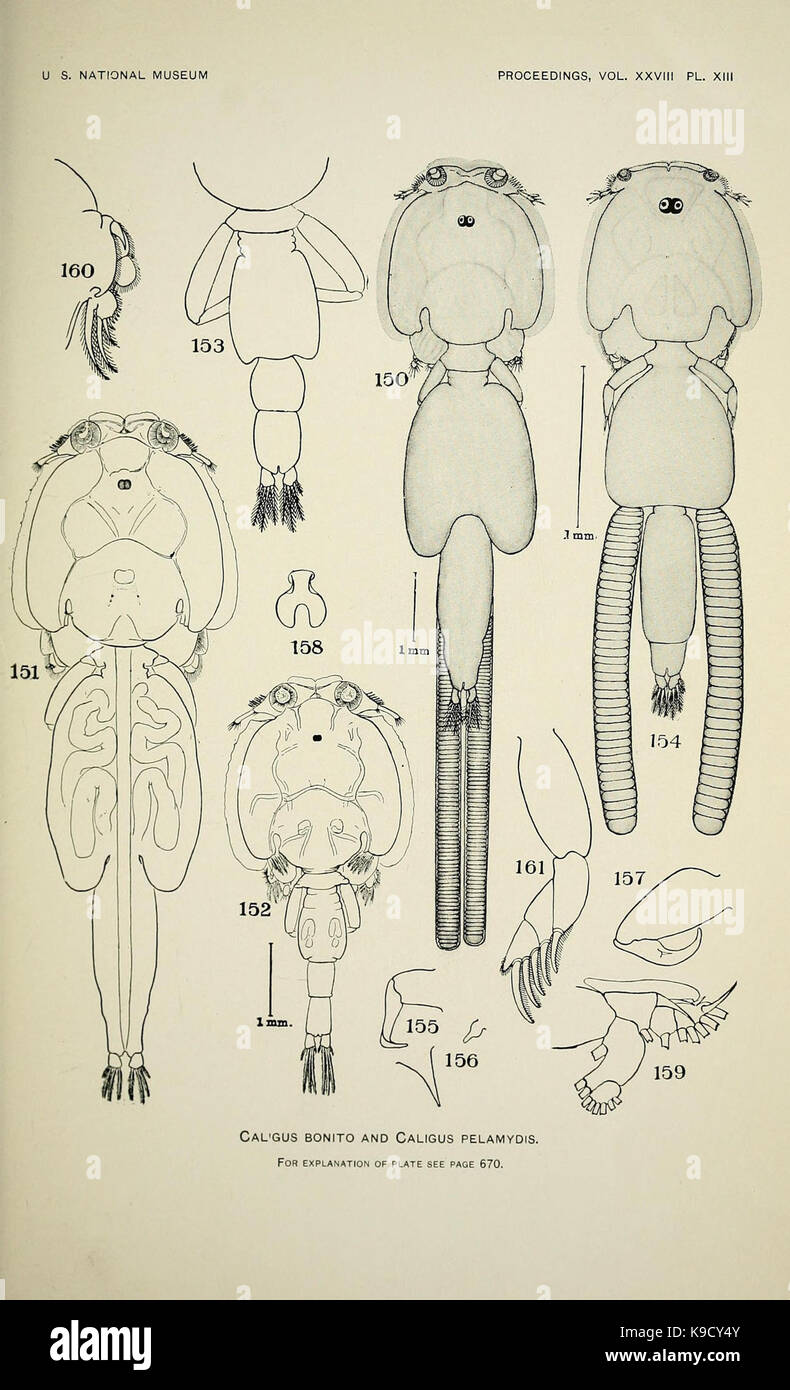 North American parasitic copepods belonging to the family Caligidae (Pl. XIII) (8251650631) Stock Photohttps://www.alamy.com/image-license-details/?v=1https://www.alamy.com/stock-image-north-american-parasitic-copepods-belonging-to-the-family-caligidae-160709947.html
North American parasitic copepods belonging to the family Caligidae (Pl. XIII) (8251650631) Stock Photohttps://www.alamy.com/image-license-details/?v=1https://www.alamy.com/stock-image-north-american-parasitic-copepods-belonging-to-the-family-caligidae-160709947.htmlRMK9CY4Y–North American parasitic copepods belonging to the family Caligidae (Pl. XIII) (8251650631)
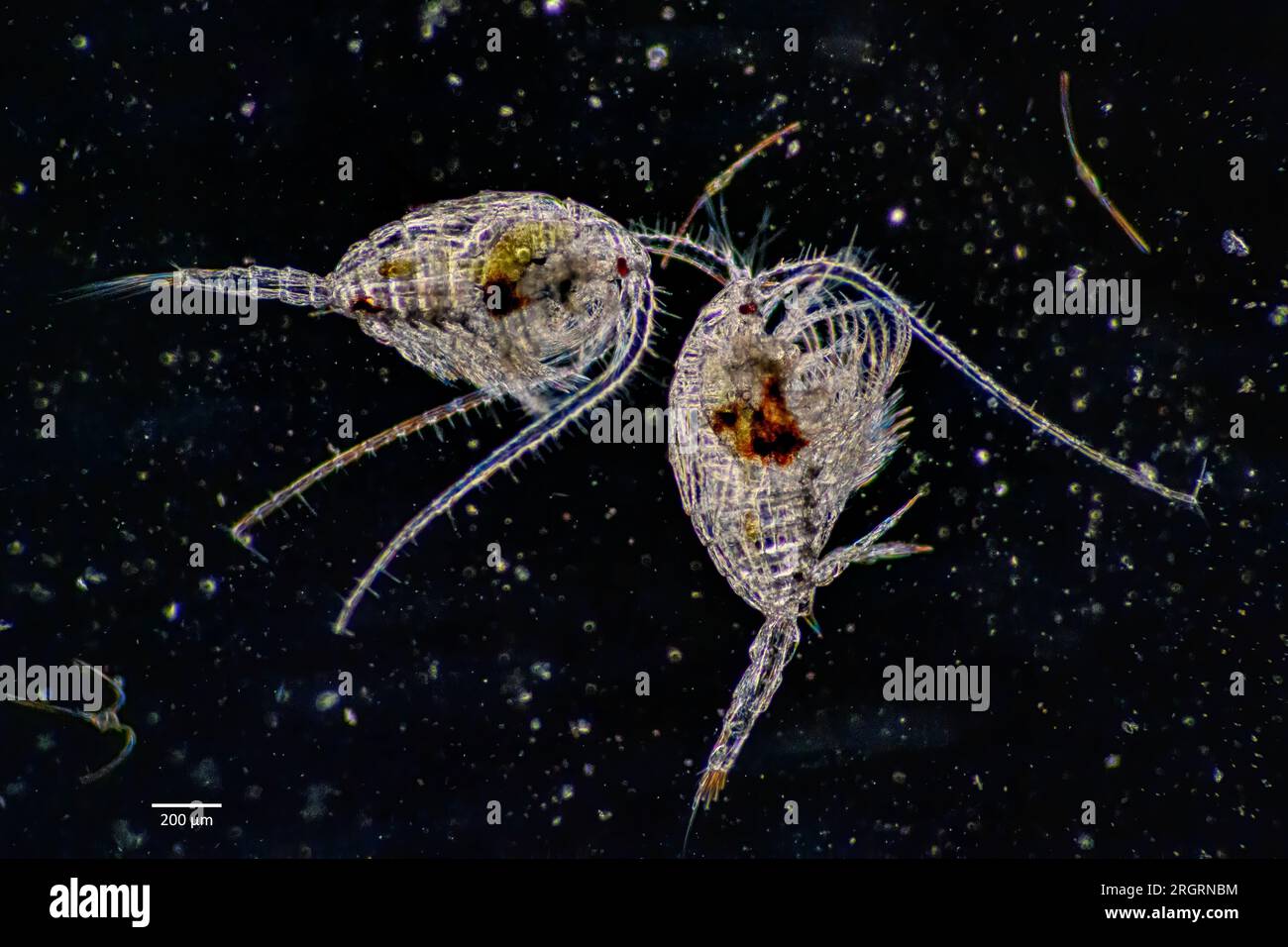 Marine copepods from the order Calanoida, probably genus Temora. Collected from surface water off Hidra, south-western Norway in August. Stock Photohttps://www.alamy.com/image-license-details/?v=1https://www.alamy.com/marine-copepods-from-the-order-calanoida-probably-genus-temora-collected-from-surface-water-off-hidra-south-western-norway-in-august-image561087960.html
Marine copepods from the order Calanoida, probably genus Temora. Collected from surface water off Hidra, south-western Norway in August. Stock Photohttps://www.alamy.com/image-license-details/?v=1https://www.alamy.com/marine-copepods-from-the-order-calanoida-probably-genus-temora-collected-from-surface-water-off-hidra-south-western-norway-in-august-image561087960.htmlRM2RGRNBM–Marine copepods from the order Calanoida, probably genus Temora. Collected from surface water off Hidra, south-western Norway in August.
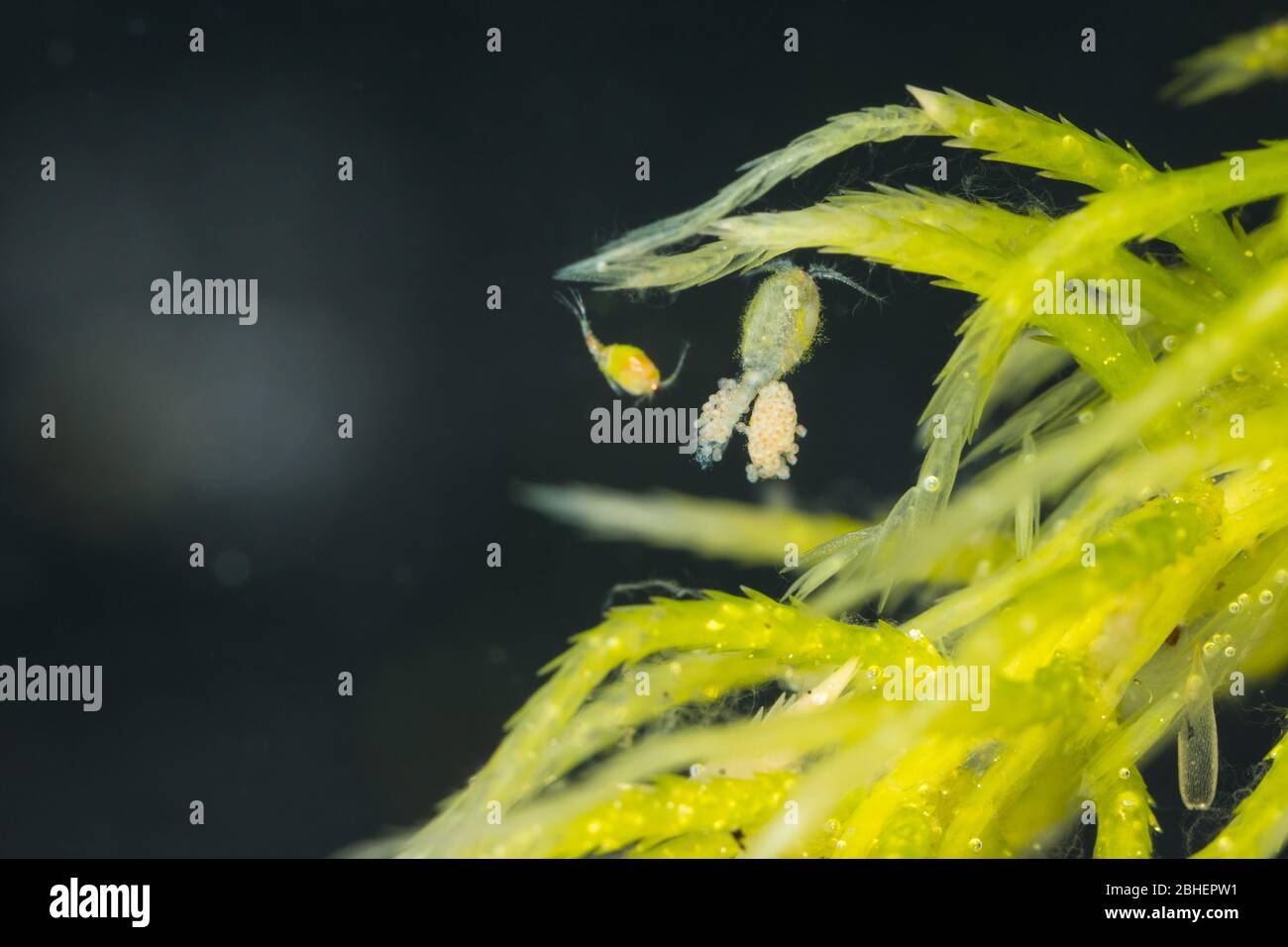 Freshwater copepod (Cyclops sp) Stock Photohttps://www.alamy.com/image-license-details/?v=1https://www.alamy.com/freshwater-copepod-cyclops-sp-image354981789.html
Freshwater copepod (Cyclops sp) Stock Photohttps://www.alamy.com/image-license-details/?v=1https://www.alamy.com/freshwater-copepod-cyclops-sp-image354981789.htmlRF2BHEPW1–Freshwater copepod (Cyclops sp)
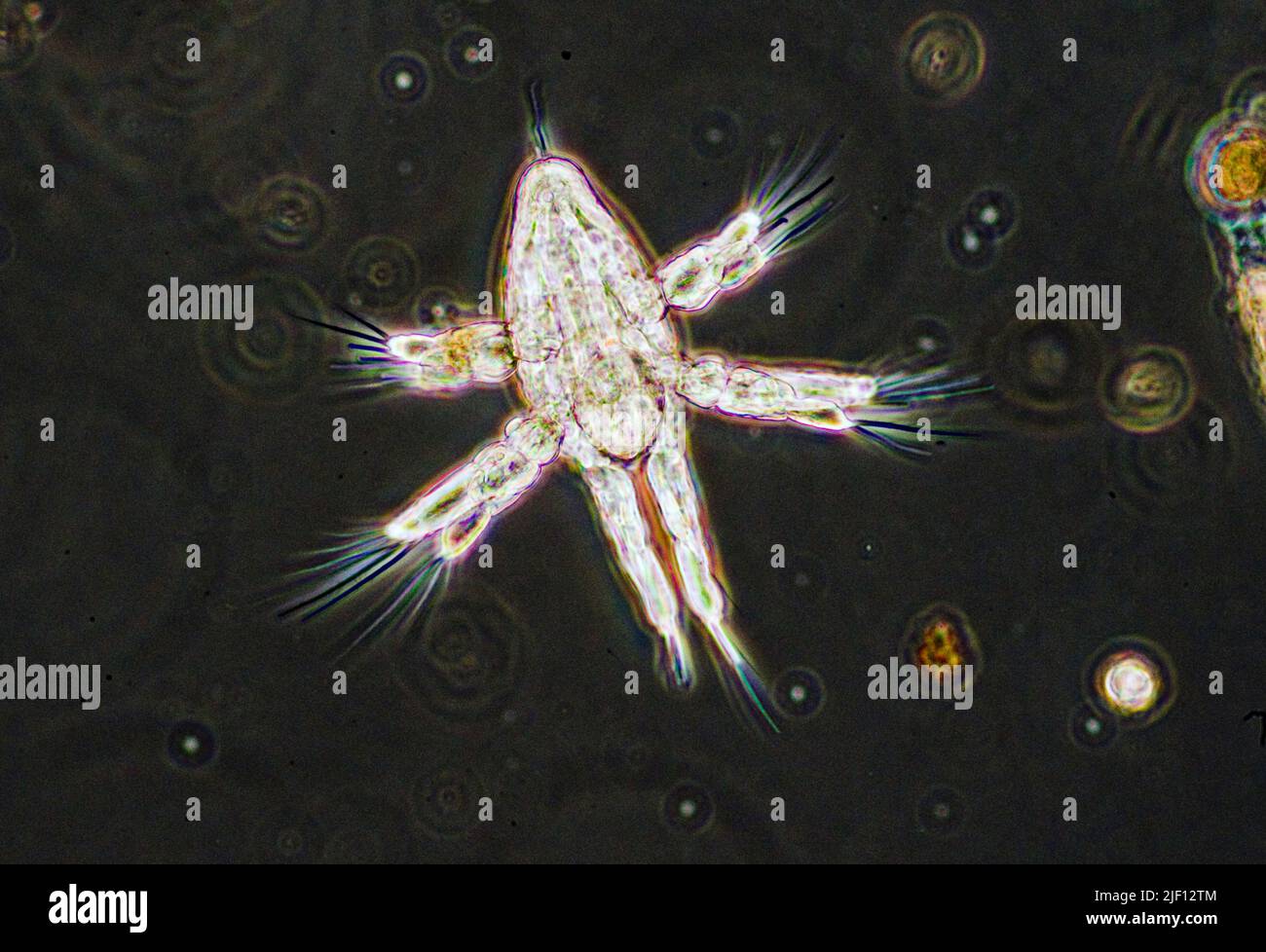 The nauplius larva of a Calanoid Copepod. Stock Photohttps://www.alamy.com/image-license-details/?v=1https://www.alamy.com/the-nauplius-larva-of-a-calanoid-copepod-image473923988.html
The nauplius larva of a Calanoid Copepod. Stock Photohttps://www.alamy.com/image-license-details/?v=1https://www.alamy.com/the-nauplius-larva-of-a-calanoid-copepod-image473923988.htmlRM2JF12TM–The nauplius larva of a Calanoid Copepod.
 . The Danish Ingolf-Expedition. Scientific expeditions; Arctic Ocean. 58 COPEPODA Introductory Remarks. The material which I have examined of this species has been very big, as it is one of the most abundant and widely distributed plancton-copepods of the northern seas; it was therefore quite necessary for me to try to solve the question, whether different or only a single species alike to Pseudocalaniis minutus exist; unfortimately the result of my investigations is not quite satisfactory. Sars has been the first, who has pointed out that different types exist, and taking the scanty material Stock Photohttps://www.alamy.com/image-license-details/?v=1https://www.alamy.com/the-danish-ingolf-expedition-scientific-expeditions-arctic-ocean-58-copepoda-introductory-remarks-the-material-which-i-have-examined-of-this-species-has-been-very-big-as-it-is-one-of-the-most-abundant-and-widely-distributed-plancton-copepods-of-the-northern-seas-it-was-therefore-quite-necessary-for-me-to-try-to-solve-the-question-whether-different-or-only-a-single-species-alike-to-pseudocalaniis-minutus-exist-unfortimately-the-result-of-my-investigations-is-not-quite-satisfactory-sars-has-been-the-first-who-has-pointed-out-that-different-types-exist-and-taking-the-scanty-material-image231833825.html
. The Danish Ingolf-Expedition. Scientific expeditions; Arctic Ocean. 58 COPEPODA Introductory Remarks. The material which I have examined of this species has been very big, as it is one of the most abundant and widely distributed plancton-copepods of the northern seas; it was therefore quite necessary for me to try to solve the question, whether different or only a single species alike to Pseudocalaniis minutus exist; unfortimately the result of my investigations is not quite satisfactory. Sars has been the first, who has pointed out that different types exist, and taking the scanty material Stock Photohttps://www.alamy.com/image-license-details/?v=1https://www.alamy.com/the-danish-ingolf-expedition-scientific-expeditions-arctic-ocean-58-copepoda-introductory-remarks-the-material-which-i-have-examined-of-this-species-has-been-very-big-as-it-is-one-of-the-most-abundant-and-widely-distributed-plancton-copepods-of-the-northern-seas-it-was-therefore-quite-necessary-for-me-to-try-to-solve-the-question-whether-different-or-only-a-single-species-alike-to-pseudocalaniis-minutus-exist-unfortimately-the-result-of-my-investigations-is-not-quite-satisfactory-sars-has-been-the-first-who-has-pointed-out-that-different-types-exist-and-taking-the-scanty-material-image231833825.htmlRMRD4XBD–. The Danish Ingolf-Expedition. Scientific expeditions; Arctic Ocean. 58 COPEPODA Introductory Remarks. The material which I have examined of this species has been very big, as it is one of the most abundant and widely distributed plancton-copepods of the northern seas; it was therefore quite necessary for me to try to solve the question, whether different or only a single species alike to Pseudocalaniis minutus exist; unfortimately the result of my investigations is not quite satisfactory. Sars has been the first, who has pointed out that different types exist, and taking the scanty material
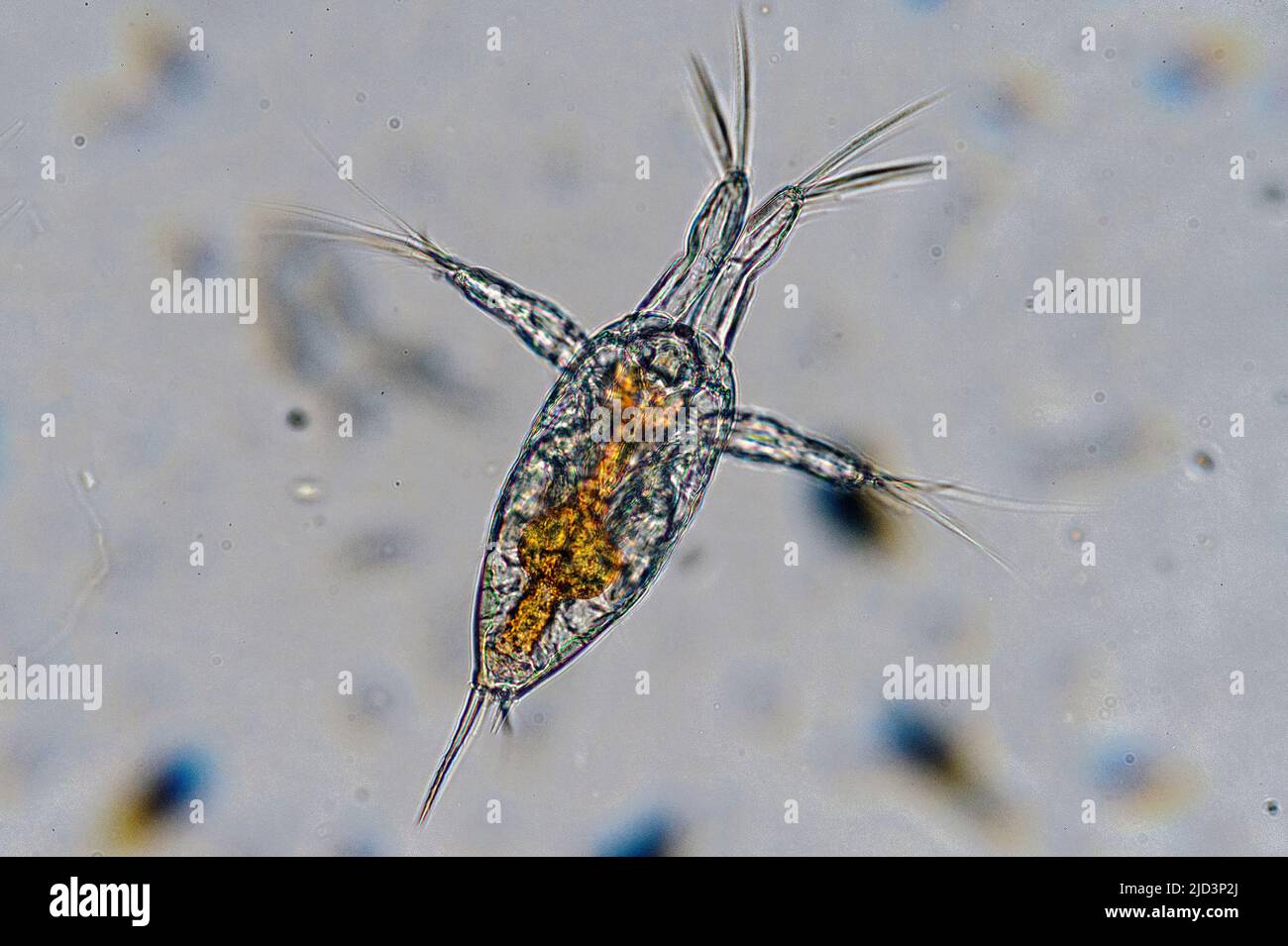 The nauplius larva of a Calanoid Copepod collected from coastal surface water of south-western Norway. Stock Photohttps://www.alamy.com/image-license-details/?v=1https://www.alamy.com/the-nauplius-larva-of-a-calanoid-copepod-collected-from-coastal-surface-water-of-south-western-norway-image472753642.html
The nauplius larva of a Calanoid Copepod collected from coastal surface water of south-western Norway. Stock Photohttps://www.alamy.com/image-license-details/?v=1https://www.alamy.com/the-nauplius-larva-of-a-calanoid-copepod-collected-from-coastal-surface-water-of-south-western-norway-image472753642.htmlRM2JD3P2J–The nauplius larva of a Calanoid Copepod collected from coastal surface water of south-western Norway.
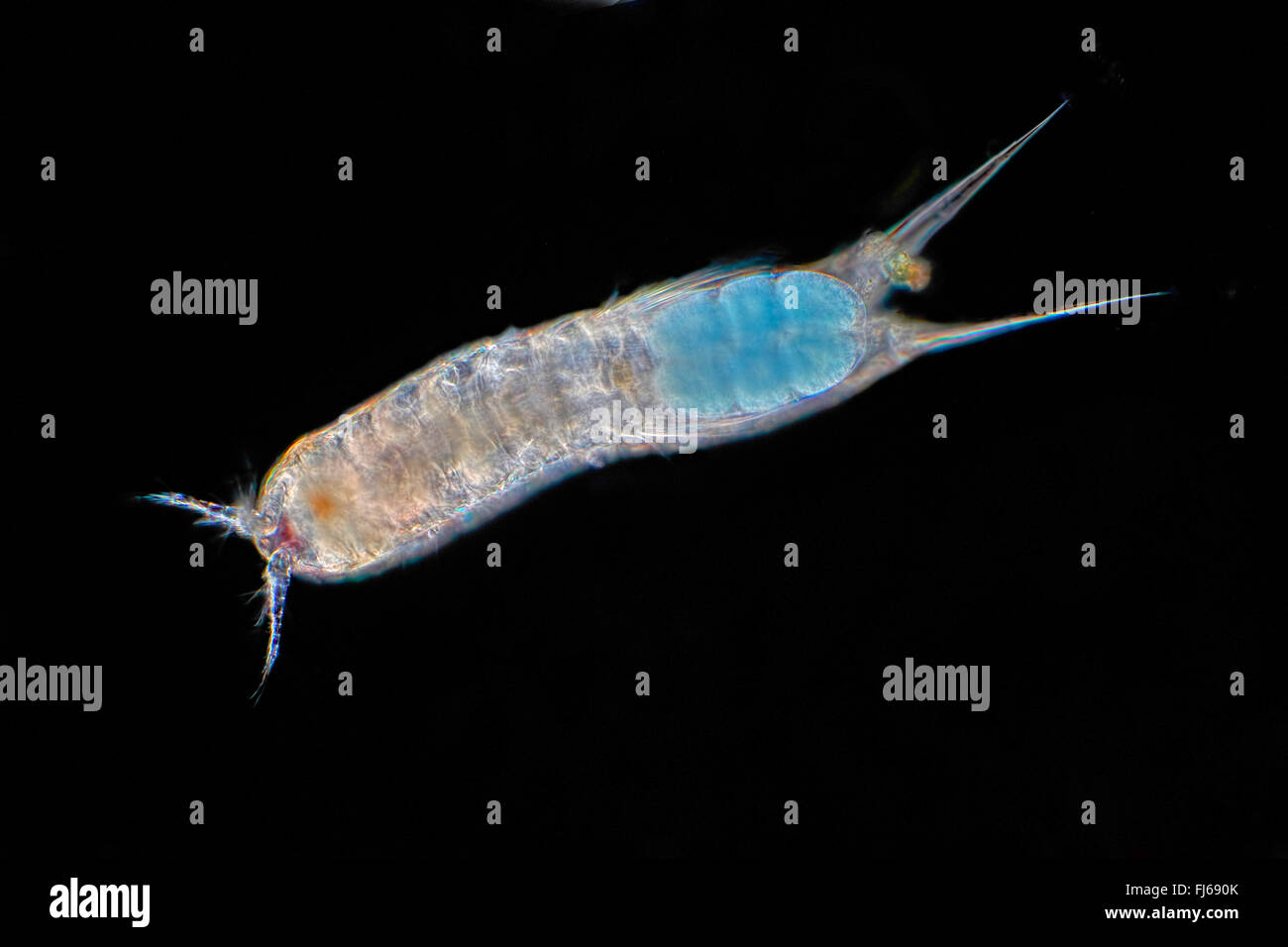 copepods (Copepoda), female Stock Photohttps://www.alamy.com/image-license-details/?v=1https://www.alamy.com/stock-photo-copepods-copepoda-female-97254435.html
copepods (Copepoda), female Stock Photohttps://www.alamy.com/image-license-details/?v=1https://www.alamy.com/stock-photo-copepods-copepoda-female-97254435.htmlRMFJ690K–copepods (Copepoda), female
 North American, parasitic, copepods, belonging to the family, Caligidae, Washington, Govt. Print, 1905-, North America, Copepoda, Caligidae, A detailed illustration featuring various species of Lepidoptera and Arachnida. The diagram includes labeled anatomical features such as appendages, mouthparts, and body segments, providing a comprehensive overview of the morphology of these organisms. Each element is meticulously numbered, aiding in the identification and classification of the species represented. The arrangement of the illustrations allows for easy comparison between different specimens Stock Photohttps://www.alamy.com/image-license-details/?v=1https://www.alamy.com/north-american-parasitic-copepods-belonging-to-the-family-caligidae-washington-govt-print-1905-north-america-copepoda-caligidae-a-detailed-illustration-featuring-various-species-of-lepidoptera-and-arachnida-the-diagram-includes-labeled-anatomical-features-such-as-appendages-mouthparts-and-body-segments-providing-a-comprehensive-overview-of-the-morphology-of-these-organisms-each-element-is-meticulously-numbered-aiding-in-the-identification-and-classification-of-the-species-represented-the-arrangement-of-the-illustrations-allows-for-easy-comparison-between-different-specimens-image636111665.html
North American, parasitic, copepods, belonging to the family, Caligidae, Washington, Govt. Print, 1905-, North America, Copepoda, Caligidae, A detailed illustration featuring various species of Lepidoptera and Arachnida. The diagram includes labeled anatomical features such as appendages, mouthparts, and body segments, providing a comprehensive overview of the morphology of these organisms. Each element is meticulously numbered, aiding in the identification and classification of the species represented. The arrangement of the illustrations allows for easy comparison between different specimens Stock Photohttps://www.alamy.com/image-license-details/?v=1https://www.alamy.com/north-american-parasitic-copepods-belonging-to-the-family-caligidae-washington-govt-print-1905-north-america-copepoda-caligidae-a-detailed-illustration-featuring-various-species-of-lepidoptera-and-arachnida-the-diagram-includes-labeled-anatomical-features-such-as-appendages-mouthparts-and-body-segments-providing-a-comprehensive-overview-of-the-morphology-of-these-organisms-each-element-is-meticulously-numbered-aiding-in-the-identification-and-classification-of-the-species-represented-the-arrangement-of-the-illustrations-allows-for-easy-comparison-between-different-specimens-image636111665.htmlRM2YXWAWN–North American, parasitic, copepods, belonging to the family, Caligidae, Washington, Govt. Print, 1905-, North America, Copepoda, Caligidae, A detailed illustration featuring various species of Lepidoptera and Arachnida. The diagram includes labeled anatomical features such as appendages, mouthparts, and body segments, providing a comprehensive overview of the morphology of these organisms. Each element is meticulously numbered, aiding in the identification and classification of the species represented. The arrangement of the illustrations allows for easy comparison between different specimens
 copepods (Copepoda), Nauplius larva of copepod with phase-contrast MRI Stock Photohttps://www.alamy.com/image-license-details/?v=1https://www.alamy.com/copepods-copepoda-nauplius-larva-of-copepod-with-phase-contrast-mri-image8114933.html
copepods (Copepoda), Nauplius larva of copepod with phase-contrast MRI Stock Photohttps://www.alamy.com/image-license-details/?v=1https://www.alamy.com/copepods-copepoda-nauplius-larva-of-copepod-with-phase-contrast-mri-image8114933.htmlRMAGG3Y6–copepods (Copepoda), Nauplius larva of copepod with phase-contrast MRI
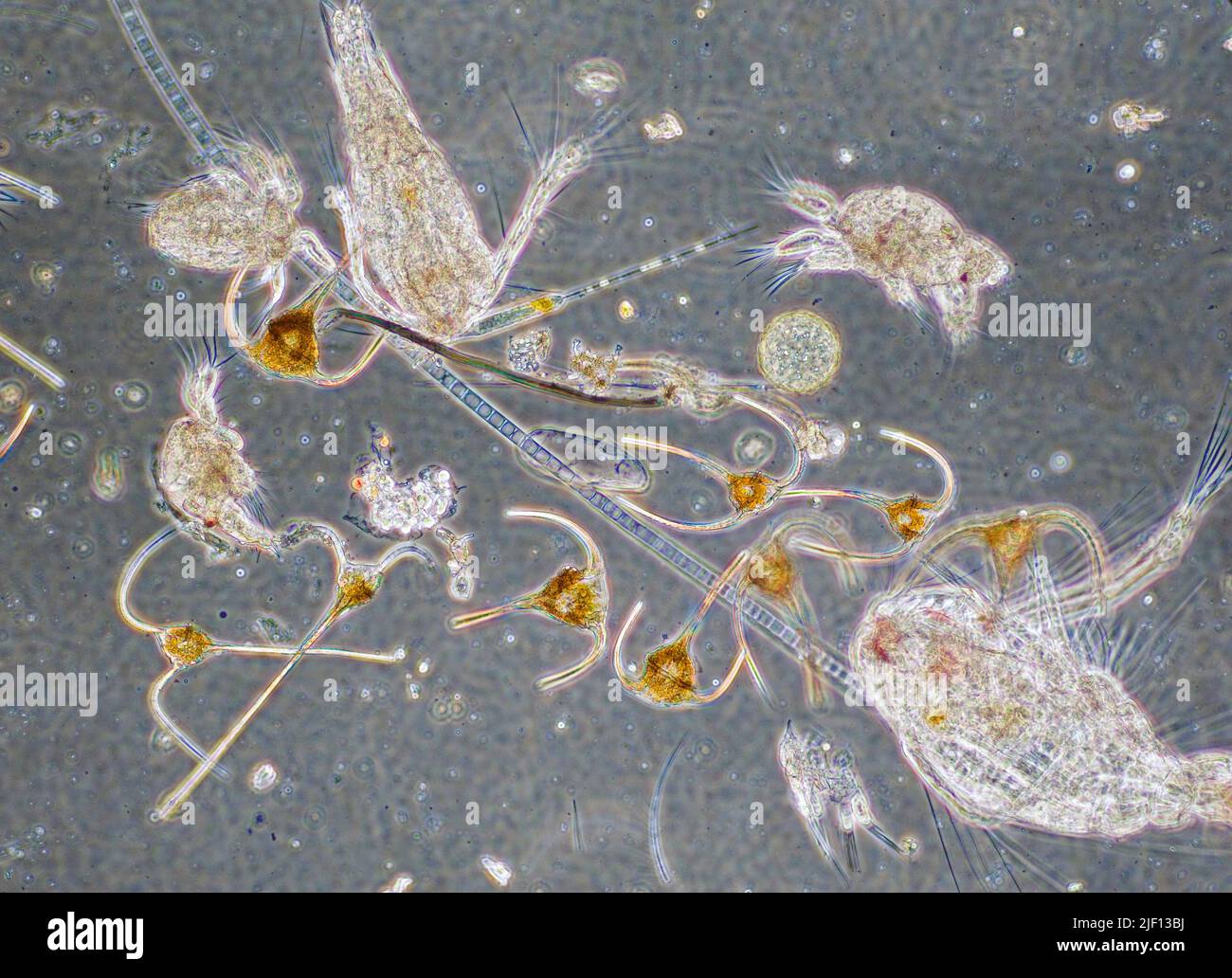 Diverse marine plancton sample from south-western Norway in August. Stock Photohttps://www.alamy.com/image-license-details/?v=1https://www.alamy.com/diverse-marine-plancton-sample-from-south-western-norway-in-august-image473924406.html
Diverse marine plancton sample from south-western Norway in August. Stock Photohttps://www.alamy.com/image-license-details/?v=1https://www.alamy.com/diverse-marine-plancton-sample-from-south-western-norway-in-august-image473924406.htmlRM2JF13BJ–Diverse marine plancton sample from south-western Norway in August.
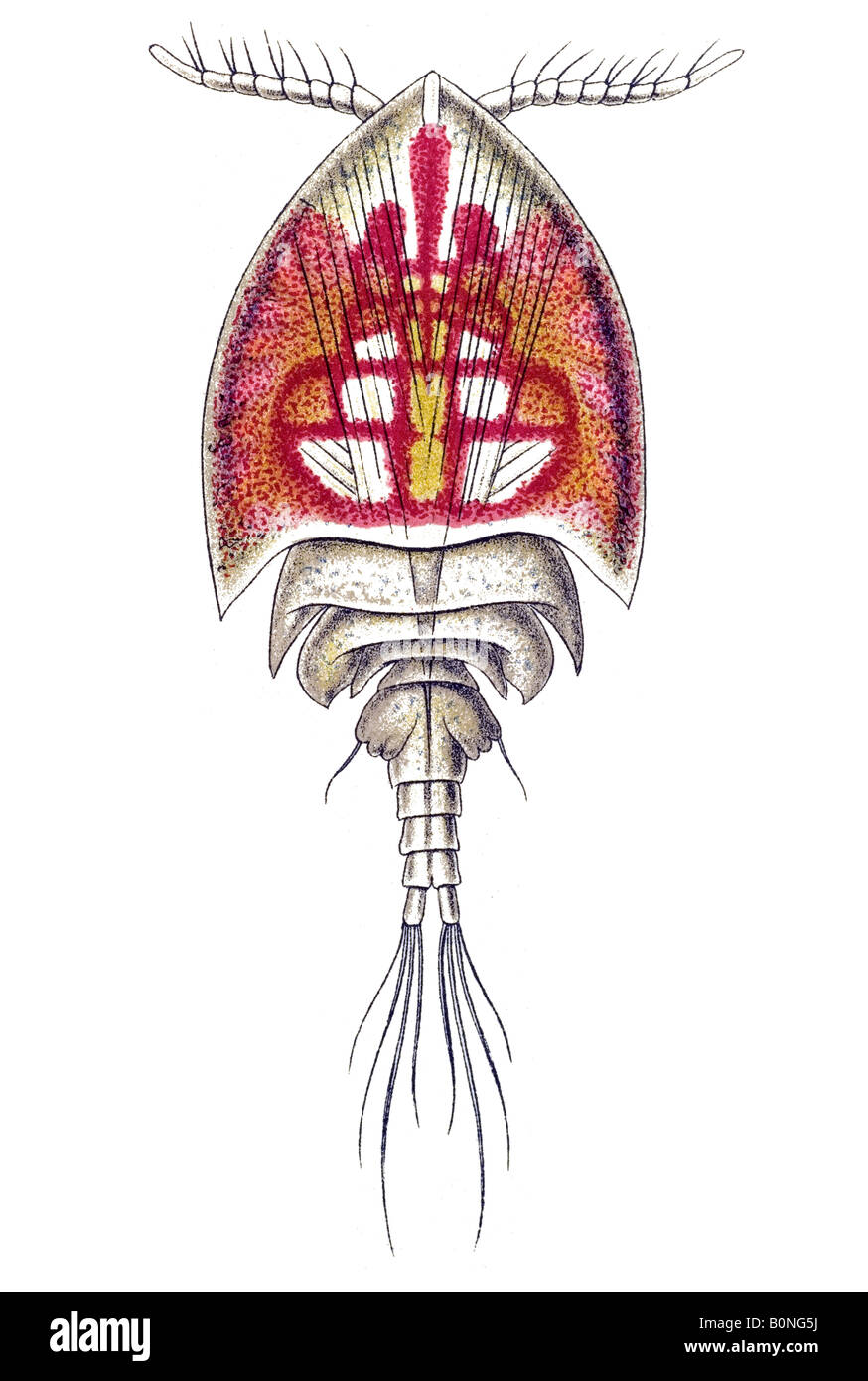 Copepoda Ruderkrebse Name Cryptopontius thorelli Haeckel Kunstformen der Natur art nouveau 20th century Europe Stock Photohttps://www.alamy.com/image-license-details/?v=1https://www.alamy.com/stock-photo-copepoda-ruderkrebse-name-cryptopontius-thorelli-haeckel-kunstformen-17684062.html
Copepoda Ruderkrebse Name Cryptopontius thorelli Haeckel Kunstformen der Natur art nouveau 20th century Europe Stock Photohttps://www.alamy.com/image-license-details/?v=1https://www.alamy.com/stock-photo-copepoda-ruderkrebse-name-cryptopontius-thorelli-haeckel-kunstformen-17684062.htmlRMB0NG5J–Copepoda Ruderkrebse Name Cryptopontius thorelli Haeckel Kunstformen der Natur art nouveau 20th century Europe
 North American Parasitic Copepods of the Caligidae family, with illustrations and descriptions of various species Stock Photohttps://www.alamy.com/image-license-details/?v=1https://www.alamy.com/stock-photo-north-american-parasitic-copepods-of-the-caligidae-family-with-illustrations-97278013.html
North American Parasitic Copepods of the Caligidae family, with illustrations and descriptions of various species Stock Photohttps://www.alamy.com/image-license-details/?v=1https://www.alamy.com/stock-photo-north-american-parasitic-copepods-of-the-caligidae-family-with-illustrations-97278013.htmlRMFJ7B2N–North American Parasitic Copepods of the Caligidae family, with illustrations and descriptions of various species
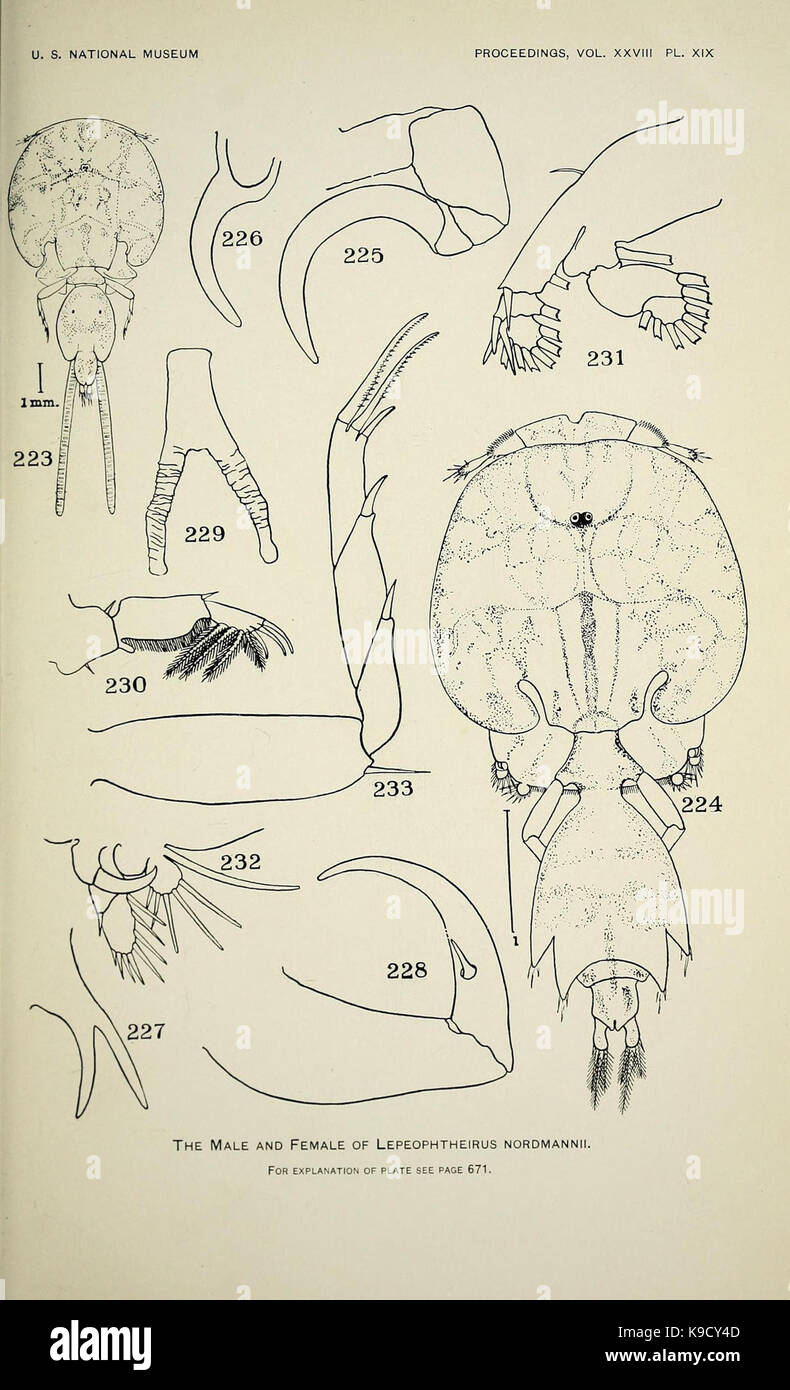 North American parasitic copepods belonging to the family Caligidae (Pl. XIX) (8252723864) Stock Photohttps://www.alamy.com/image-license-details/?v=1https://www.alamy.com/stock-image-north-american-parasitic-copepods-belonging-to-the-family-caligidae-160709933.html
North American parasitic copepods belonging to the family Caligidae (Pl. XIX) (8252723864) Stock Photohttps://www.alamy.com/image-license-details/?v=1https://www.alamy.com/stock-image-north-american-parasitic-copepods-belonging-to-the-family-caligidae-160709933.htmlRMK9CY4D–North American parasitic copepods belonging to the family Caligidae (Pl. XIX) (8252723864)
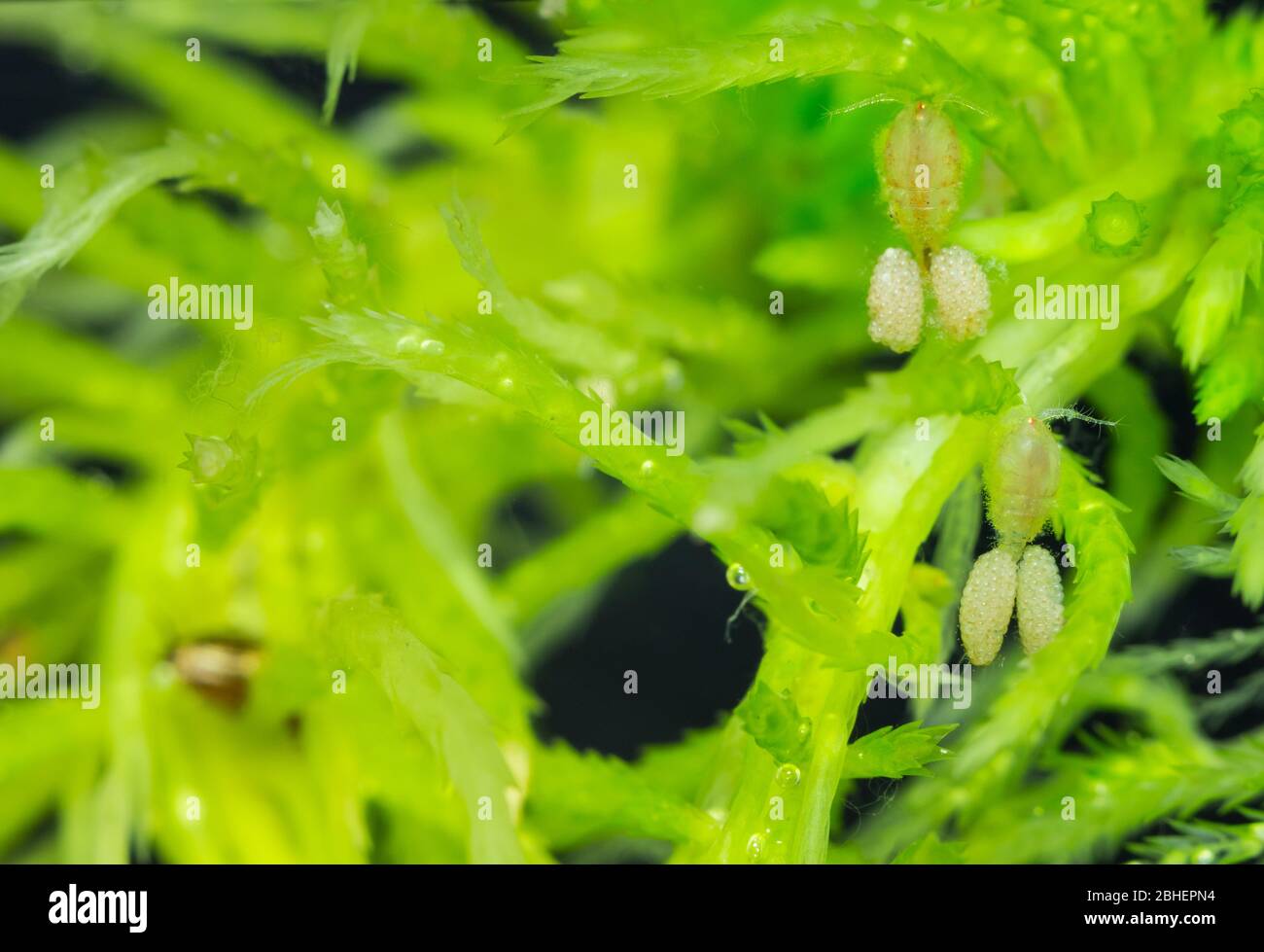 Freshwater copepod (Cyclops sp) Stock Photohttps://www.alamy.com/image-license-details/?v=1https://www.alamy.com/freshwater-copepod-cyclops-sp-image354981680.html
Freshwater copepod (Cyclops sp) Stock Photohttps://www.alamy.com/image-license-details/?v=1https://www.alamy.com/freshwater-copepod-cyclops-sp-image354981680.htmlRF2BHEPN4–Freshwater copepod (Cyclops sp)
 . The Danish Ingolf-expedition. Marine animals -- Arctic regions; Scientific expeditions; Arctic regions. 58 COPEPODA Introductory Remarks. The material which I have examined of this species has been very big, as it is one of the most abundant and widely distributed plancton-copepods of the northern seas; it was therefore quite necessary for me to try to solve the question, whether different or only a single species alike to Pseudocalamis miniitus exist; unfortunately the result of my investigations is not quite satisfactory. Sars has been the first, who has pointed out that different types ex Stock Photohttps://www.alamy.com/image-license-details/?v=1https://www.alamy.com/the-danish-ingolf-expedition-marine-animals-arctic-regions-scientific-expeditions-arctic-regions-58-copepoda-introductory-remarks-the-material-which-i-have-examined-of-this-species-has-been-very-big-as-it-is-one-of-the-most-abundant-and-widely-distributed-plancton-copepods-of-the-northern-seas-it-was-therefore-quite-necessary-for-me-to-try-to-solve-the-question-whether-different-or-only-a-single-species-alike-to-pseudocalamis-miniitus-exist-unfortunately-the-result-of-my-investigations-is-not-quite-satisfactory-sars-has-been-the-first-who-has-pointed-out-that-different-types-ex-image231817772.html
. The Danish Ingolf-expedition. Marine animals -- Arctic regions; Scientific expeditions; Arctic regions. 58 COPEPODA Introductory Remarks. The material which I have examined of this species has been very big, as it is one of the most abundant and widely distributed plancton-copepods of the northern seas; it was therefore quite necessary for me to try to solve the question, whether different or only a single species alike to Pseudocalamis miniitus exist; unfortunately the result of my investigations is not quite satisfactory. Sars has been the first, who has pointed out that different types ex Stock Photohttps://www.alamy.com/image-license-details/?v=1https://www.alamy.com/the-danish-ingolf-expedition-marine-animals-arctic-regions-scientific-expeditions-arctic-regions-58-copepoda-introductory-remarks-the-material-which-i-have-examined-of-this-species-has-been-very-big-as-it-is-one-of-the-most-abundant-and-widely-distributed-plancton-copepods-of-the-northern-seas-it-was-therefore-quite-necessary-for-me-to-try-to-solve-the-question-whether-different-or-only-a-single-species-alike-to-pseudocalamis-miniitus-exist-unfortunately-the-result-of-my-investigations-is-not-quite-satisfactory-sars-has-been-the-first-who-has-pointed-out-that-different-types-ex-image231817772.htmlRMRD45X4–. The Danish Ingolf-expedition. Marine animals -- Arctic regions; Scientific expeditions; Arctic regions. 58 COPEPODA Introductory Remarks. The material which I have examined of this species has been very big, as it is one of the most abundant and widely distributed plancton-copepods of the northern seas; it was therefore quite necessary for me to try to solve the question, whether different or only a single species alike to Pseudocalamis miniitus exist; unfortunately the result of my investigations is not quite satisfactory. Sars has been the first, who has pointed out that different types ex
 North American parasitic copepods belonging to the family Caligidae 1905 North America Copepoda Caligidae, This illustration showcases detailed scientific drawings of two species: *Lepehnotherius insomniatus* and *Lepehnotherius chilensis*. The artwork features various anatomical aspects, including the head, antennae, and body structures, numbered for reference. Each specimen is depicted with precision, highlighting specific morphological traits such as limb structure and sensory organs, which are essential for understanding their taxonomy and biology. The annotations provide a clear reference Stock Photohttps://www.alamy.com/image-license-details/?v=1https://www.alamy.com/north-american-parasitic-copepods-belonging-to-the-family-caligidae-1905-north-america-copepoda-caligidae-this-illustration-showcases-detailed-scientific-drawings-of-two-species-lepehnotherius-insomniatus-and-lepehnotherius-chilensis-the-artwork-features-various-anatomical-aspects-including-the-head-antennae-and-body-structures-numbered-for-reference-each-specimen-is-depicted-with-precision-highlighting-specific-morphological-traits-such-as-limb-structure-and-sensory-organs-which-are-essential-for-understanding-their-taxonomy-and-biology-the-annotations-provide-a-clear-reference-image636112368.html
North American parasitic copepods belonging to the family Caligidae 1905 North America Copepoda Caligidae, This illustration showcases detailed scientific drawings of two species: *Lepehnotherius insomniatus* and *Lepehnotherius chilensis*. The artwork features various anatomical aspects, including the head, antennae, and body structures, numbered for reference. Each specimen is depicted with precision, highlighting specific morphological traits such as limb structure and sensory organs, which are essential for understanding their taxonomy and biology. The annotations provide a clear reference Stock Photohttps://www.alamy.com/image-license-details/?v=1https://www.alamy.com/north-american-parasitic-copepods-belonging-to-the-family-caligidae-1905-north-america-copepoda-caligidae-this-illustration-showcases-detailed-scientific-drawings-of-two-species-lepehnotherius-insomniatus-and-lepehnotherius-chilensis-the-artwork-features-various-anatomical-aspects-including-the-head-antennae-and-body-structures-numbered-for-reference-each-specimen-is-depicted-with-precision-highlighting-specific-morphological-traits-such-as-limb-structure-and-sensory-organs-which-are-essential-for-understanding-their-taxonomy-and-biology-the-annotations-provide-a-clear-reference-image636112368.htmlRM2YXWBPT–North American parasitic copepods belonging to the family Caligidae 1905 North America Copepoda Caligidae, This illustration showcases detailed scientific drawings of two species: *Lepehnotherius insomniatus* and *Lepehnotherius chilensis*. The artwork features various anatomical aspects, including the head, antennae, and body structures, numbered for reference. Each specimen is depicted with precision, highlighting specific morphological traits such as limb structure and sensory organs, which are essential for understanding their taxonomy and biology. The annotations provide a clear reference
 copepods (Copepoda), Nauplius larva of copepod in dark field mikroskopy Stock Photohttps://www.alamy.com/image-license-details/?v=1https://www.alamy.com/copepods-copepoda-nauplius-larva-of-copepod-in-dark-field-mikroskopy-image8114932.html
copepods (Copepoda), Nauplius larva of copepod in dark field mikroskopy Stock Photohttps://www.alamy.com/image-license-details/?v=1https://www.alamy.com/copepods-copepoda-nauplius-larva-of-copepod-in-dark-field-mikroskopy-image8114932.htmlRMAGG3Y5–copepods (Copepoda), Nauplius larva of copepod in dark field mikroskopy
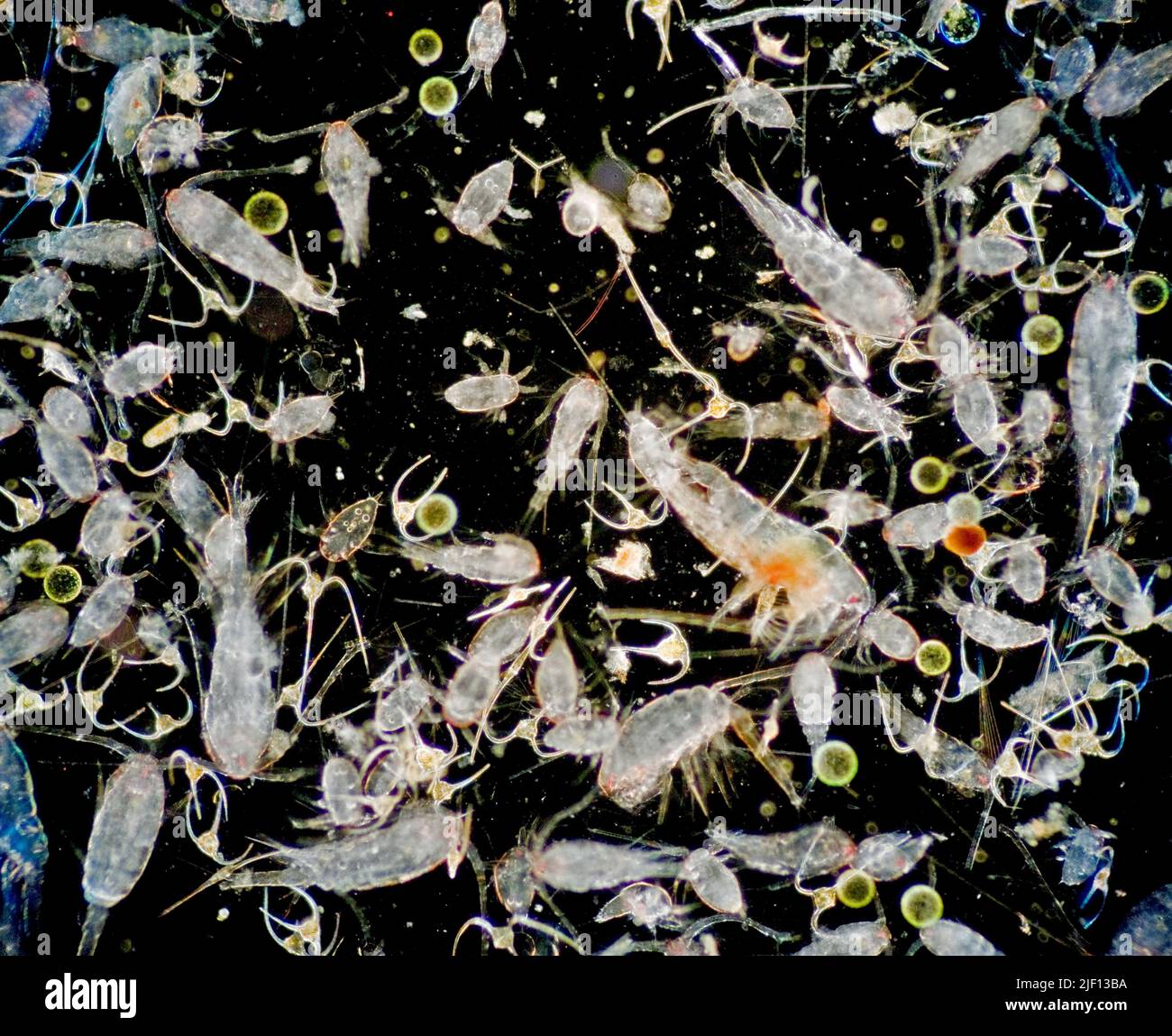 Diverse marine plancton sample from south-western Norway in August. Stock Photohttps://www.alamy.com/image-license-details/?v=1https://www.alamy.com/diverse-marine-plancton-sample-from-south-western-norway-in-august-image473924398.html
Diverse marine plancton sample from south-western Norway in August. Stock Photohttps://www.alamy.com/image-license-details/?v=1https://www.alamy.com/diverse-marine-plancton-sample-from-south-western-norway-in-august-image473924398.htmlRM2JF13BA–Diverse marine plancton sample from south-western Norway in August.
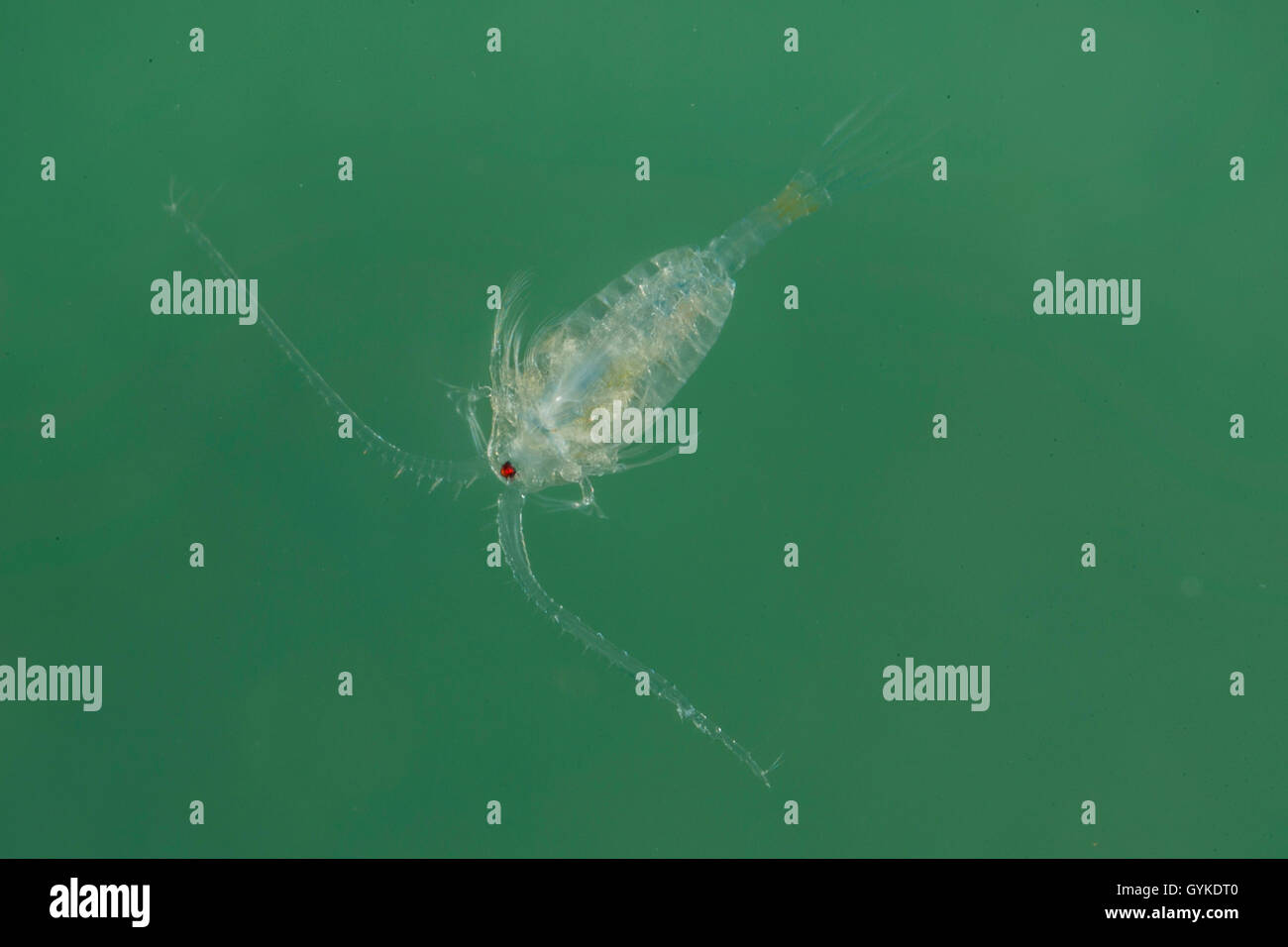 copepods (Copepoda), swimming Stock Photohttps://www.alamy.com/image-license-details/?v=1https://www.alamy.com/stock-photo-copepods-copepoda-swimming-120285872.html
copepods (Copepoda), swimming Stock Photohttps://www.alamy.com/image-license-details/?v=1https://www.alamy.com/stock-photo-copepods-copepoda-swimming-120285872.htmlRMGYKDT0–copepods (Copepoda), swimming
 Copepoda Ruderkrebse Name Sapphirina Darwinii Haeckel Kunstformen der Natur art nouveau 20th century Europe Stock Photohttps://www.alamy.com/image-license-details/?v=1https://www.alamy.com/stock-photo-copepoda-ruderkrebse-name-sapphirina-darwinii-haeckel-kunstformen-17689892.html
Copepoda Ruderkrebse Name Sapphirina Darwinii Haeckel Kunstformen der Natur art nouveau 20th century Europe Stock Photohttps://www.alamy.com/image-license-details/?v=1https://www.alamy.com/stock-photo-copepoda-ruderkrebse-name-sapphirina-darwinii-haeckel-kunstformen-17689892.htmlRMB0NRHT–Copepoda Ruderkrebse Name Sapphirina Darwinii Haeckel Kunstformen der Natur art nouveau 20th century Europe
 copepods (Copepoda), with eggs, Germany, Bavaria Stock Photohttps://www.alamy.com/image-license-details/?v=1https://www.alamy.com/copepods-copepoda-with-eggs-germany-bavaria-image501919416.html
copepods (Copepoda), with eggs, Germany, Bavaria Stock Photohttps://www.alamy.com/image-license-details/?v=1https://www.alamy.com/copepods-copepoda-with-eggs-germany-bavaria-image501919416.htmlRM2M4GB9C–copepods (Copepoda), with eggs, Germany, Bavaria
 copepods (Copepoda), zooplankton Stock Photohttps://www.alamy.com/image-license-details/?v=1https://www.alamy.com/copepods-copepoda-zooplankton-image546761072.html
copepods (Copepoda), zooplankton Stock Photohttps://www.alamy.com/image-license-details/?v=1https://www.alamy.com/copepods-copepoda-zooplankton-image546761072.htmlRM2PNF394–copepods (Copepoda), zooplankton
 An illustrated study of parasitic copepods from North America, focusing on species from the Caligidae family Stock Photohttps://www.alamy.com/image-license-details/?v=1https://www.alamy.com/stock-photo-an-illustrated-study-of-parasitic-copepods-from-north-america-focusing-97278011.html
An illustrated study of parasitic copepods from North America, focusing on species from the Caligidae family Stock Photohttps://www.alamy.com/image-license-details/?v=1https://www.alamy.com/stock-photo-an-illustrated-study-of-parasitic-copepods-from-north-america-focusing-97278011.htmlRMFJ7B2K–An illustrated study of parasitic copepods from North America, focusing on species from the Caligidae family